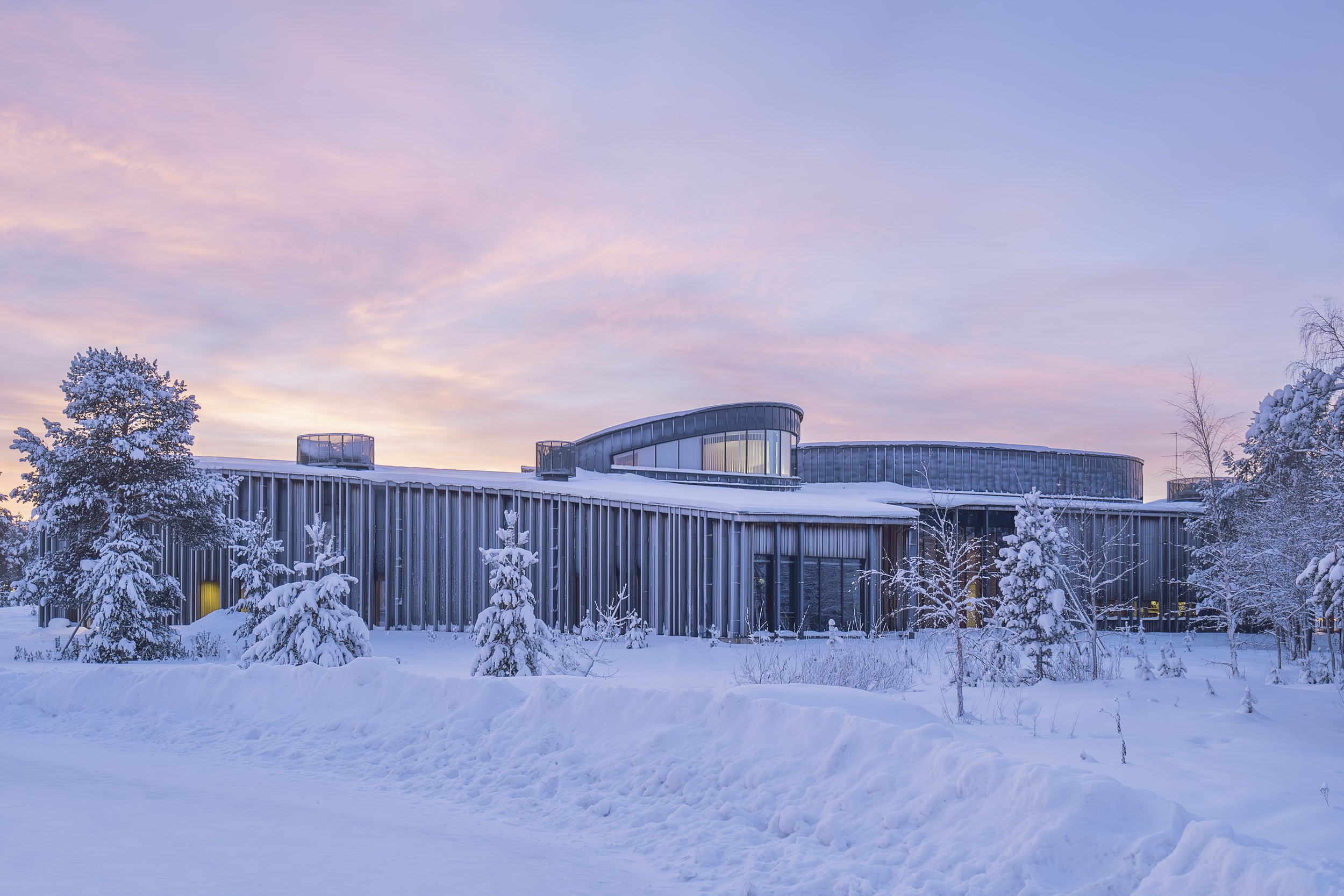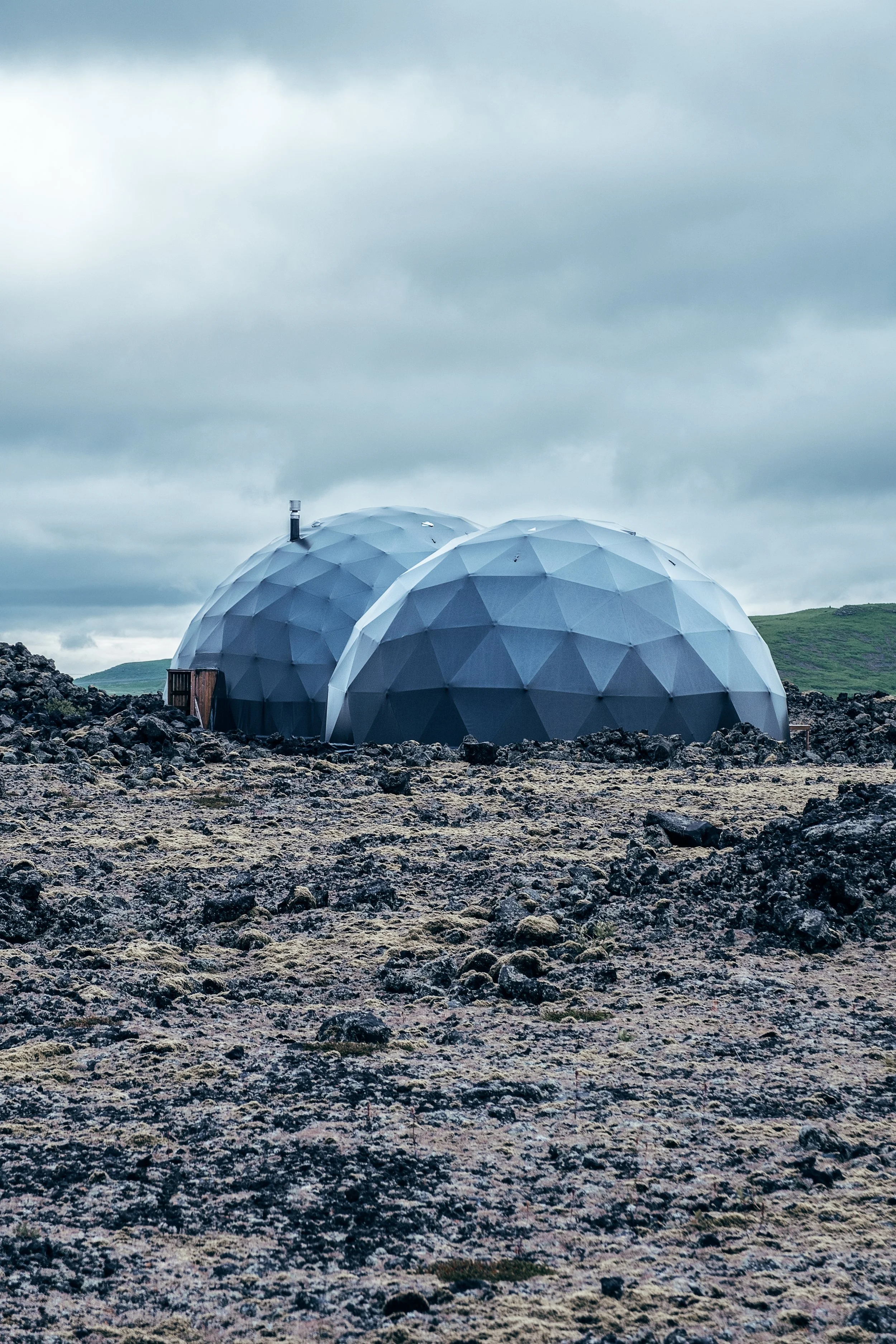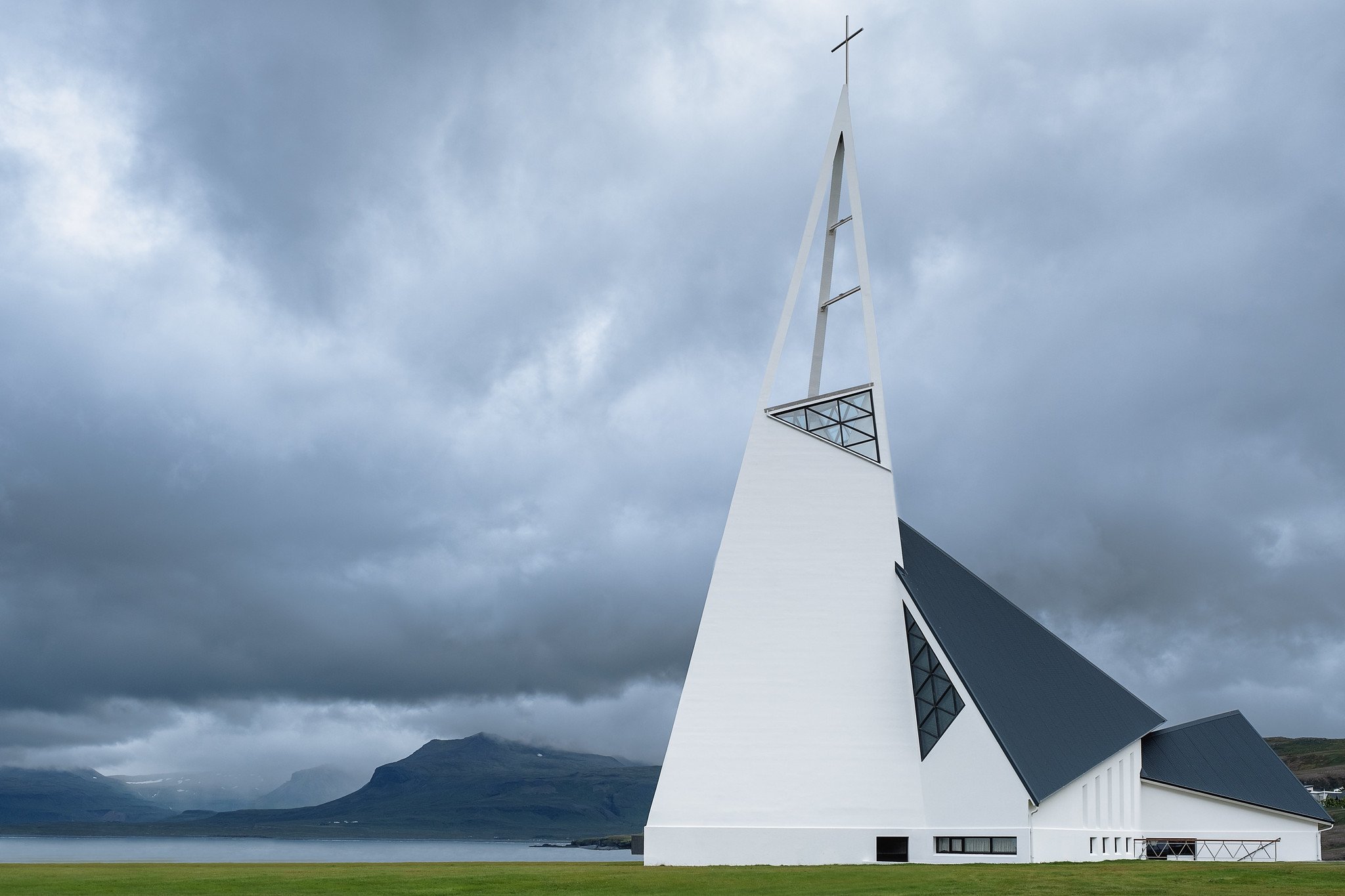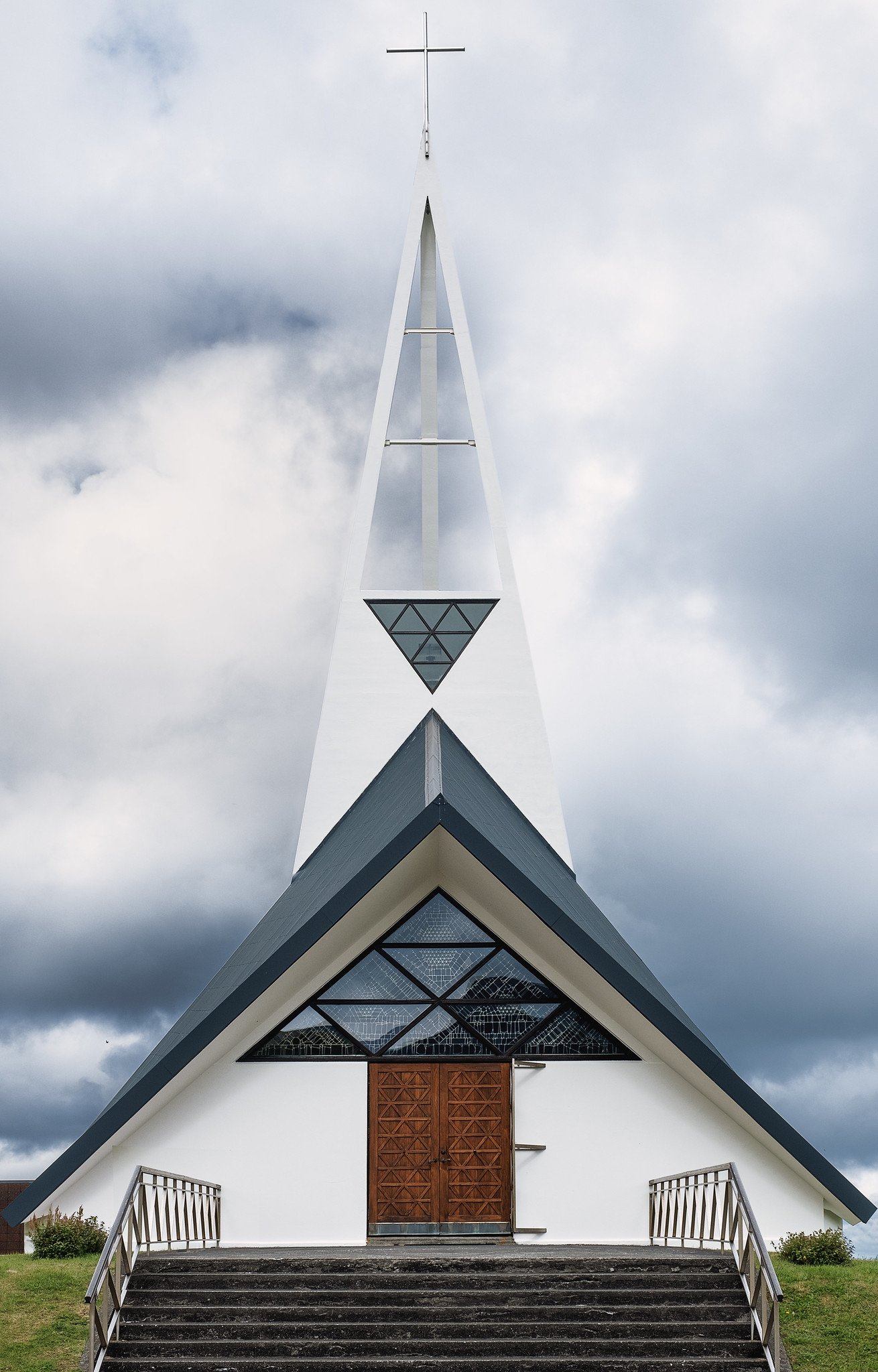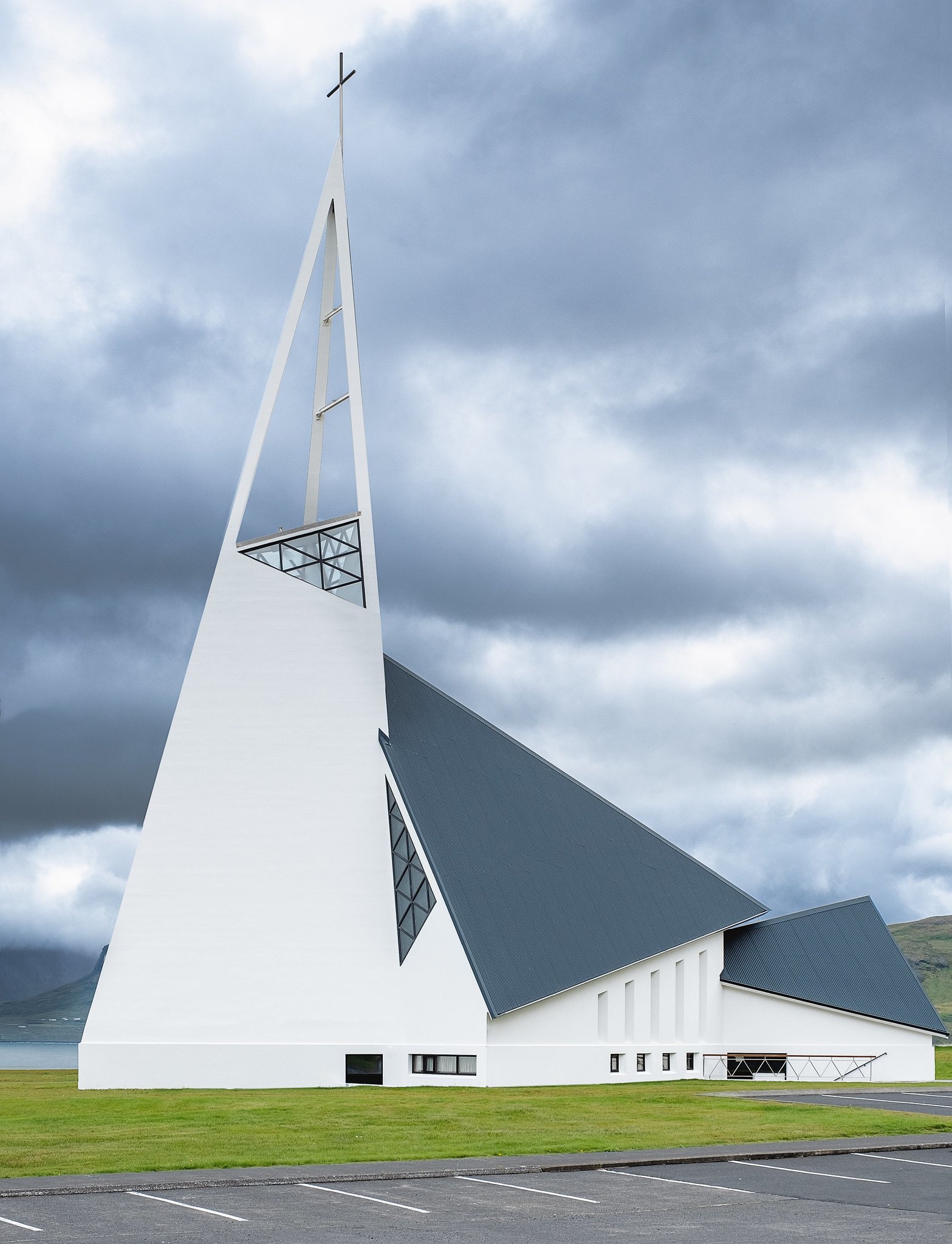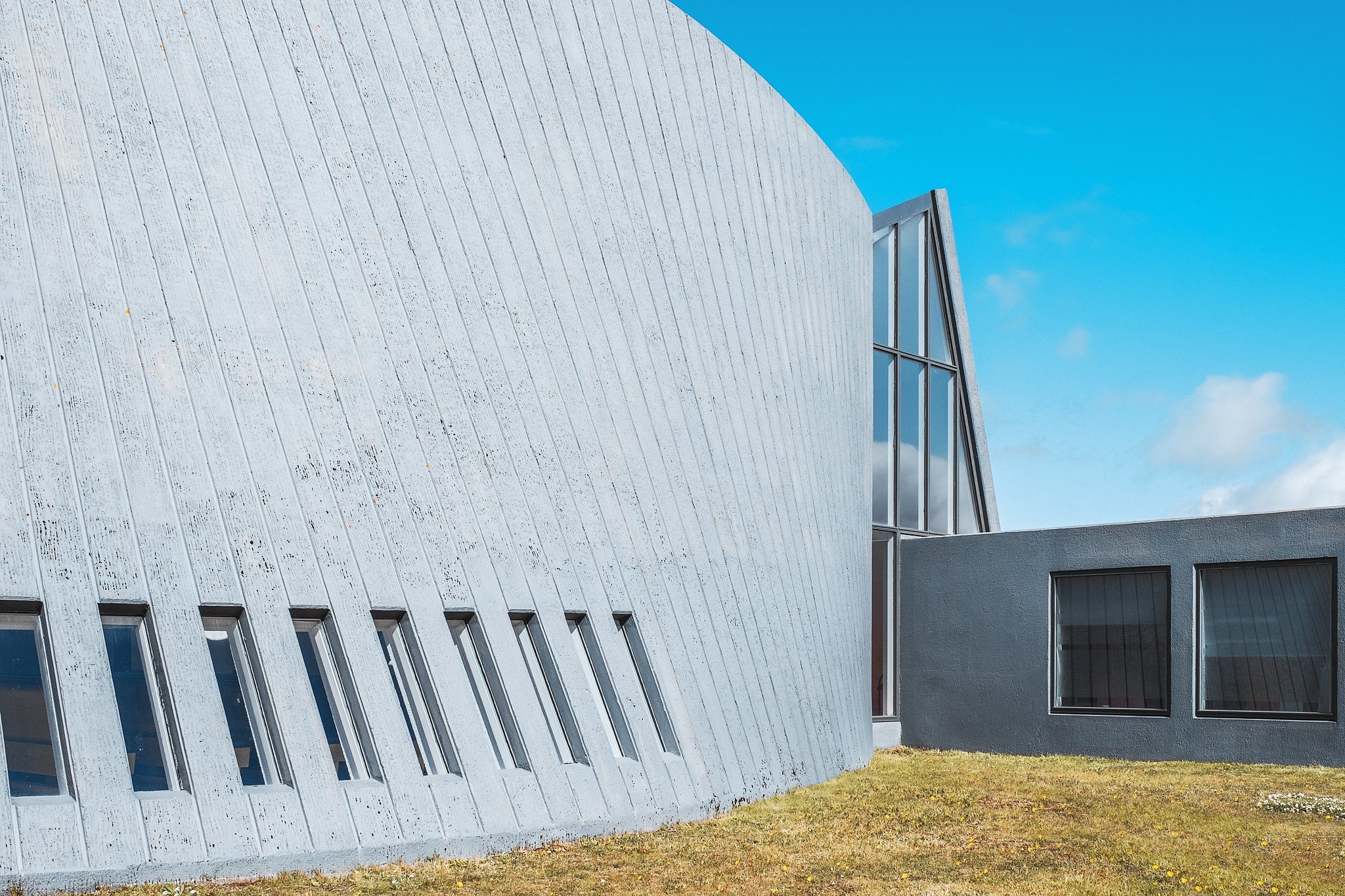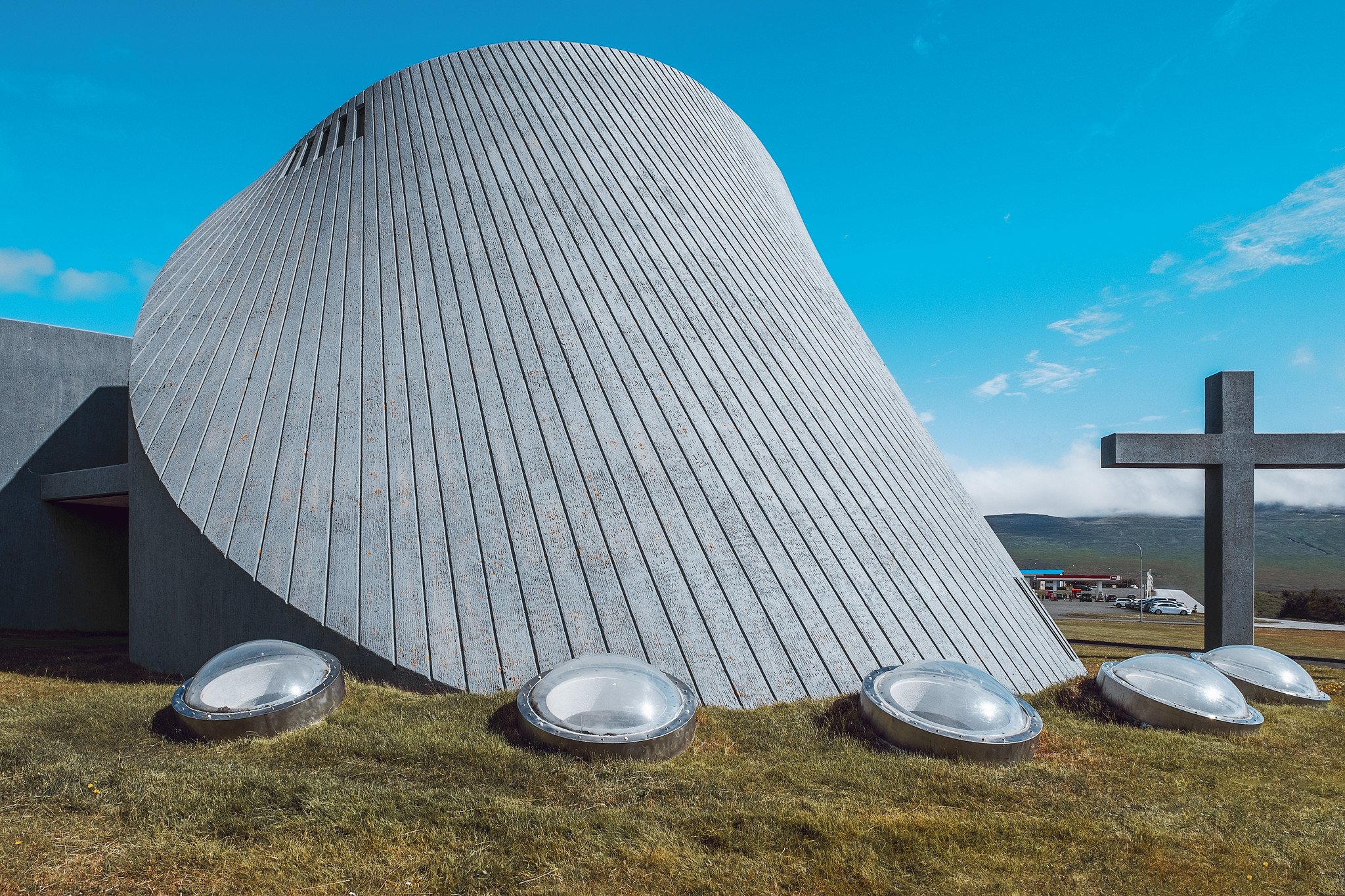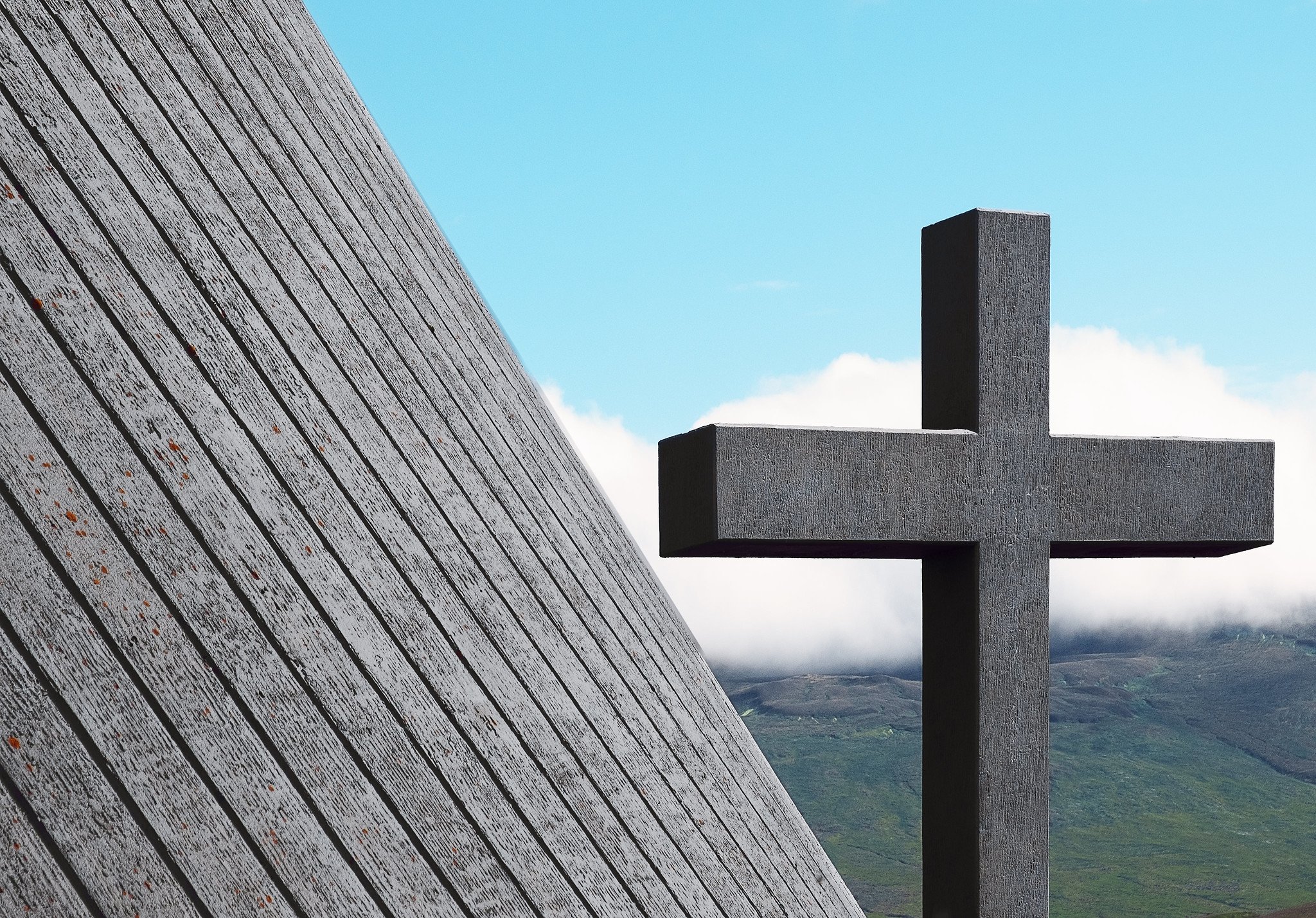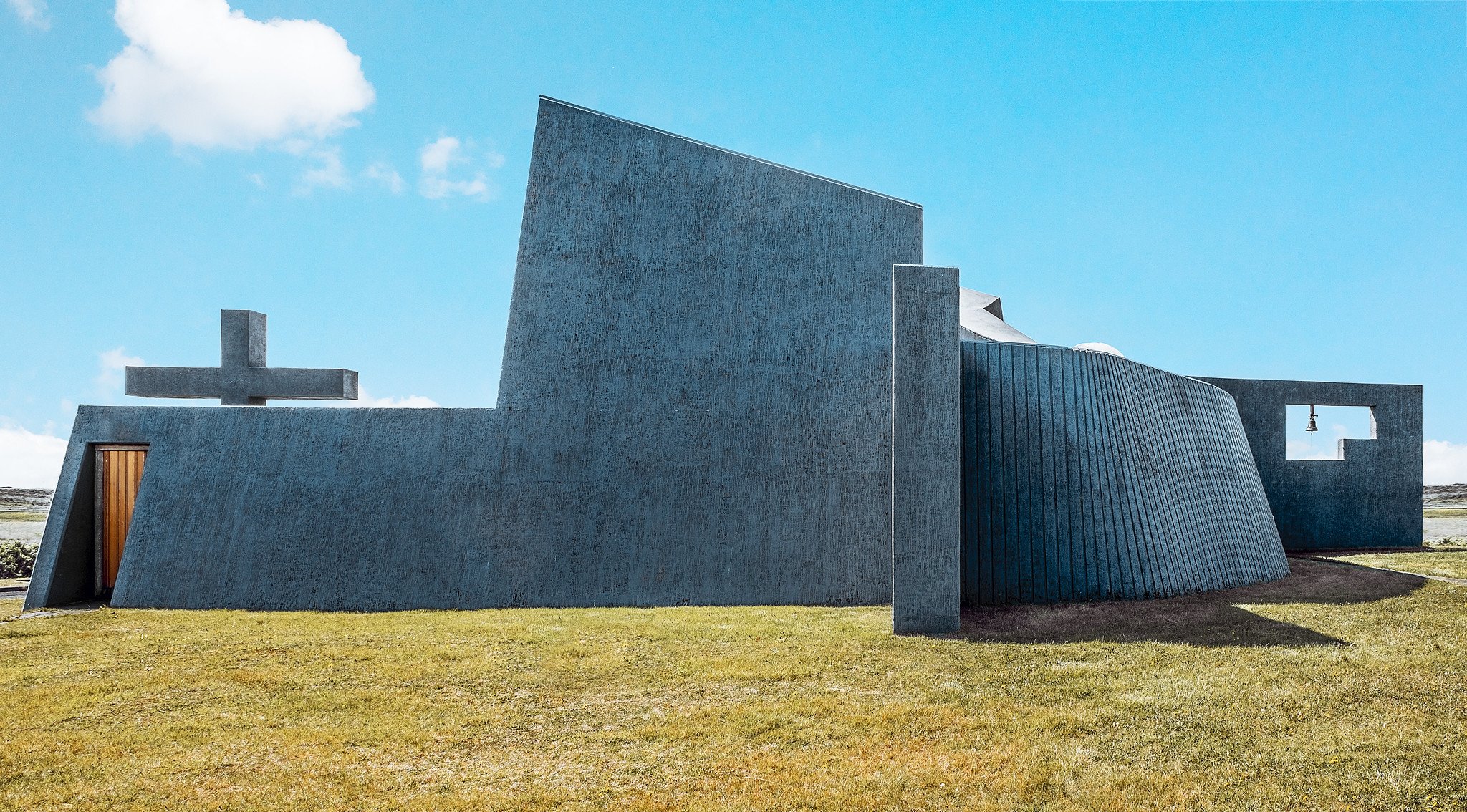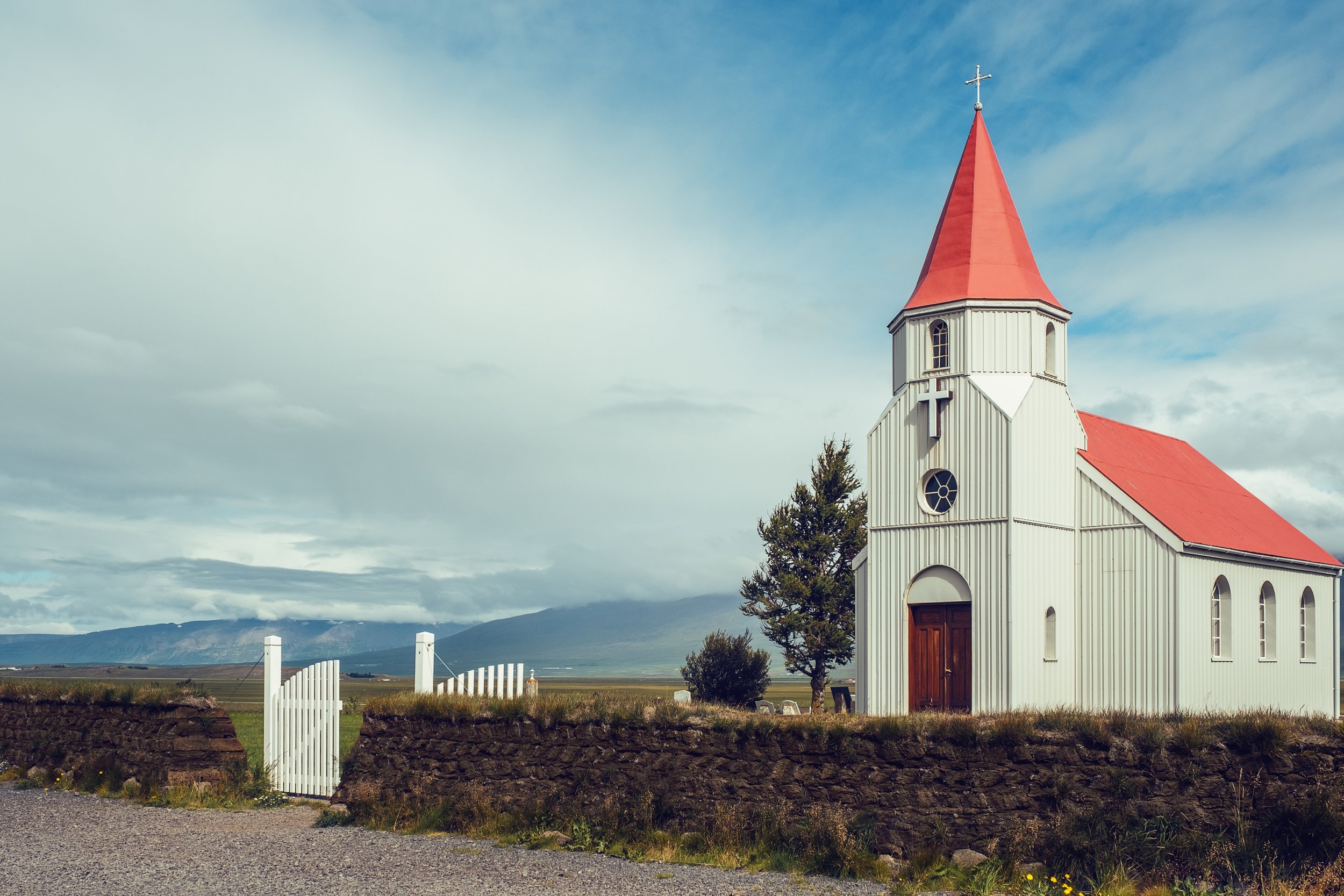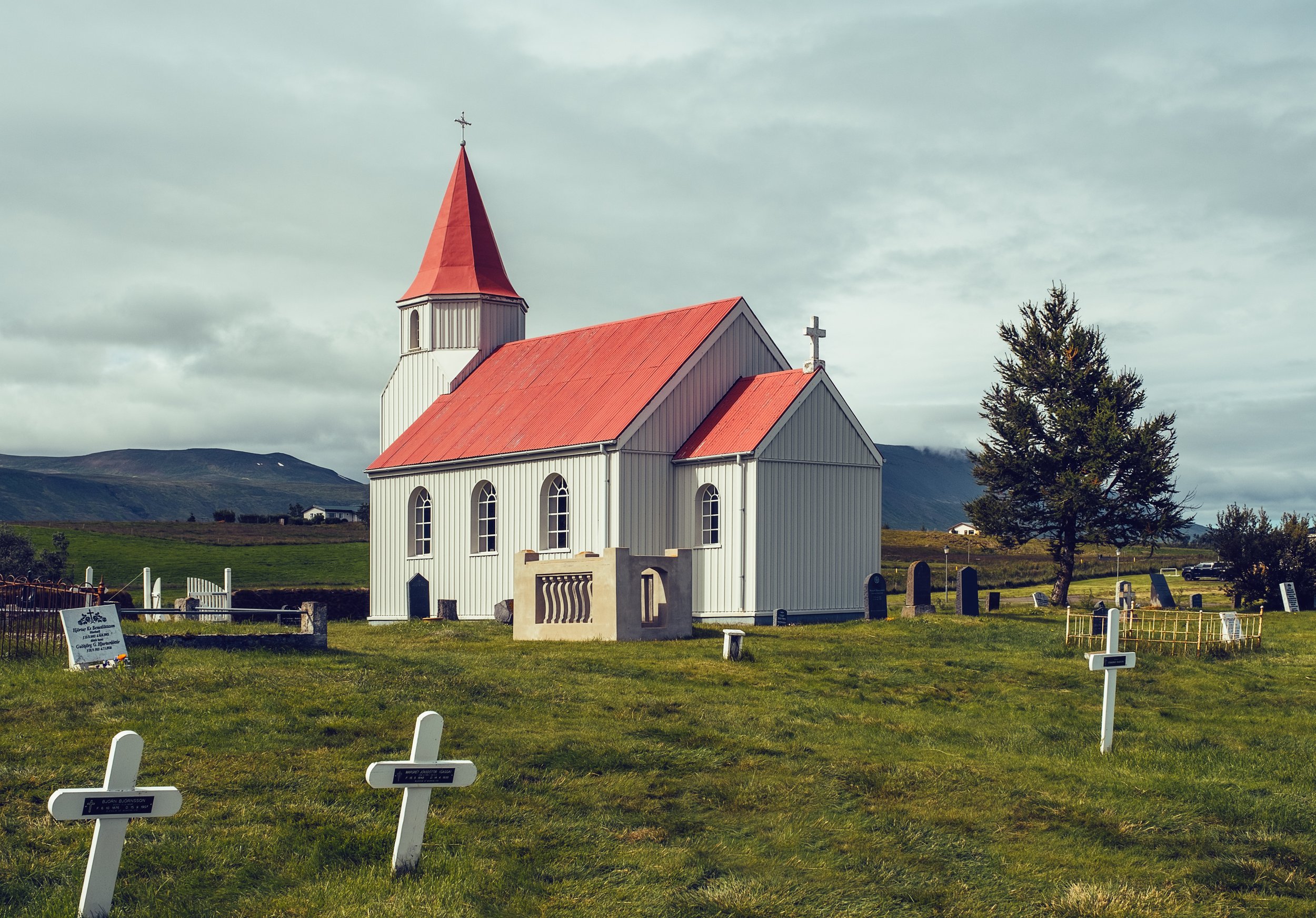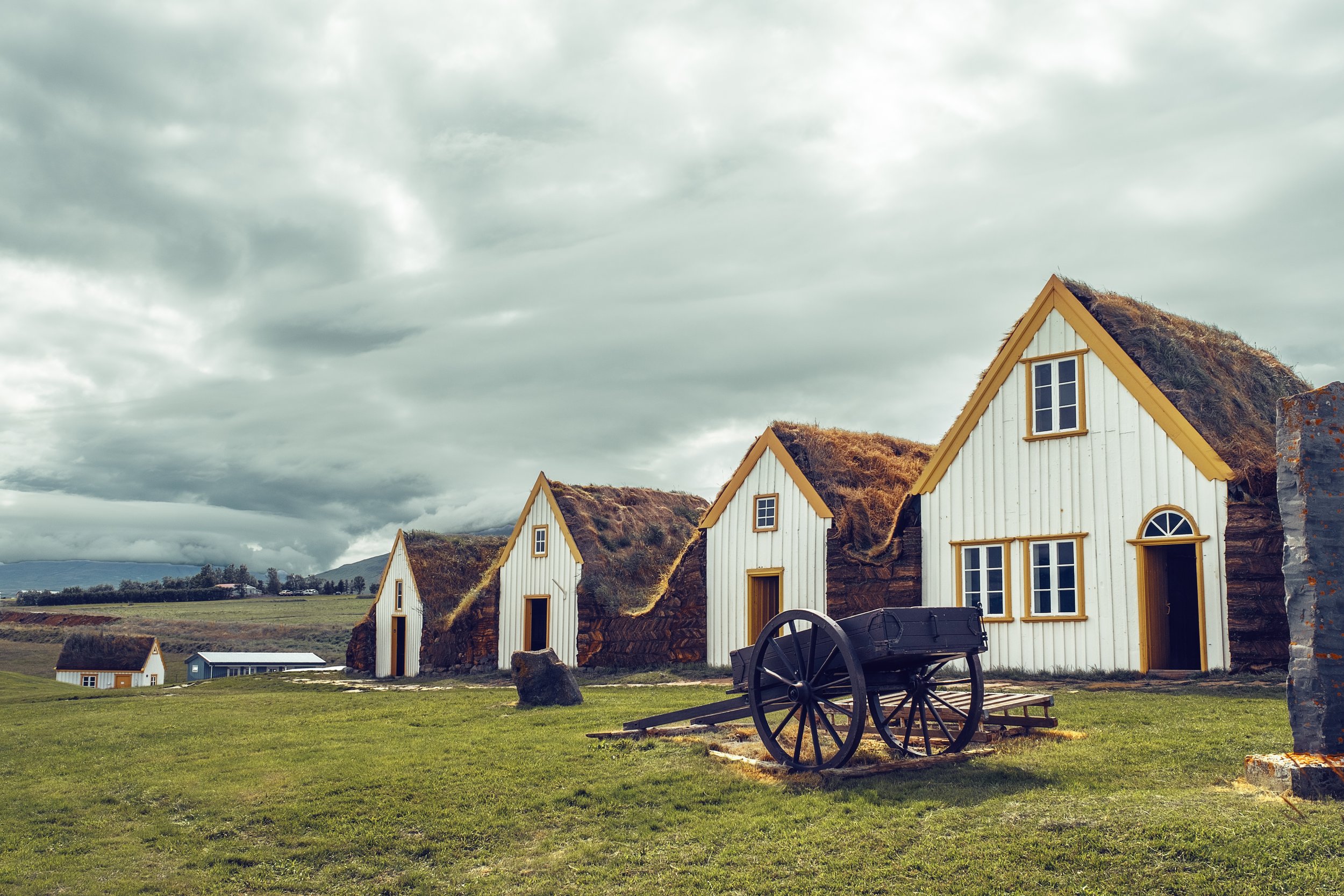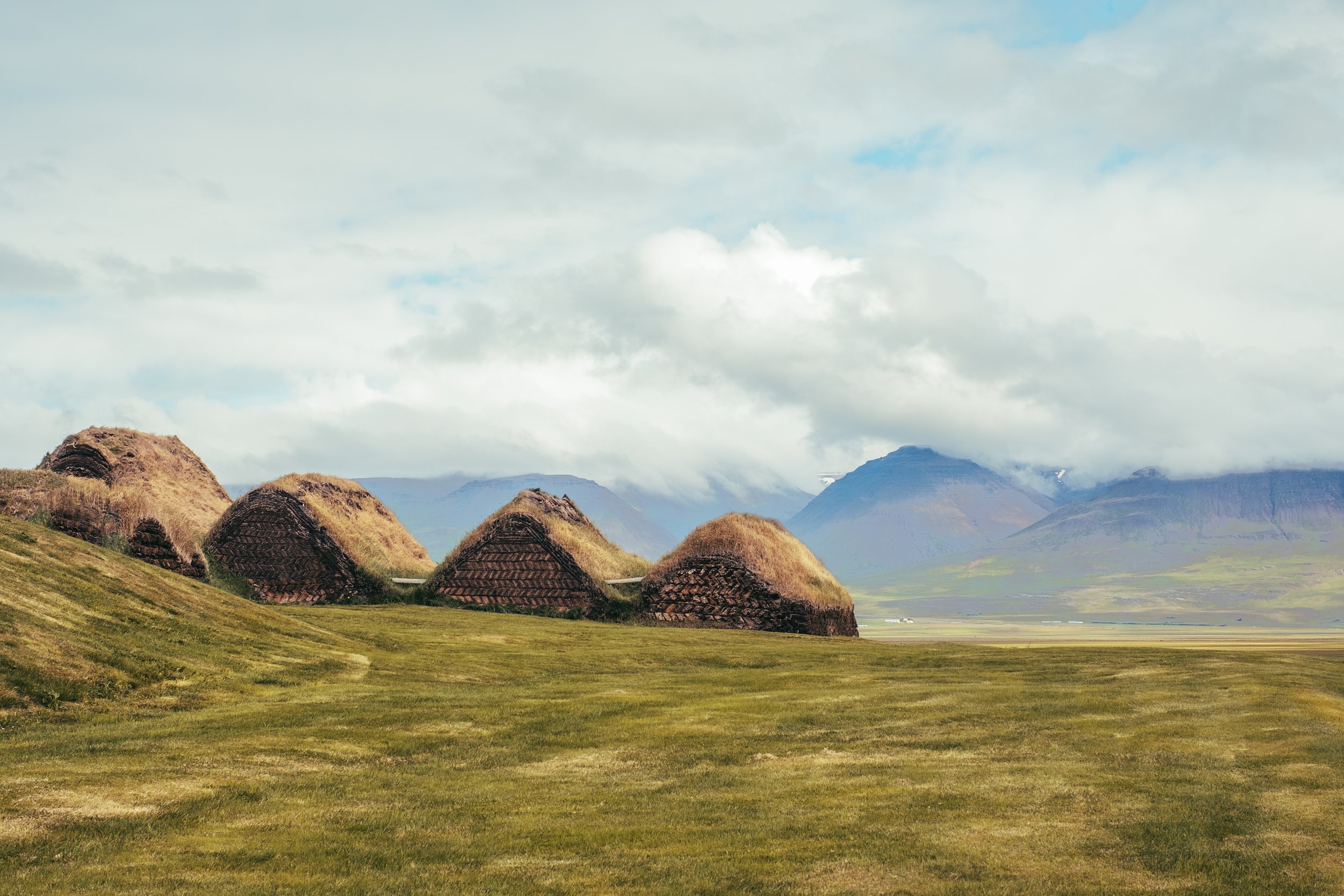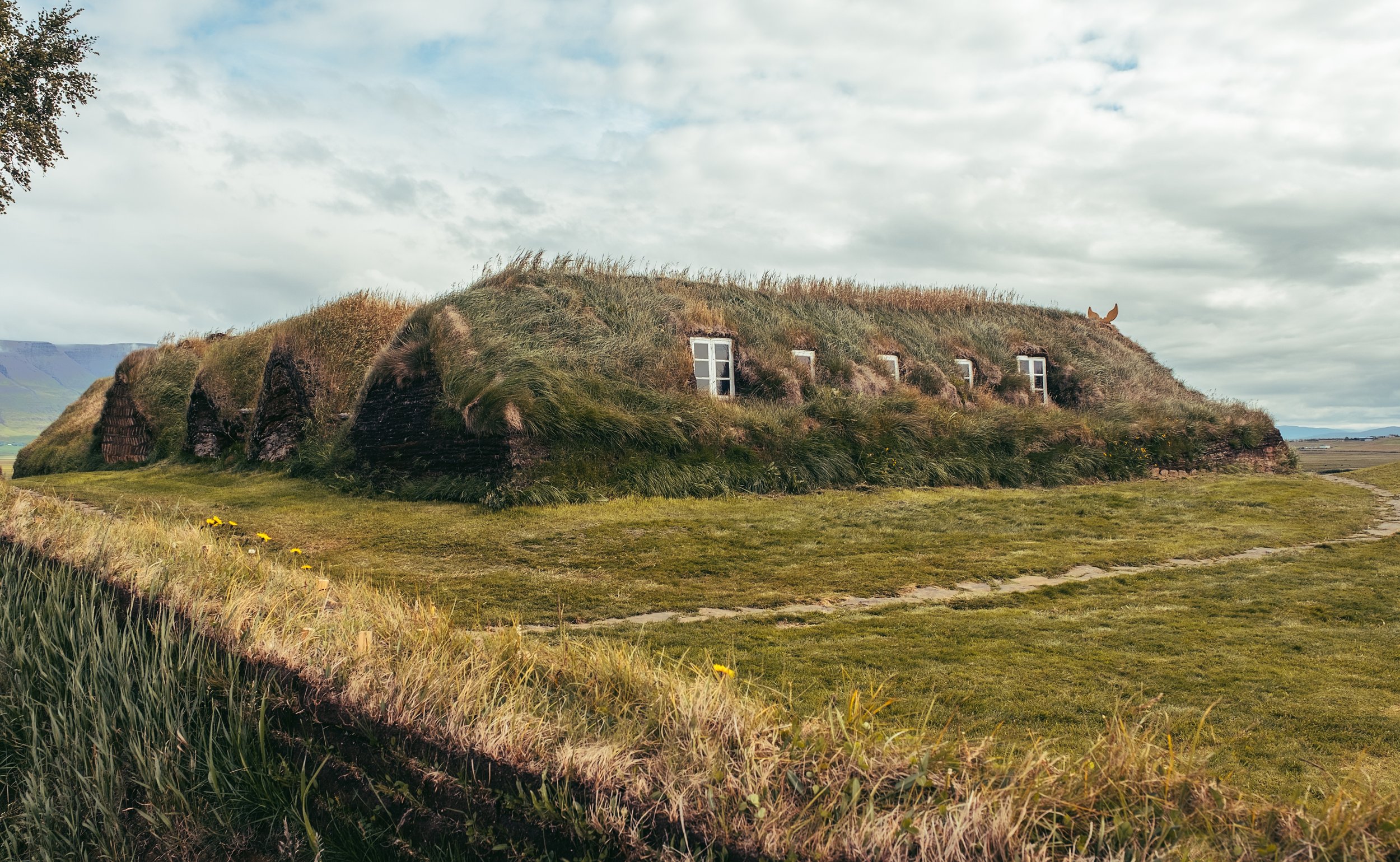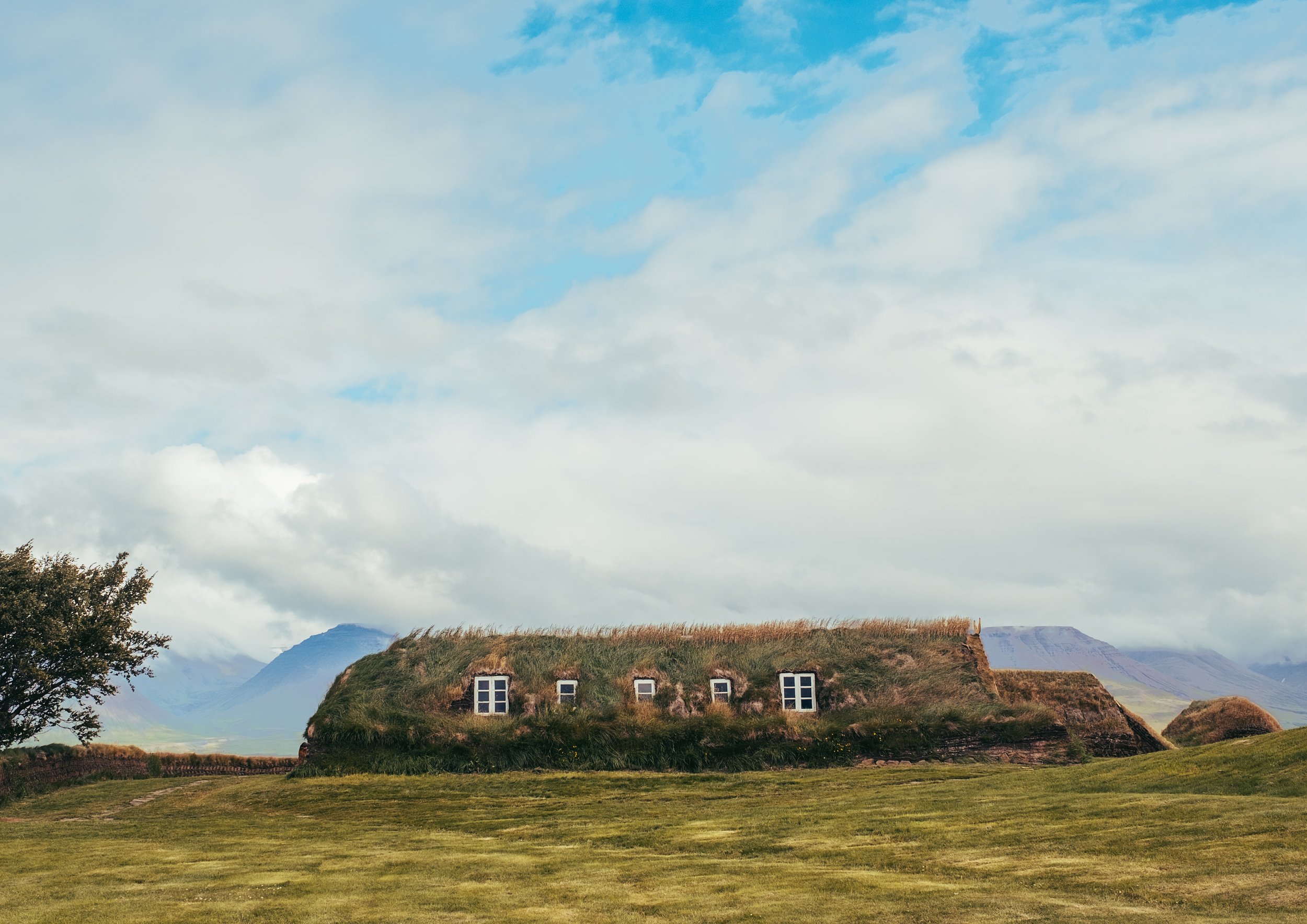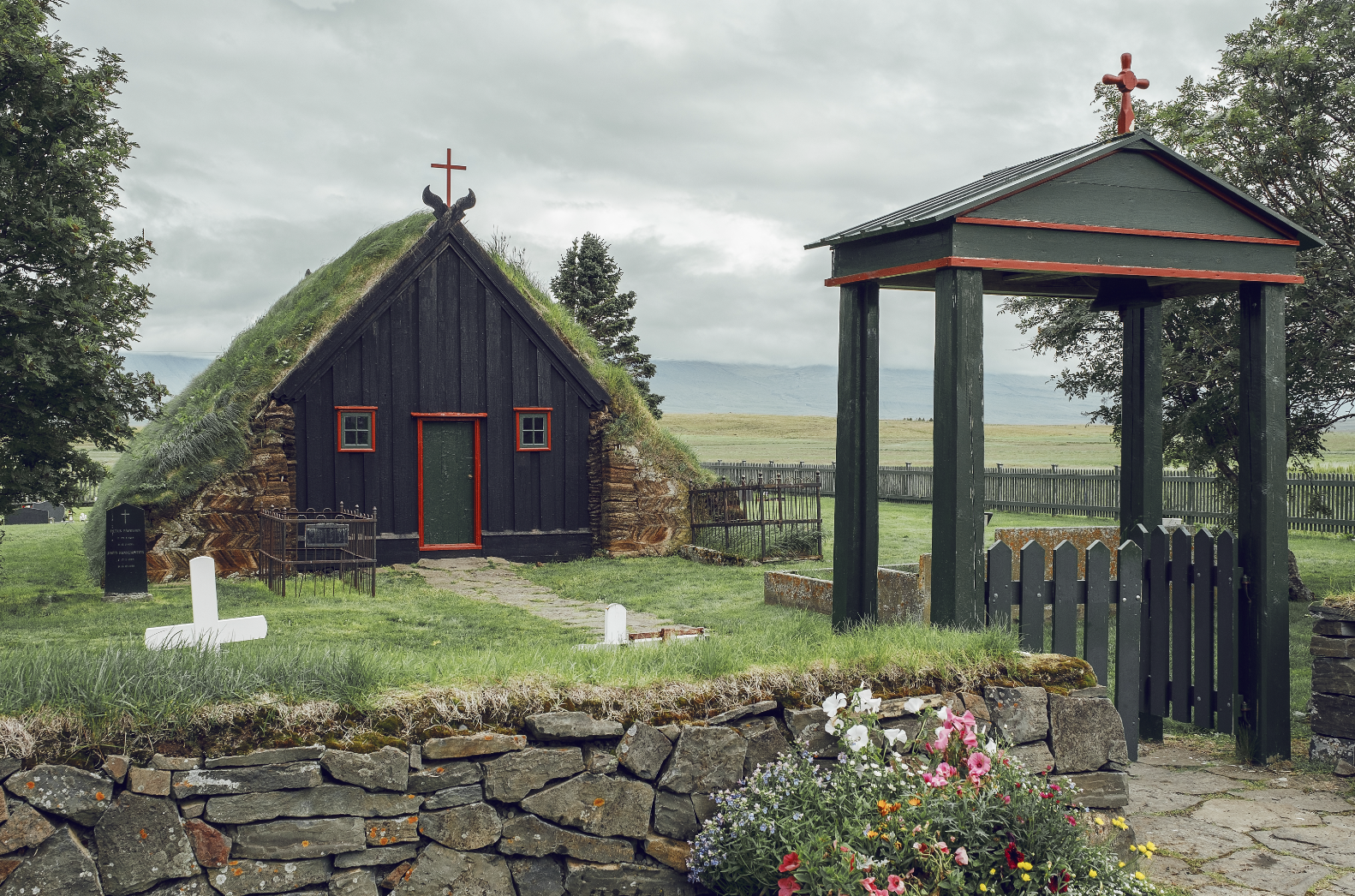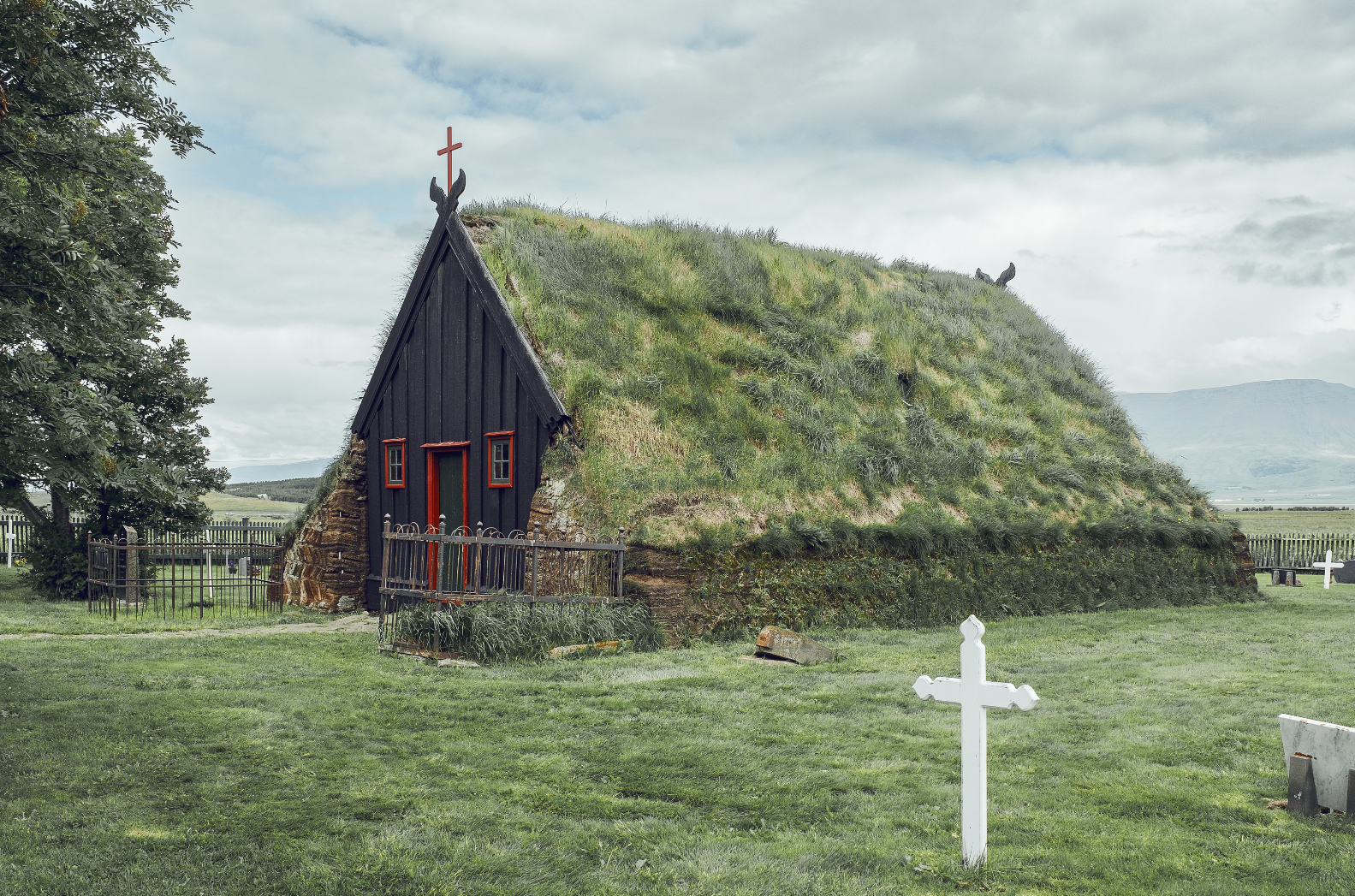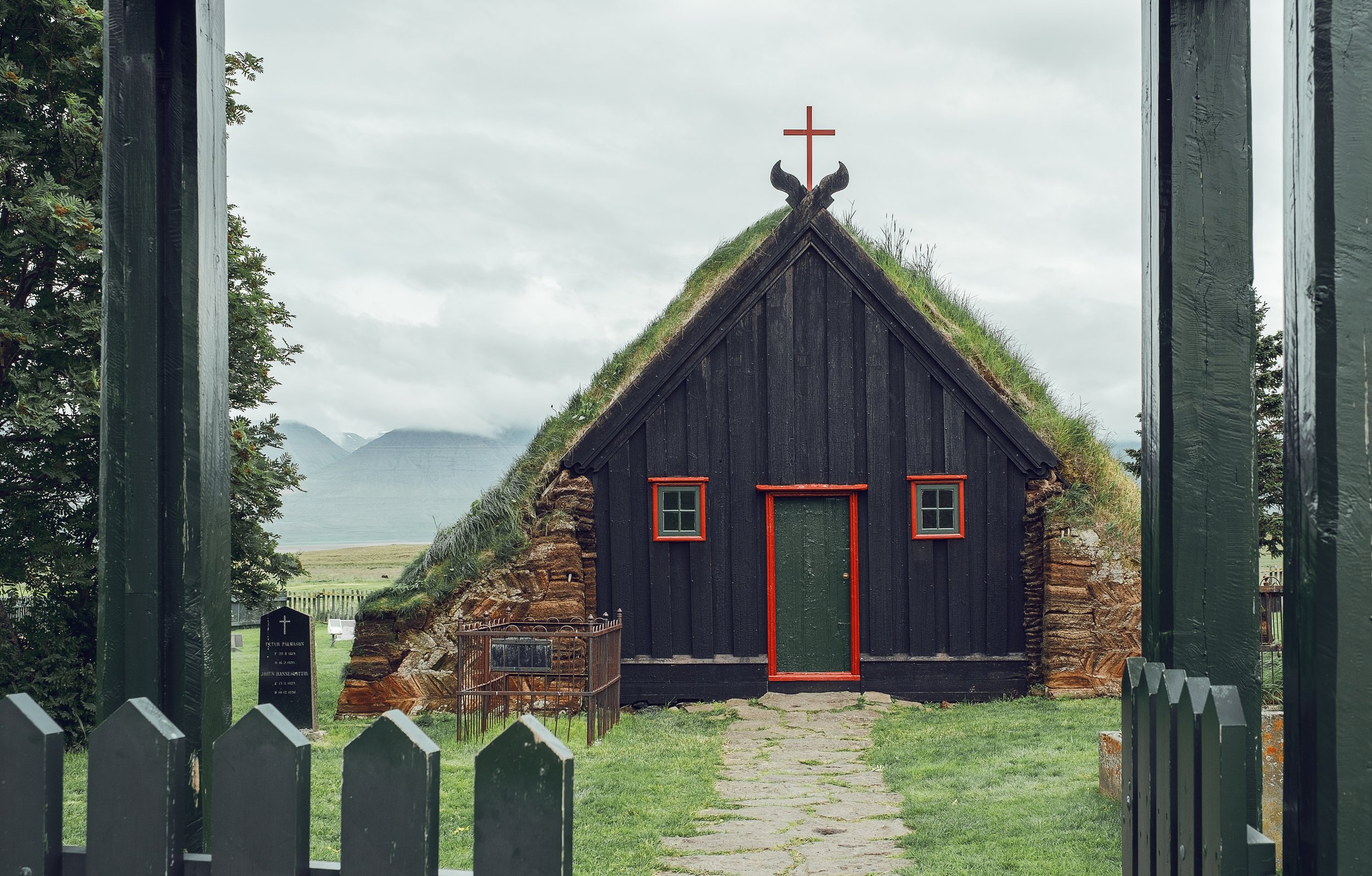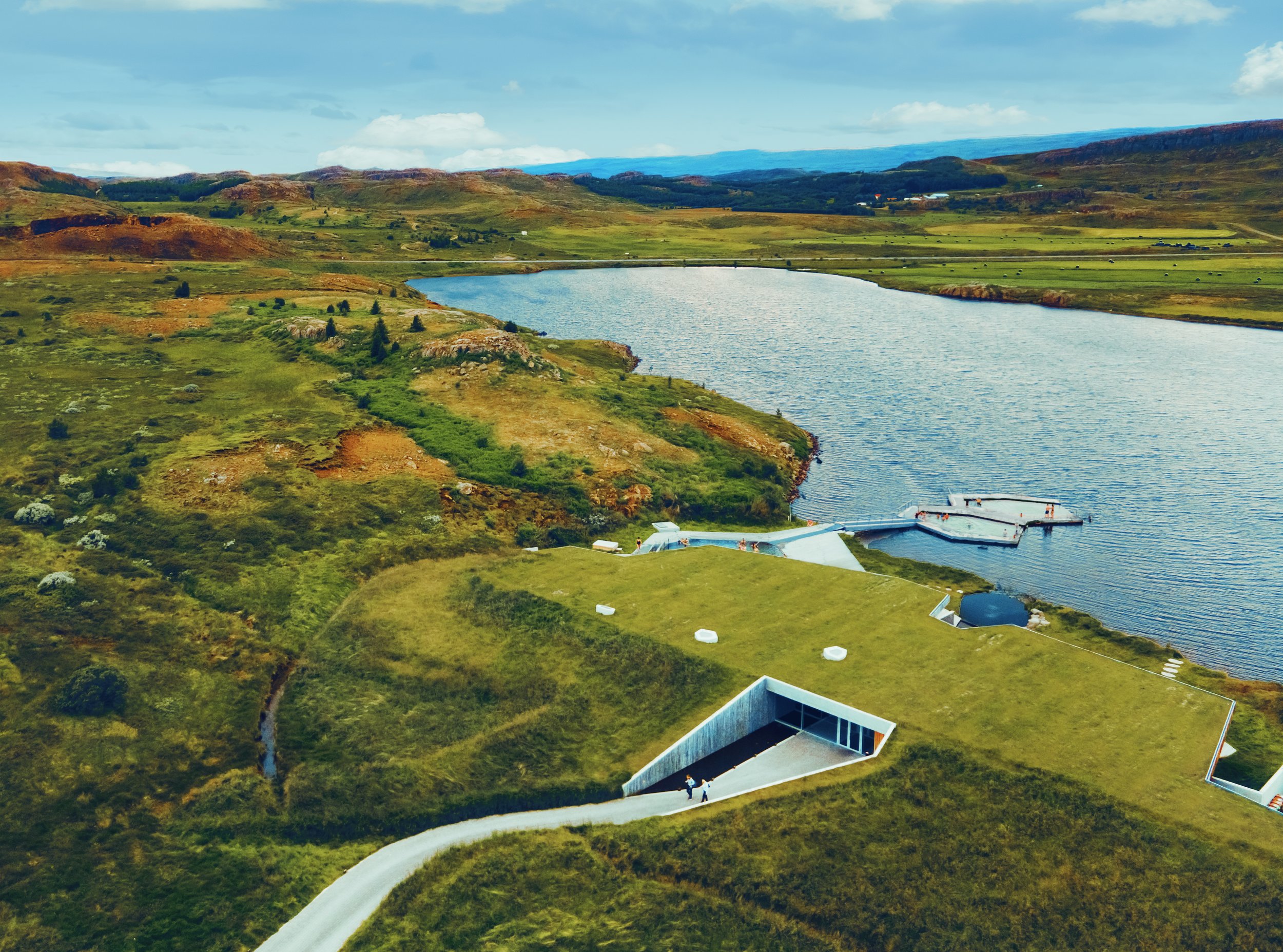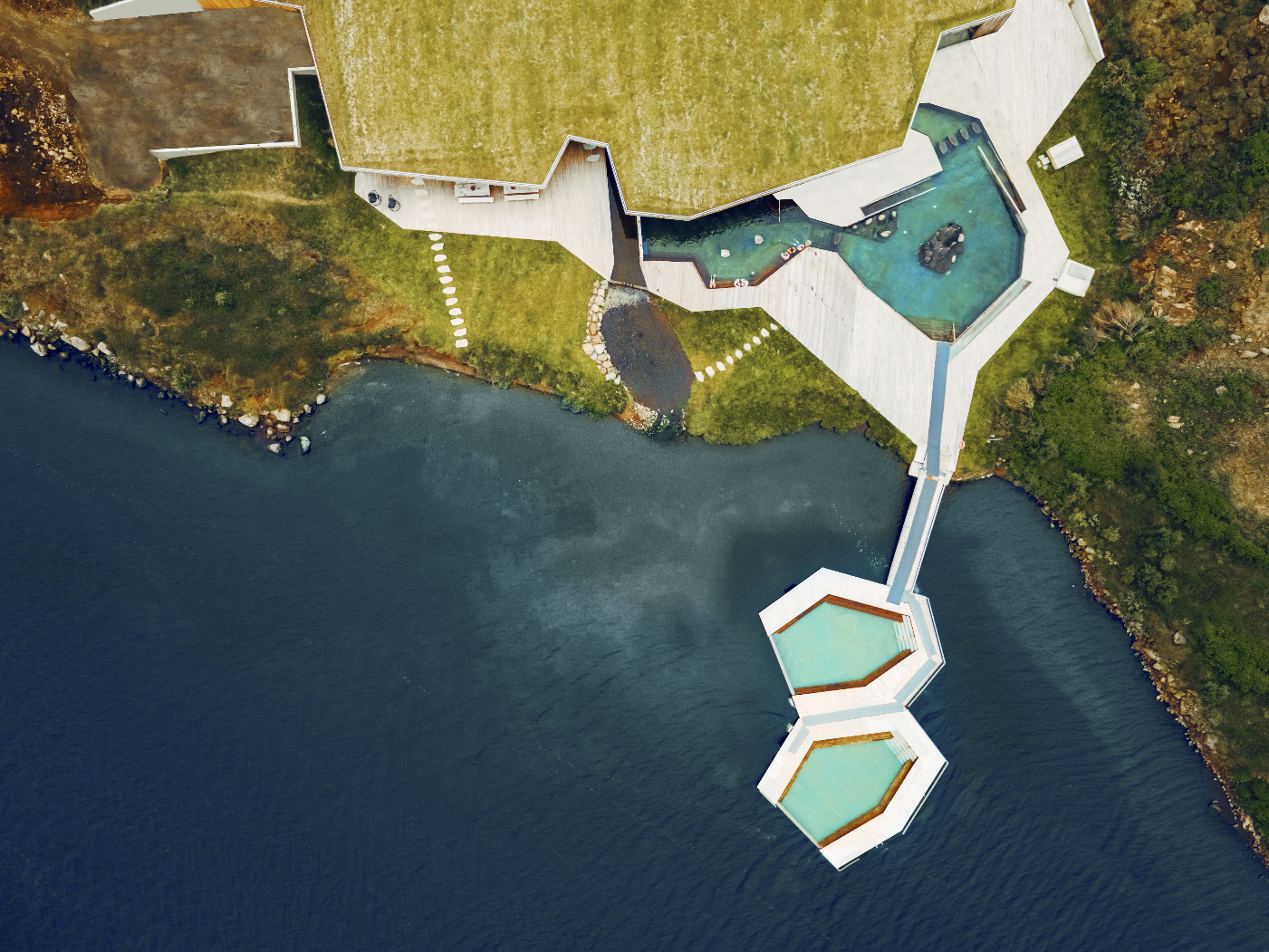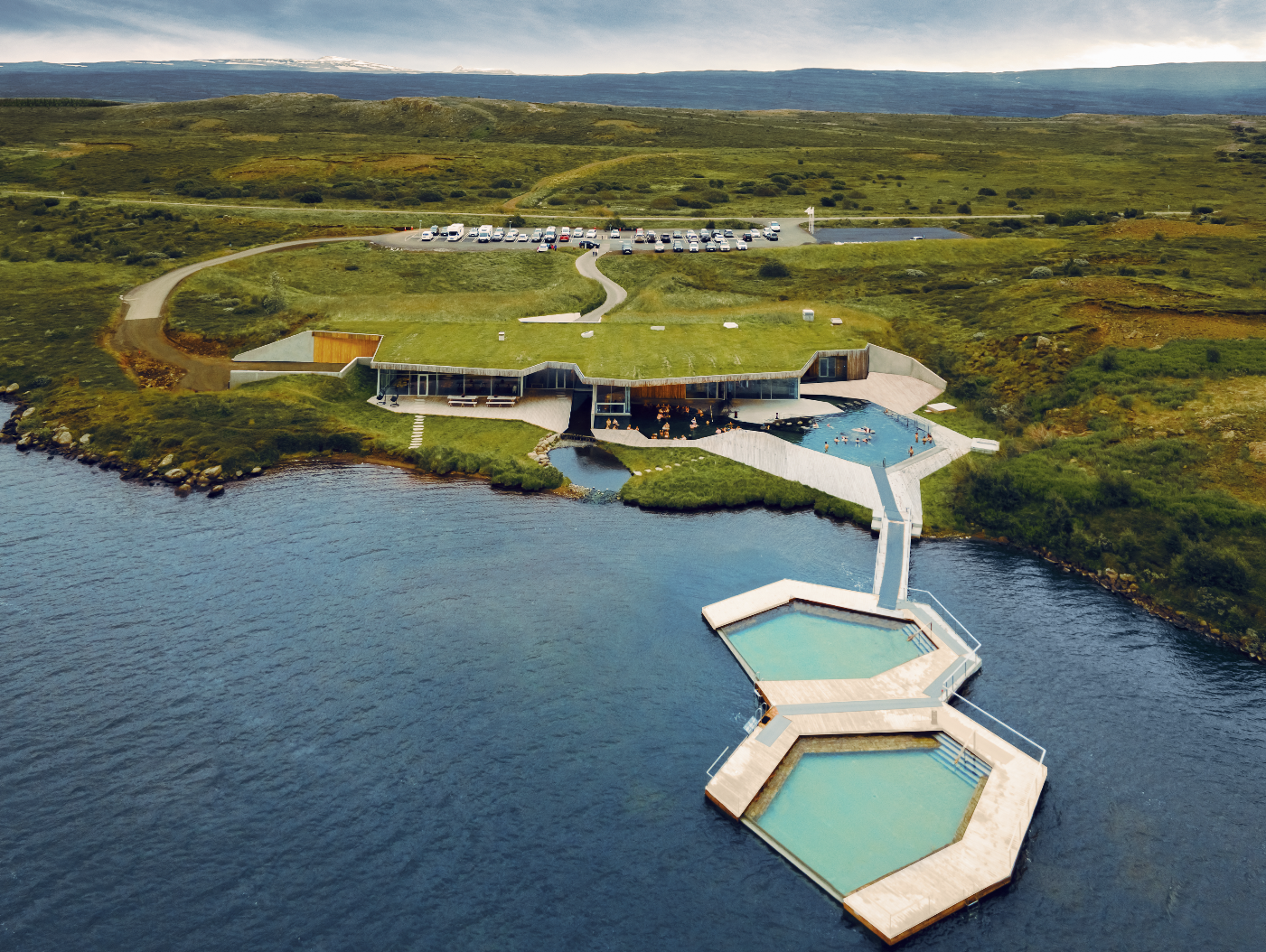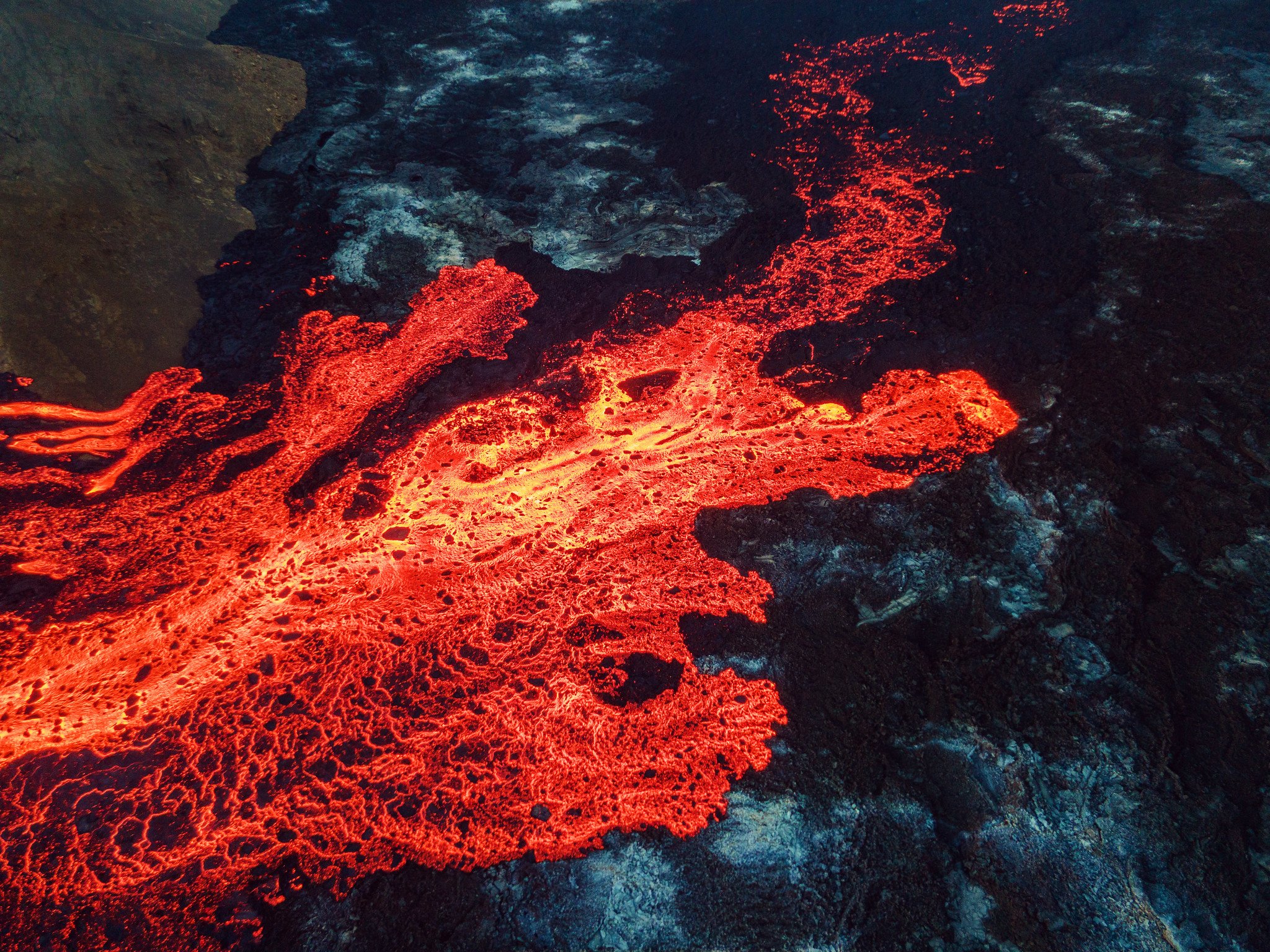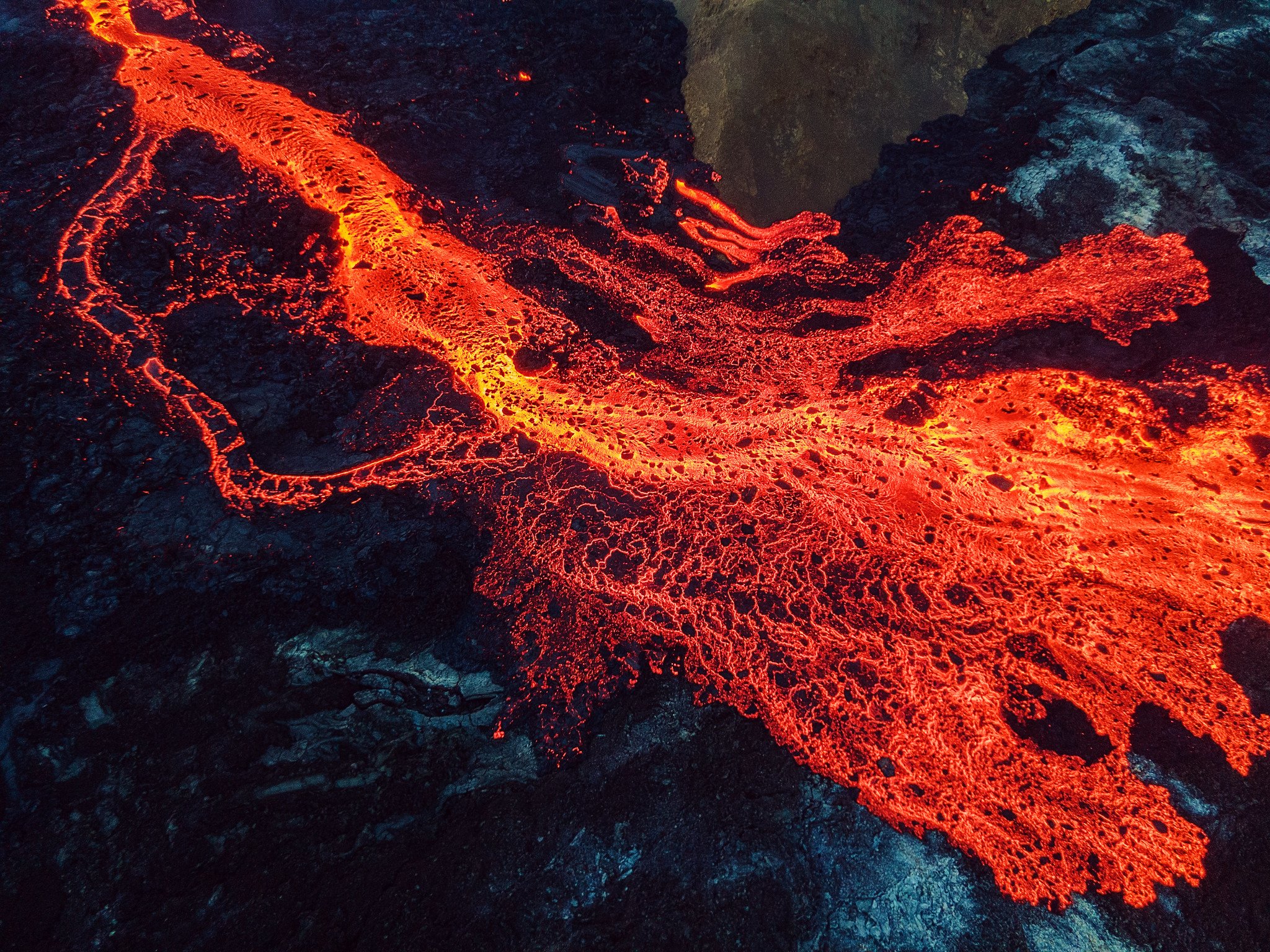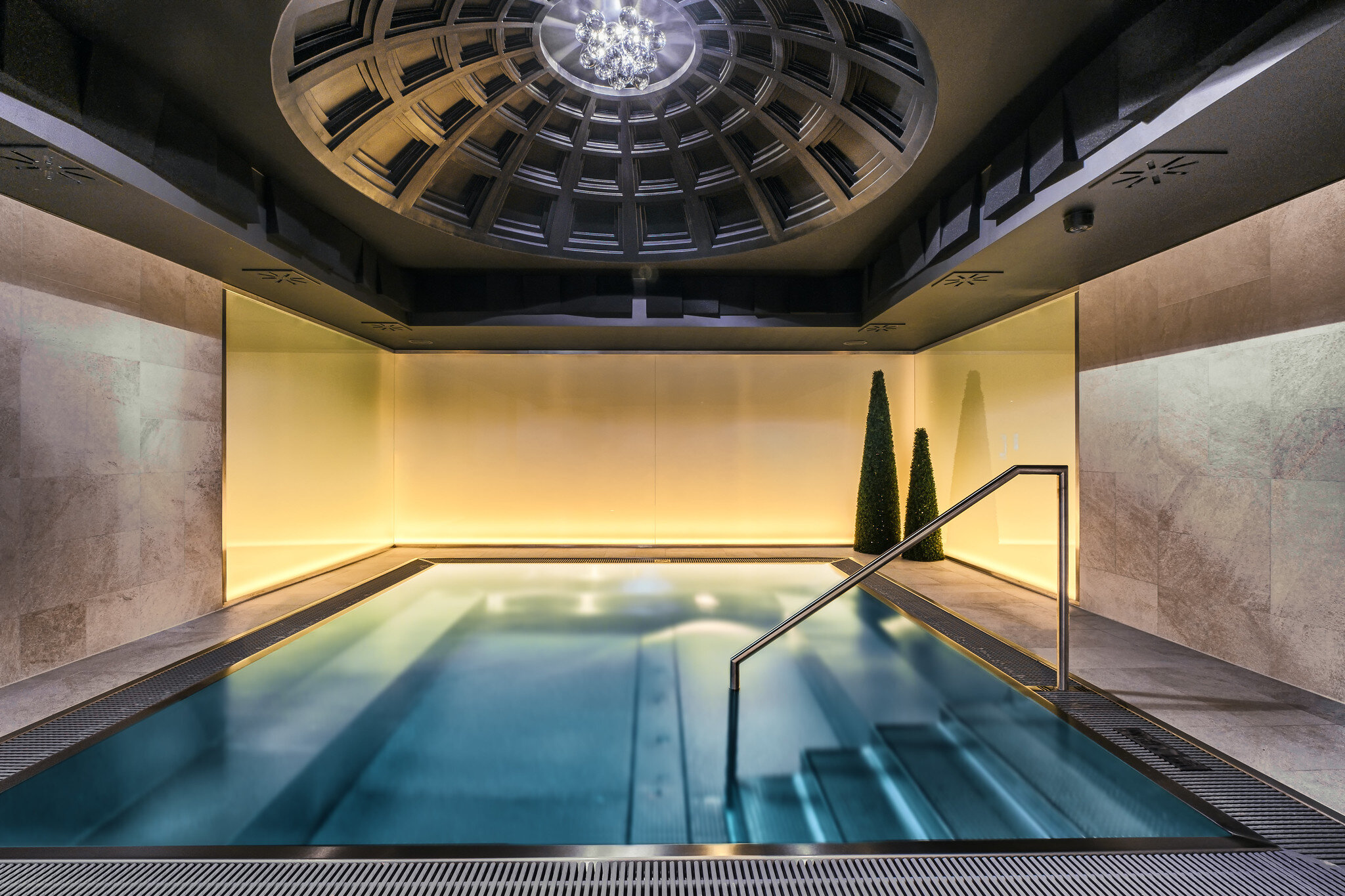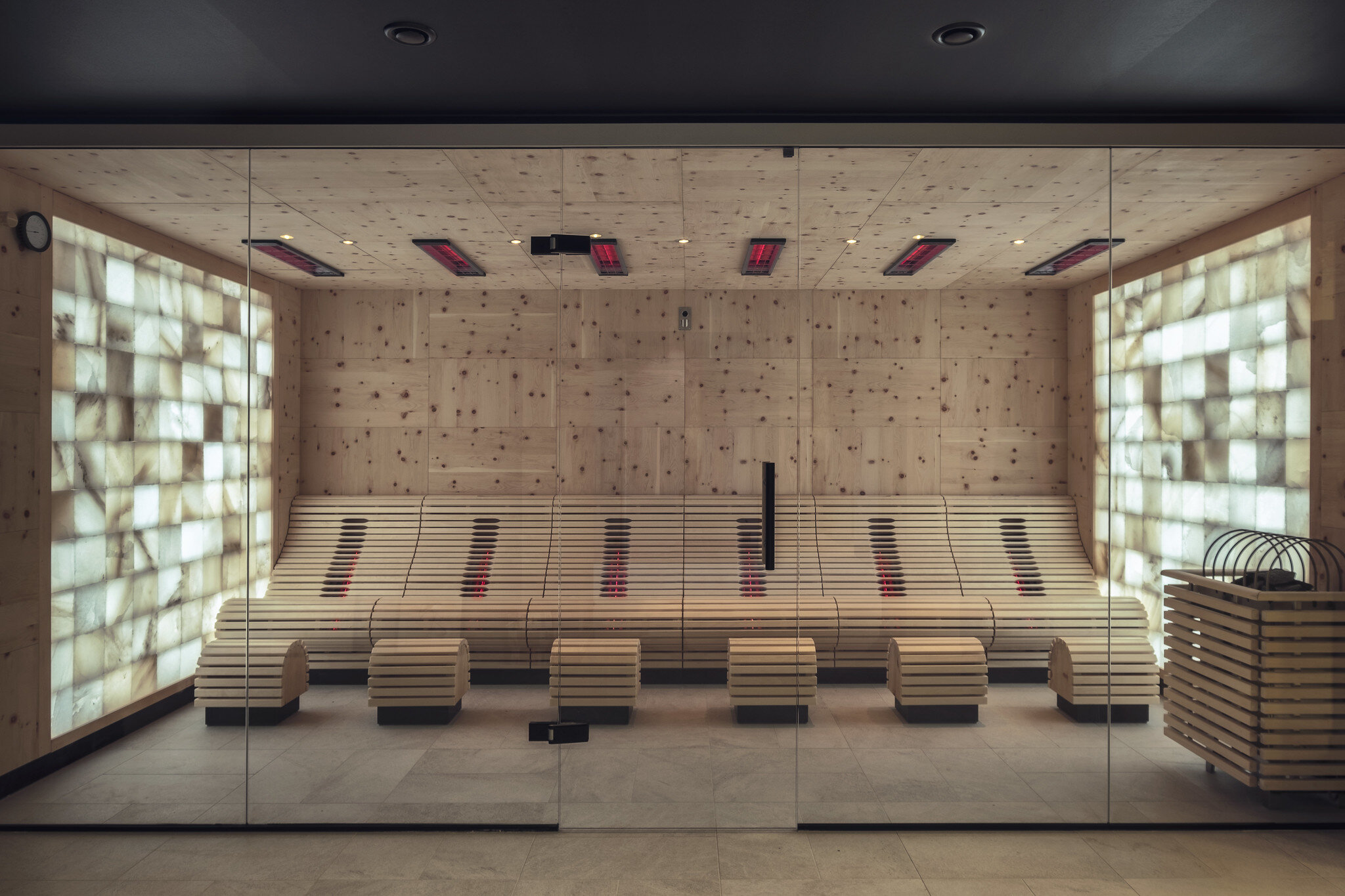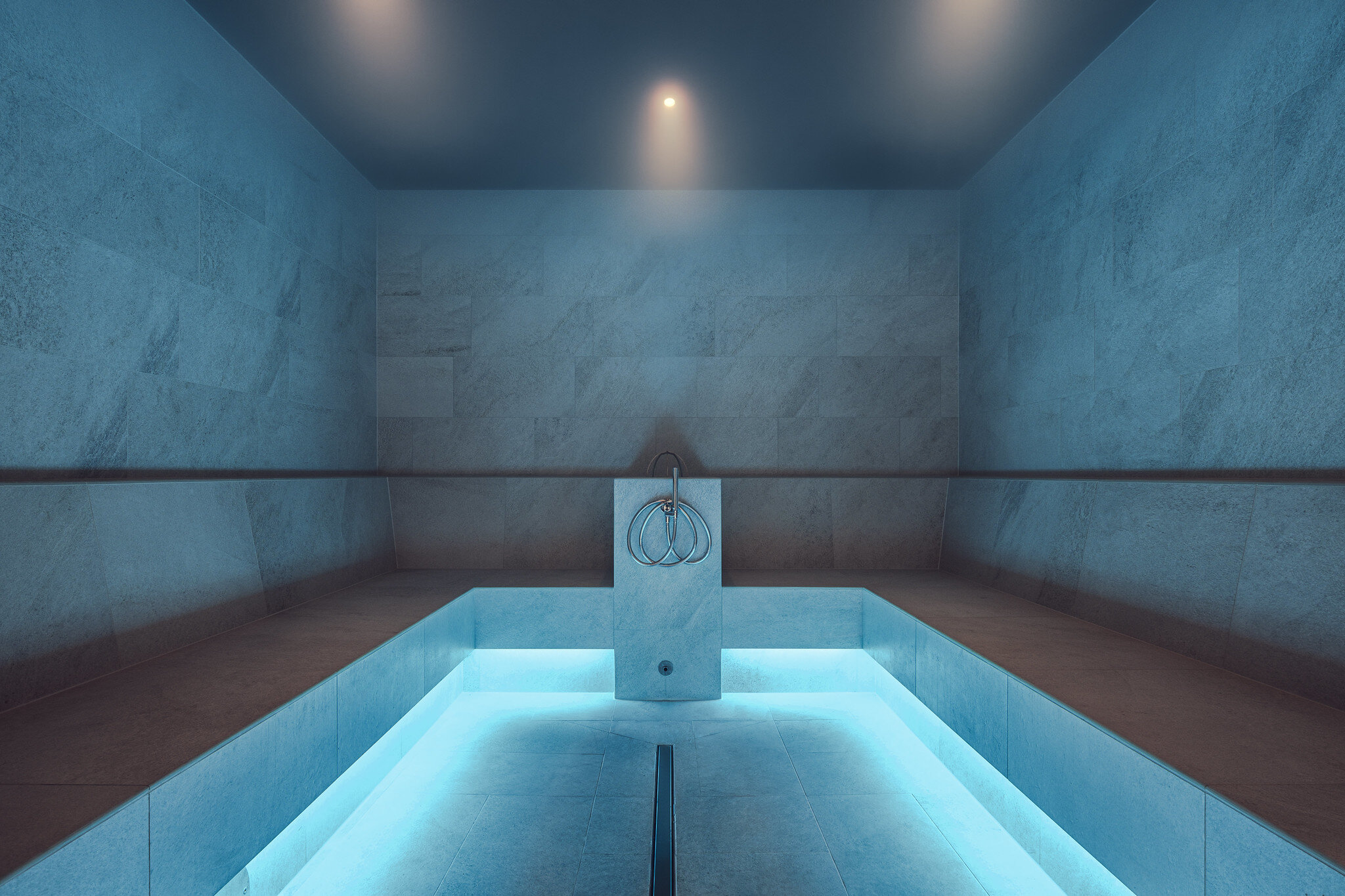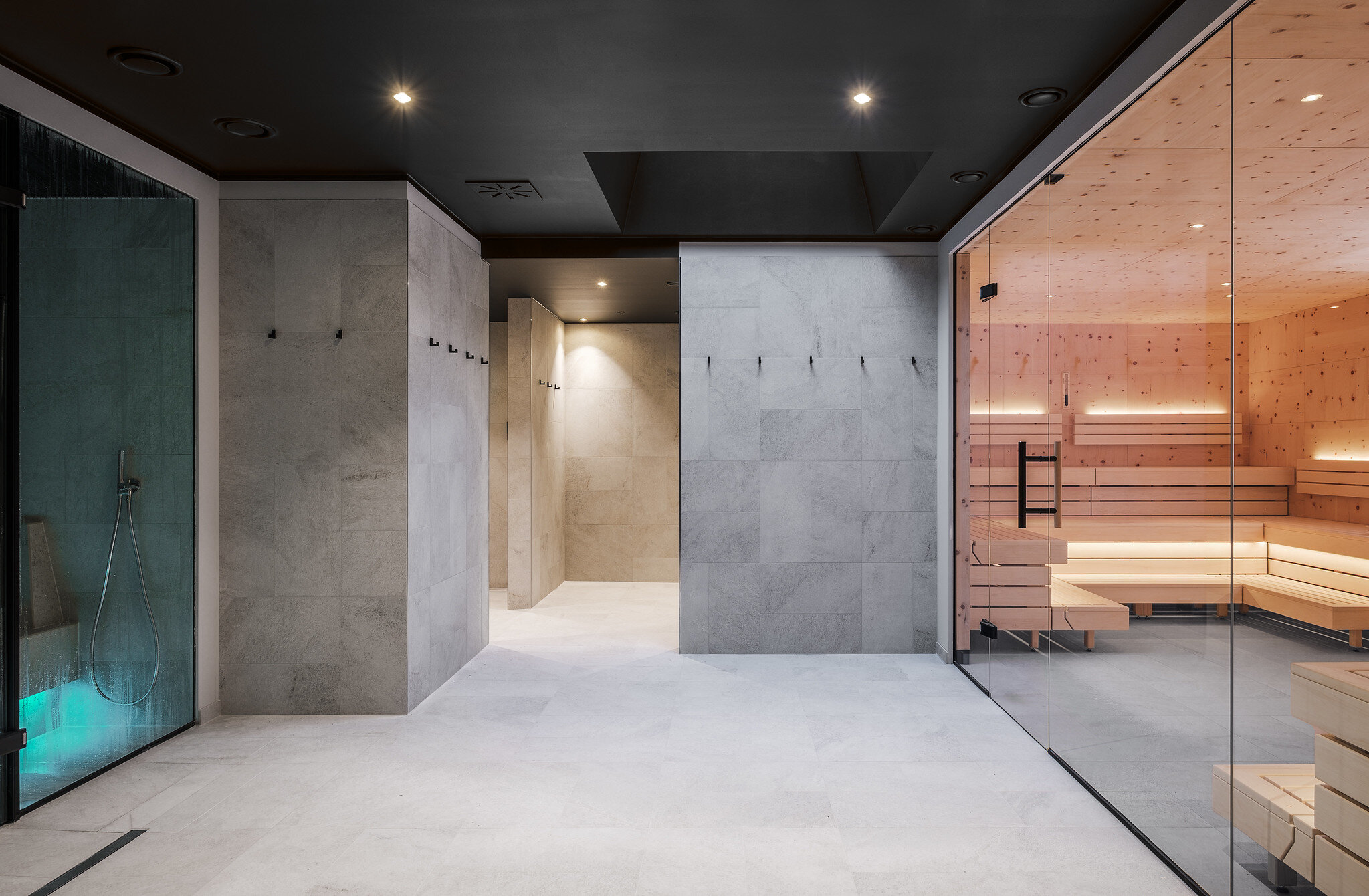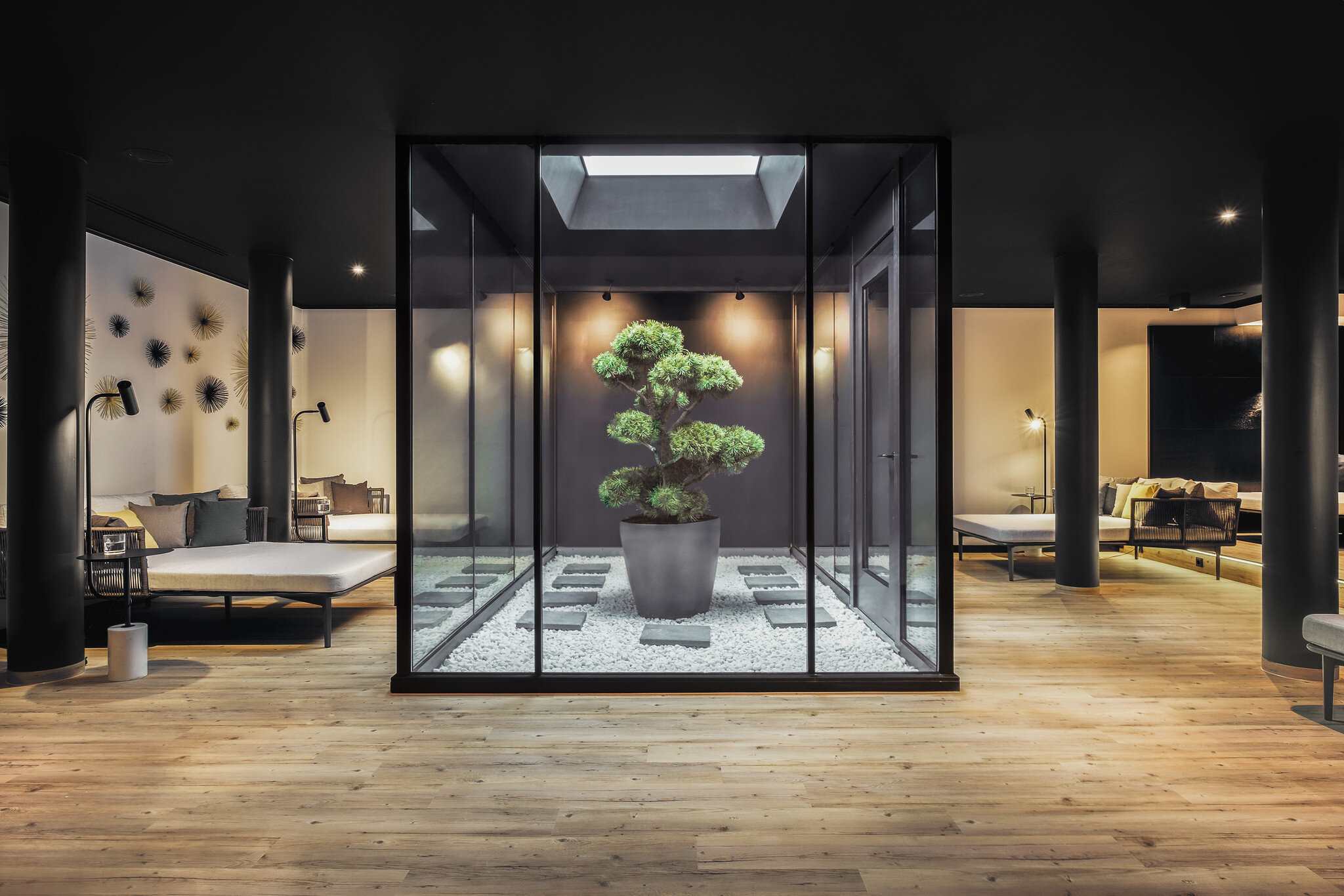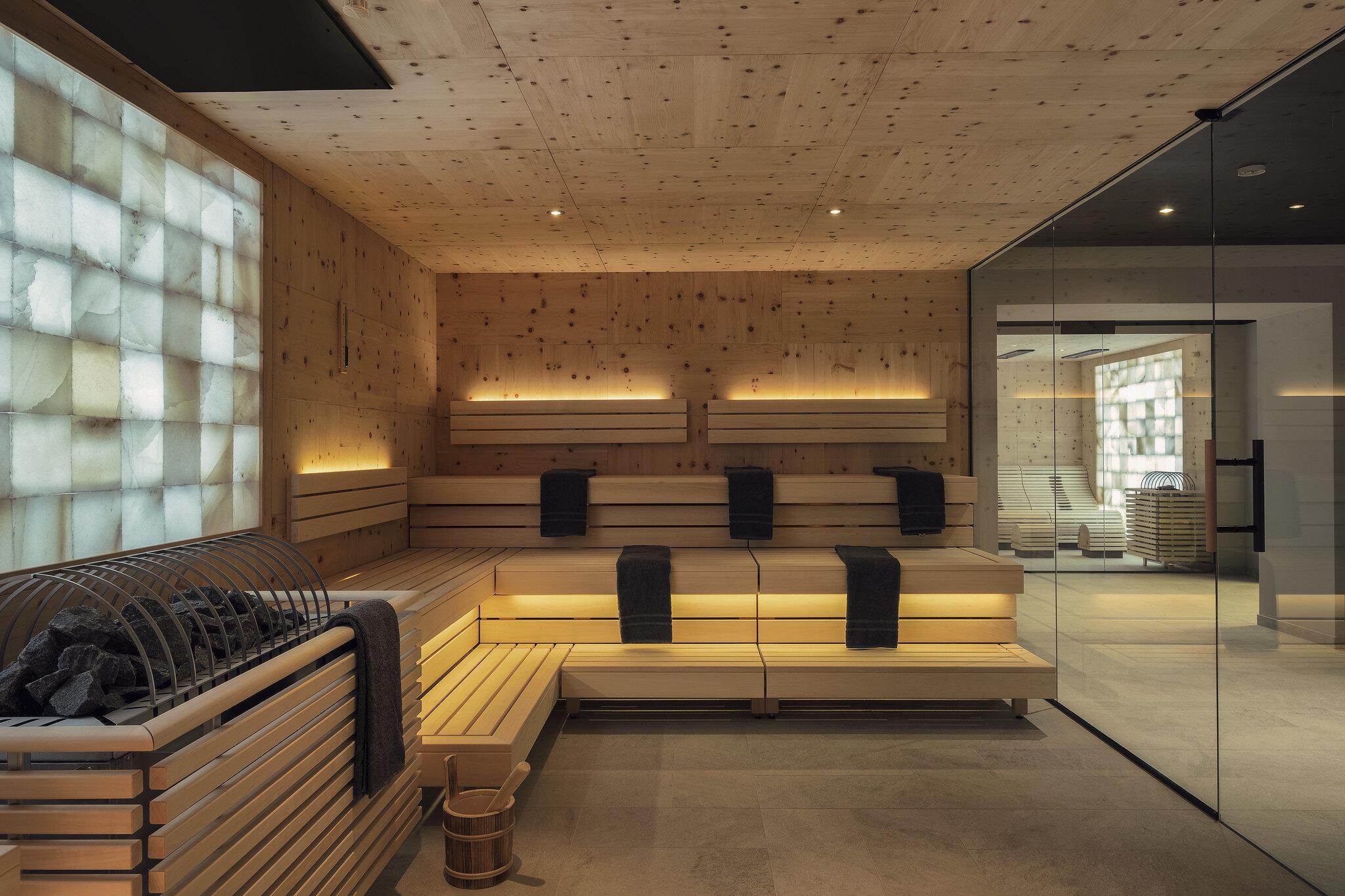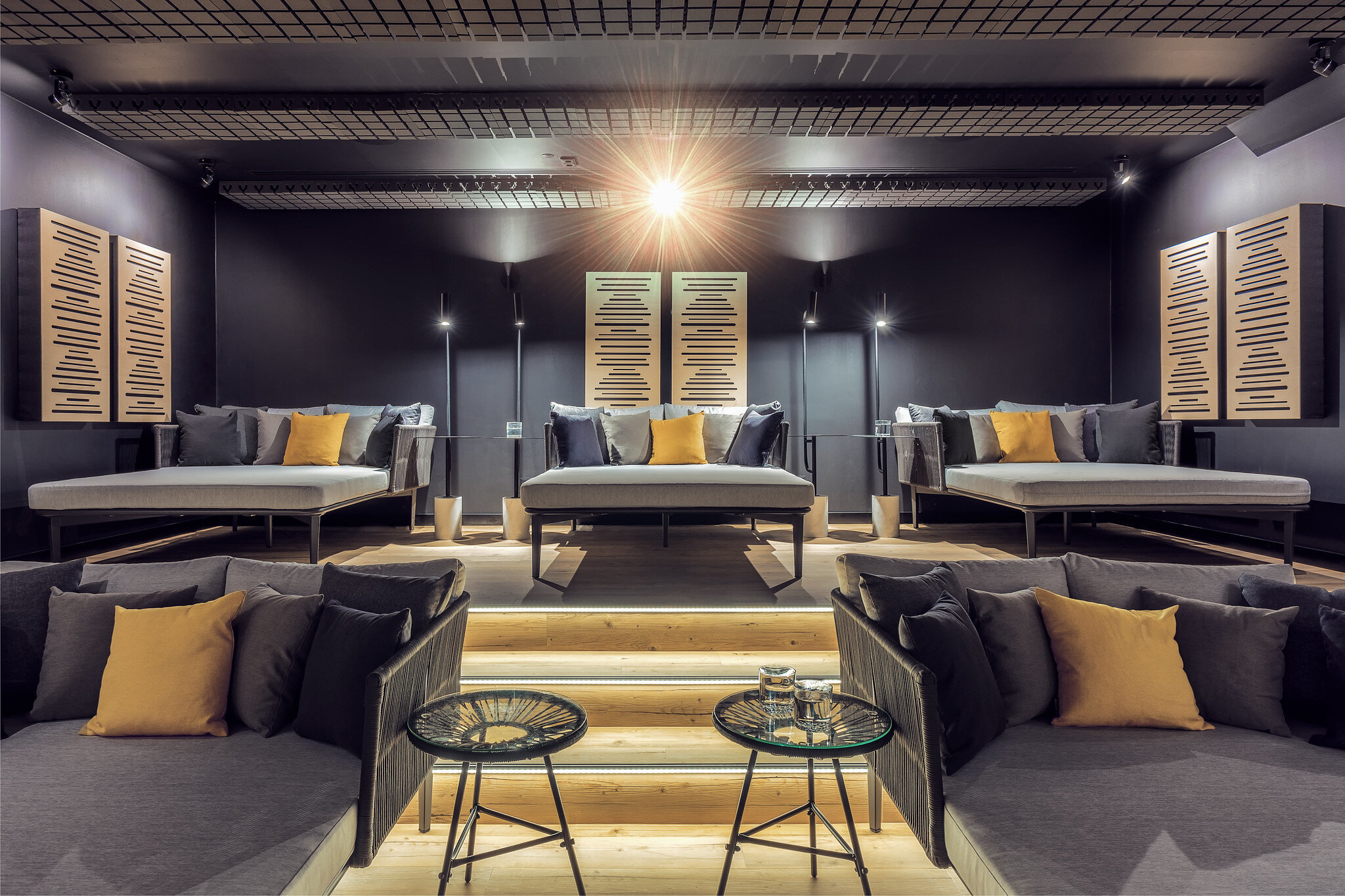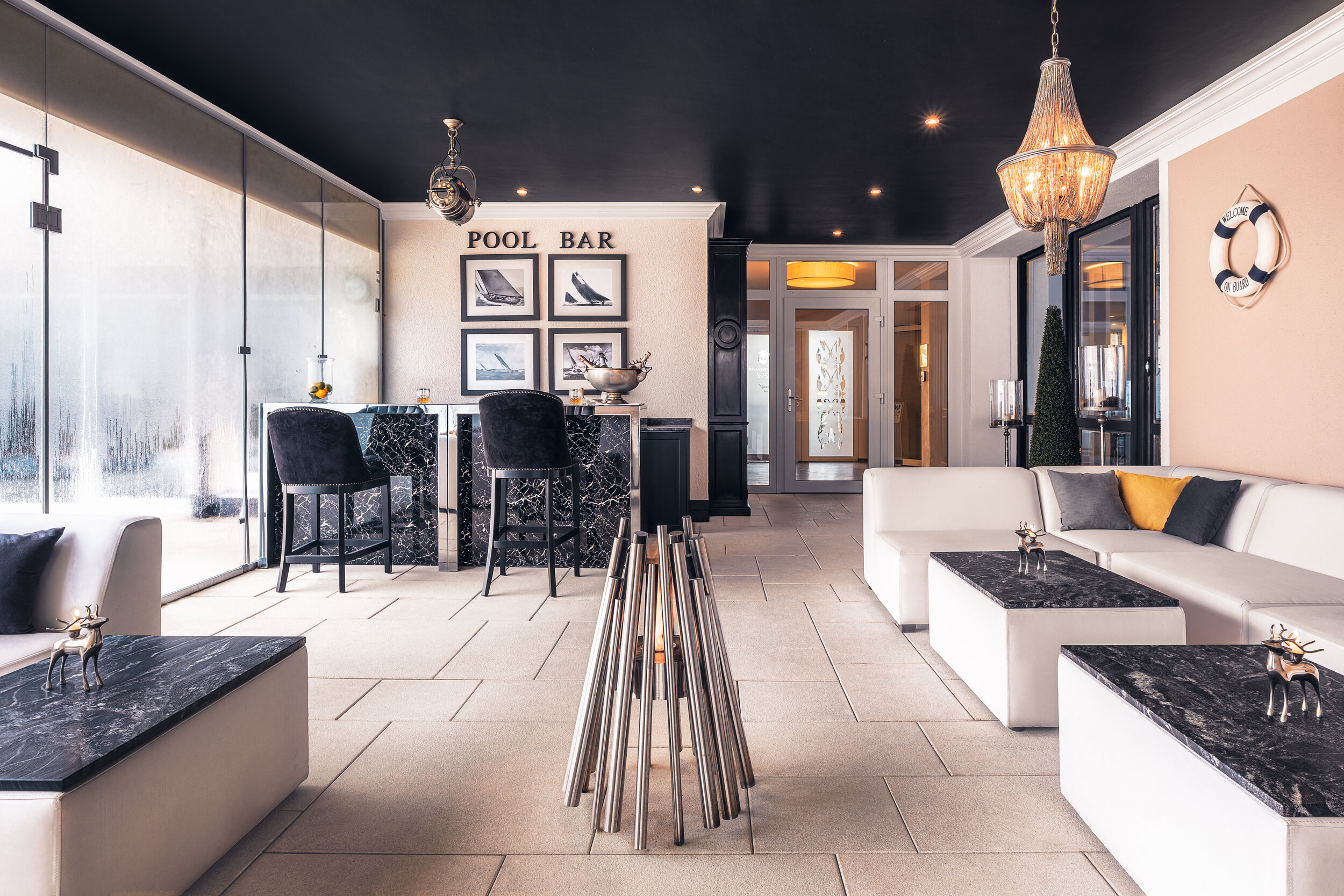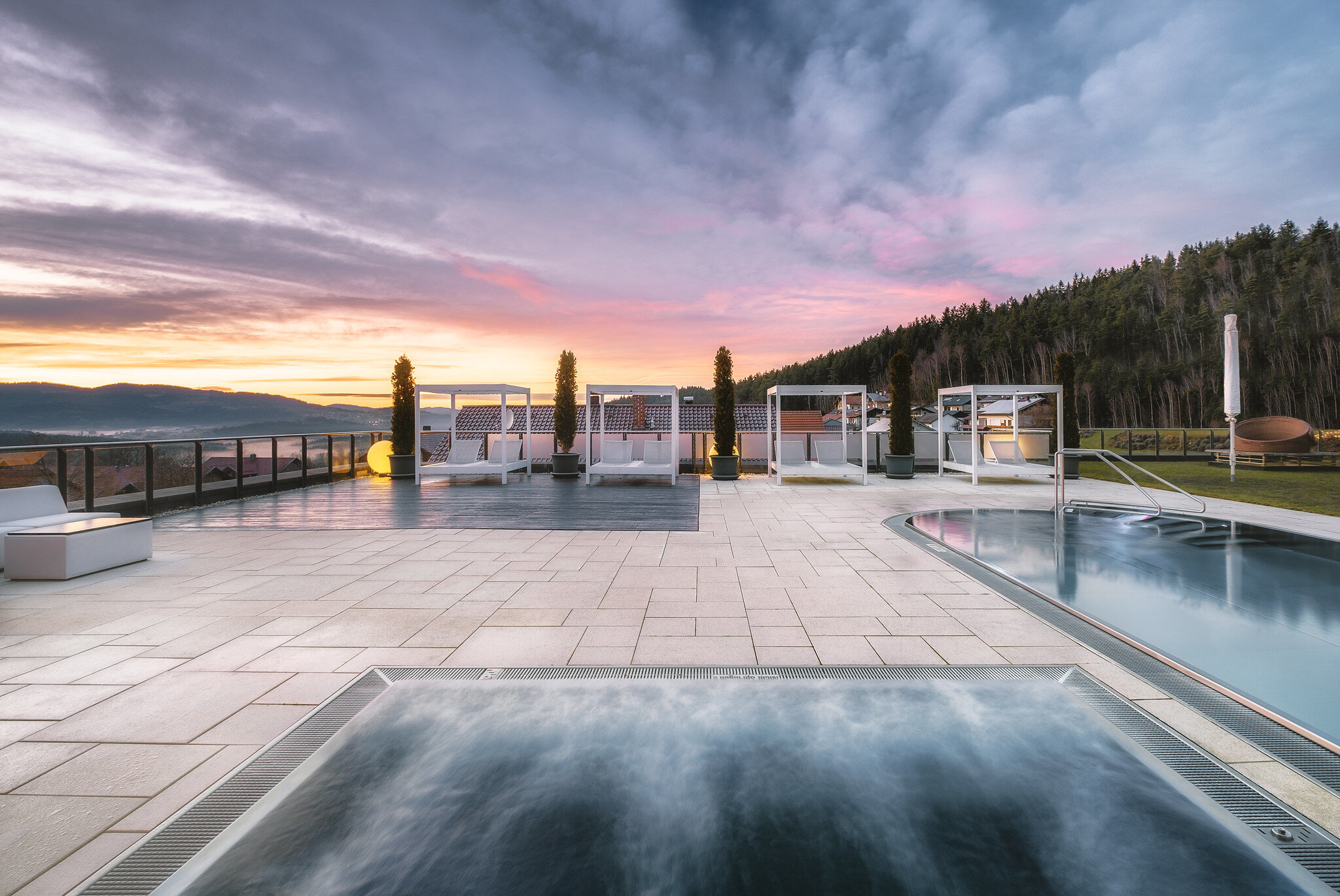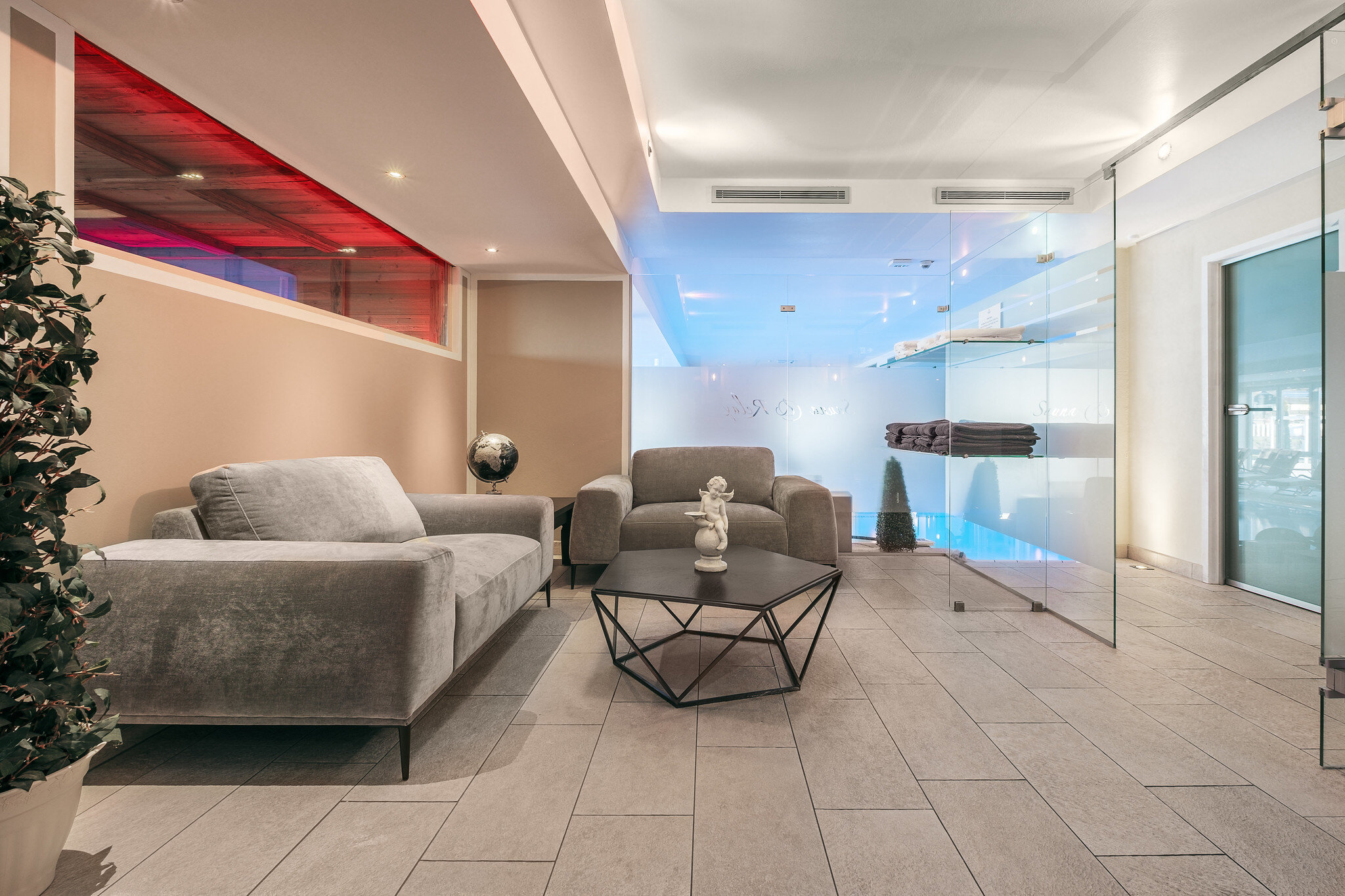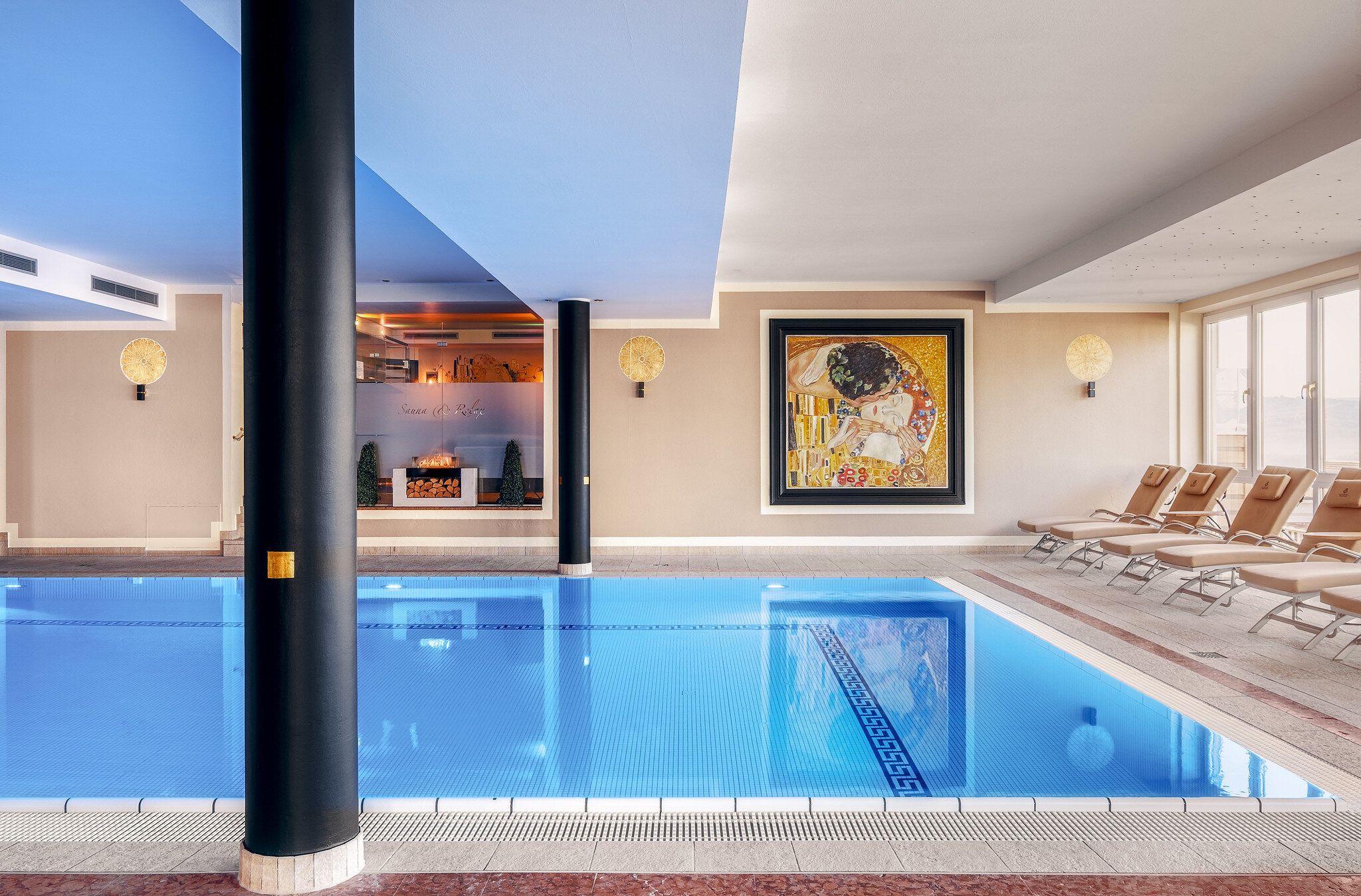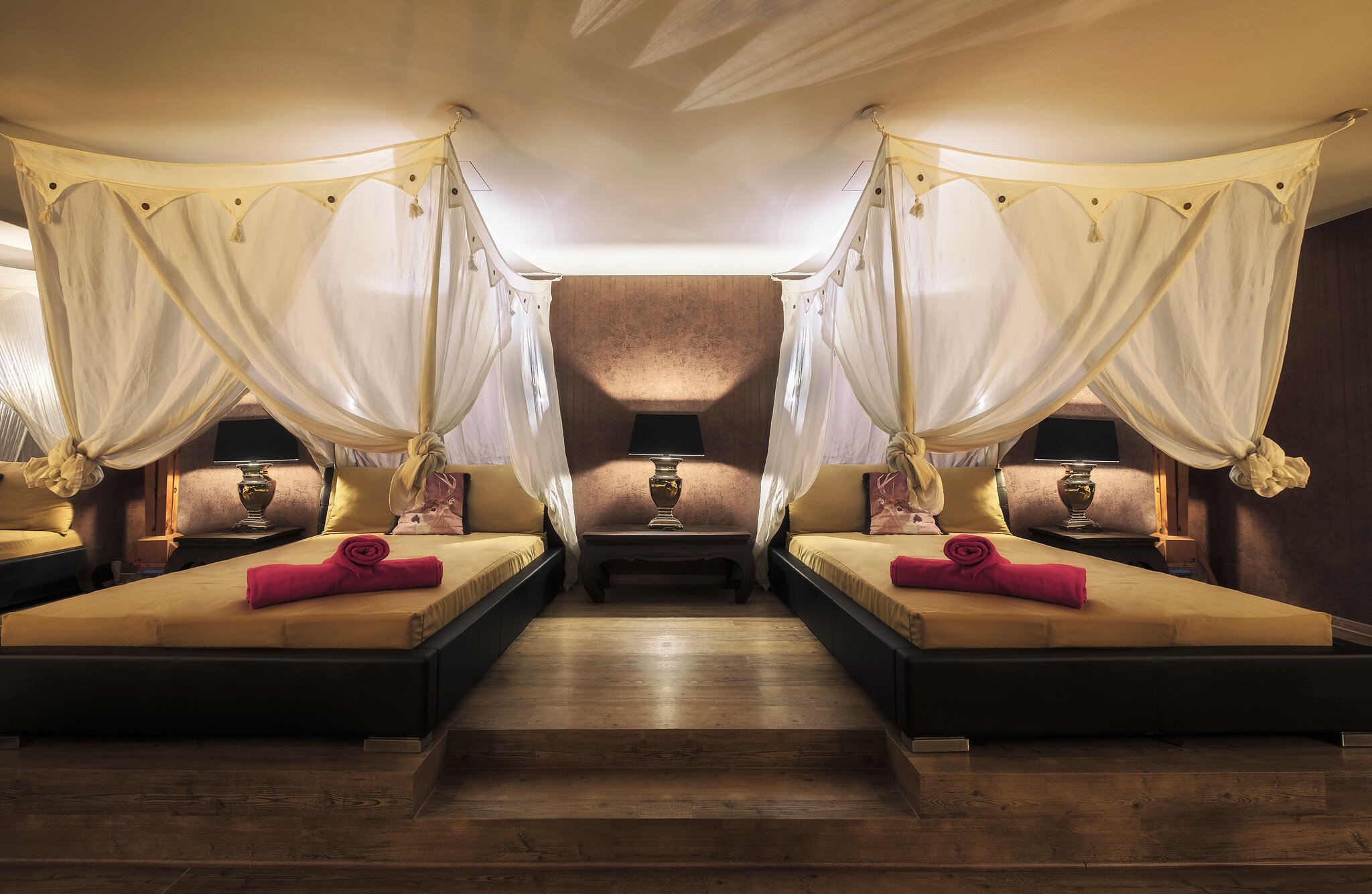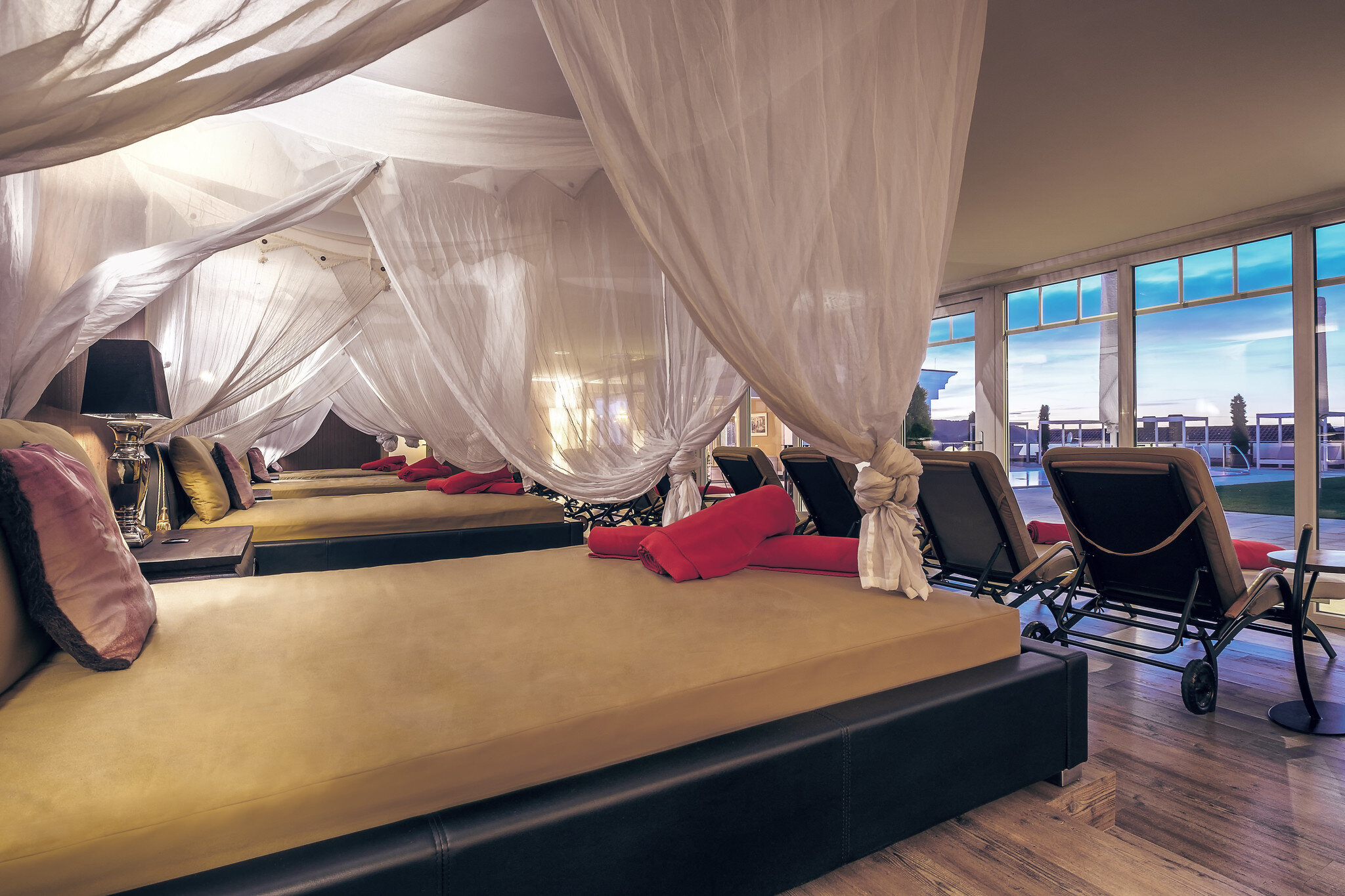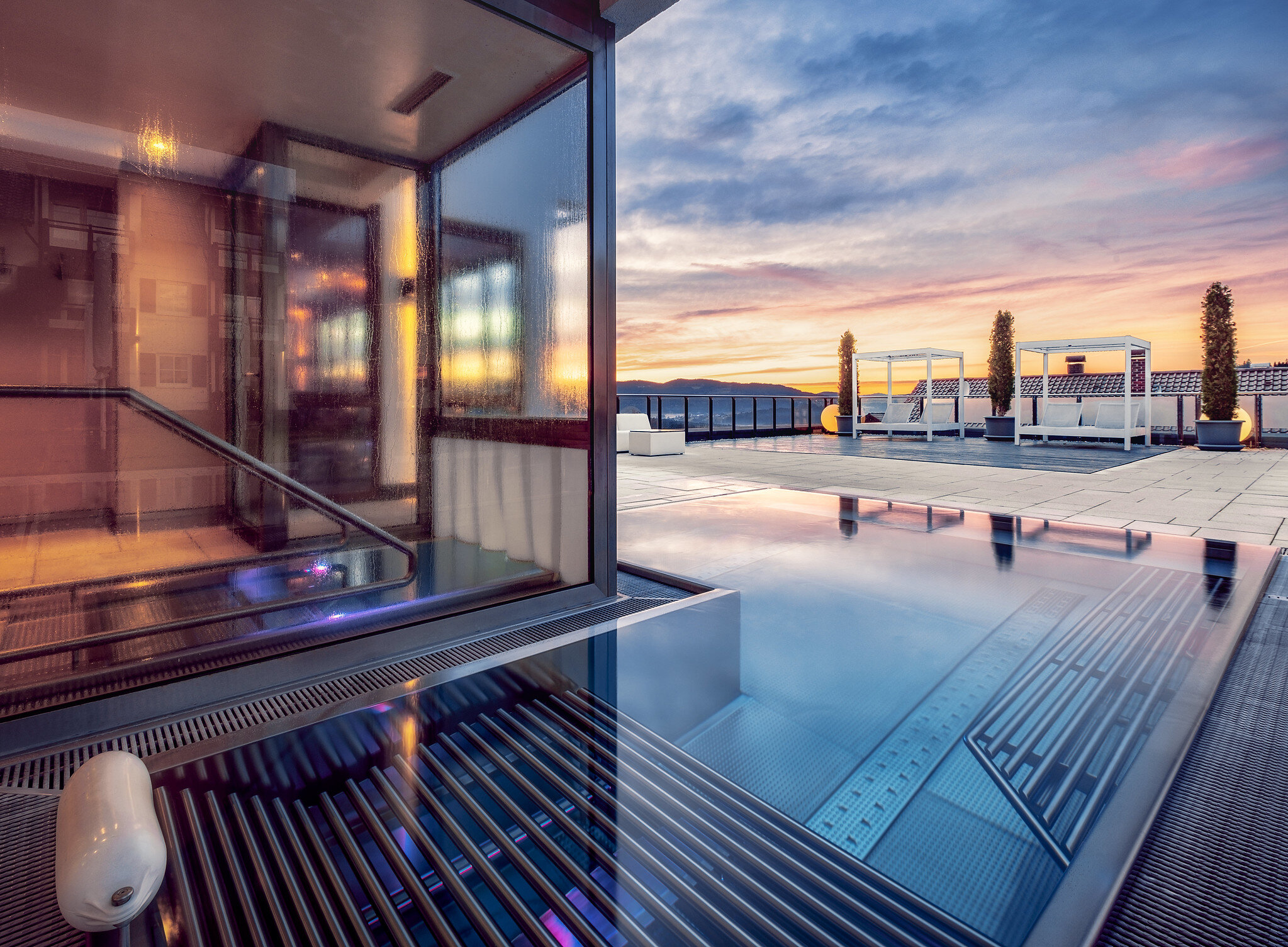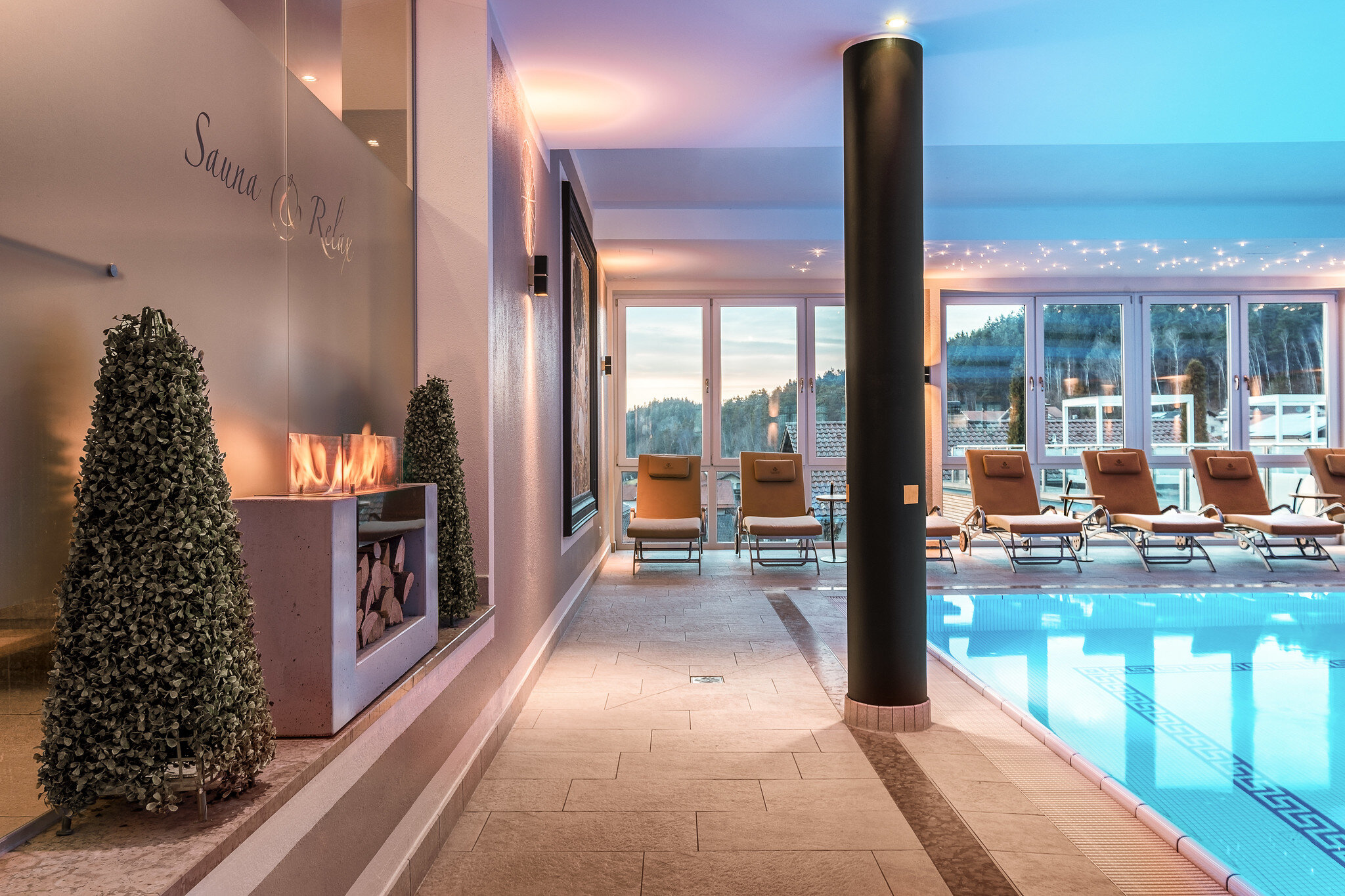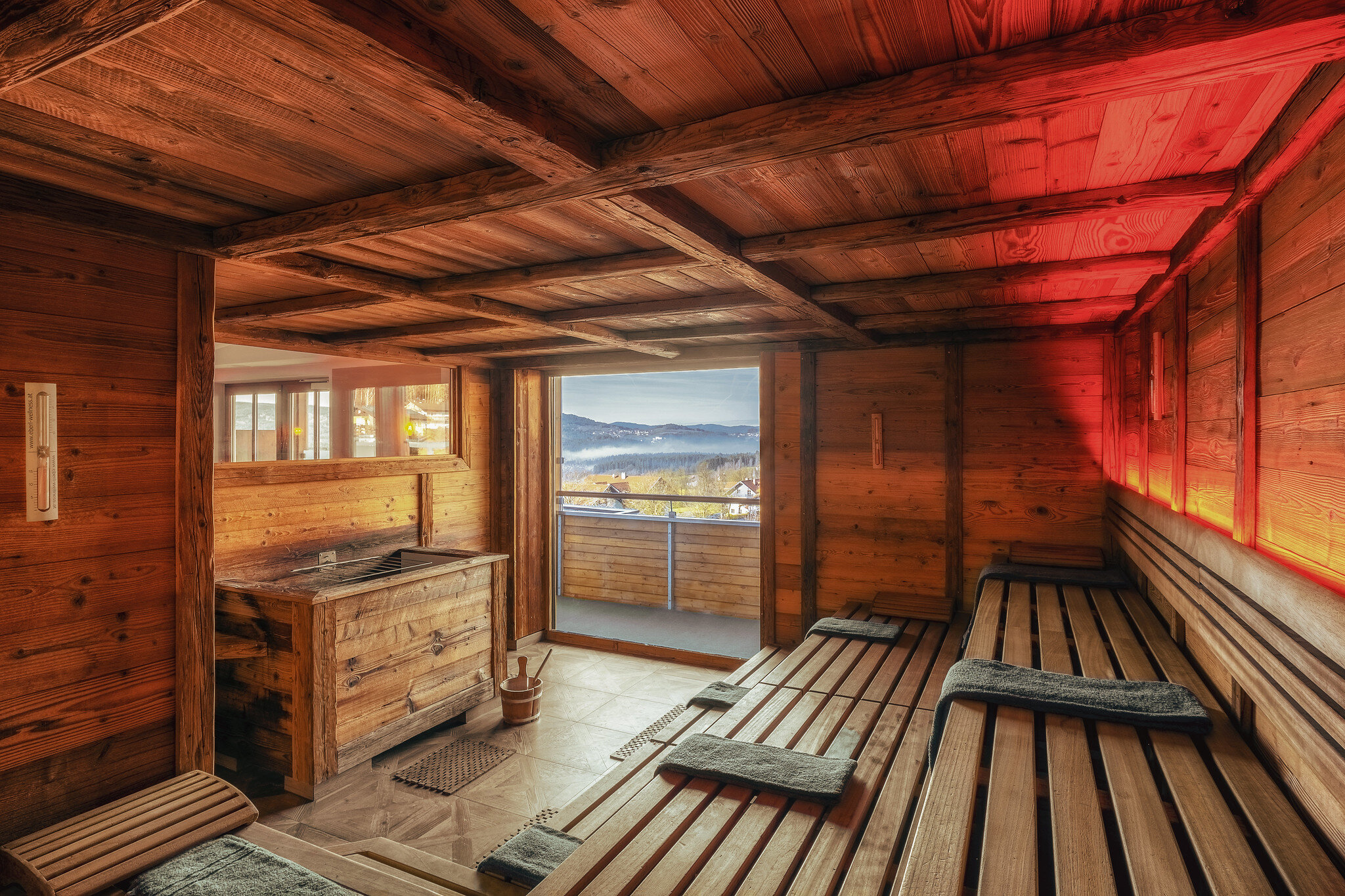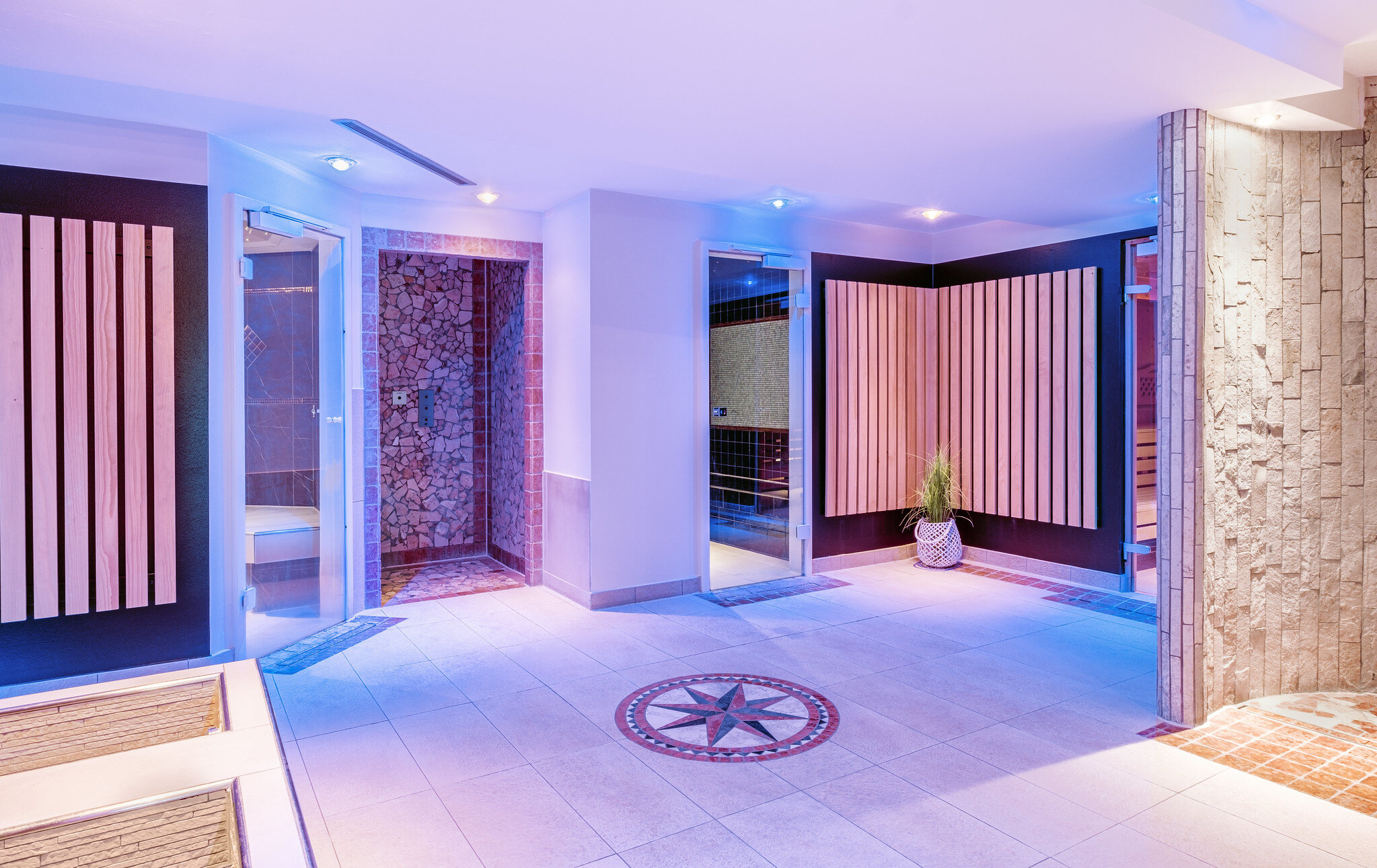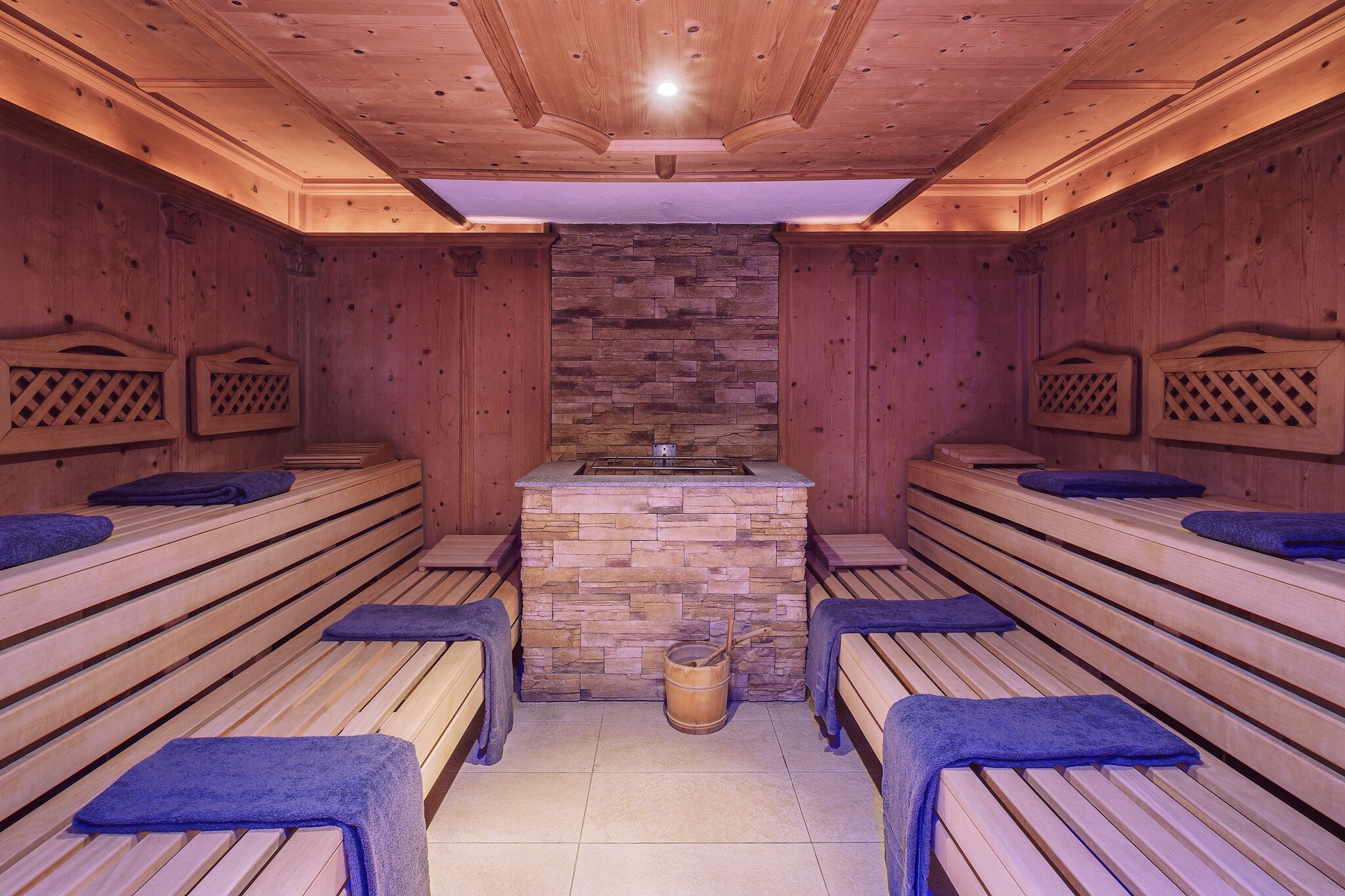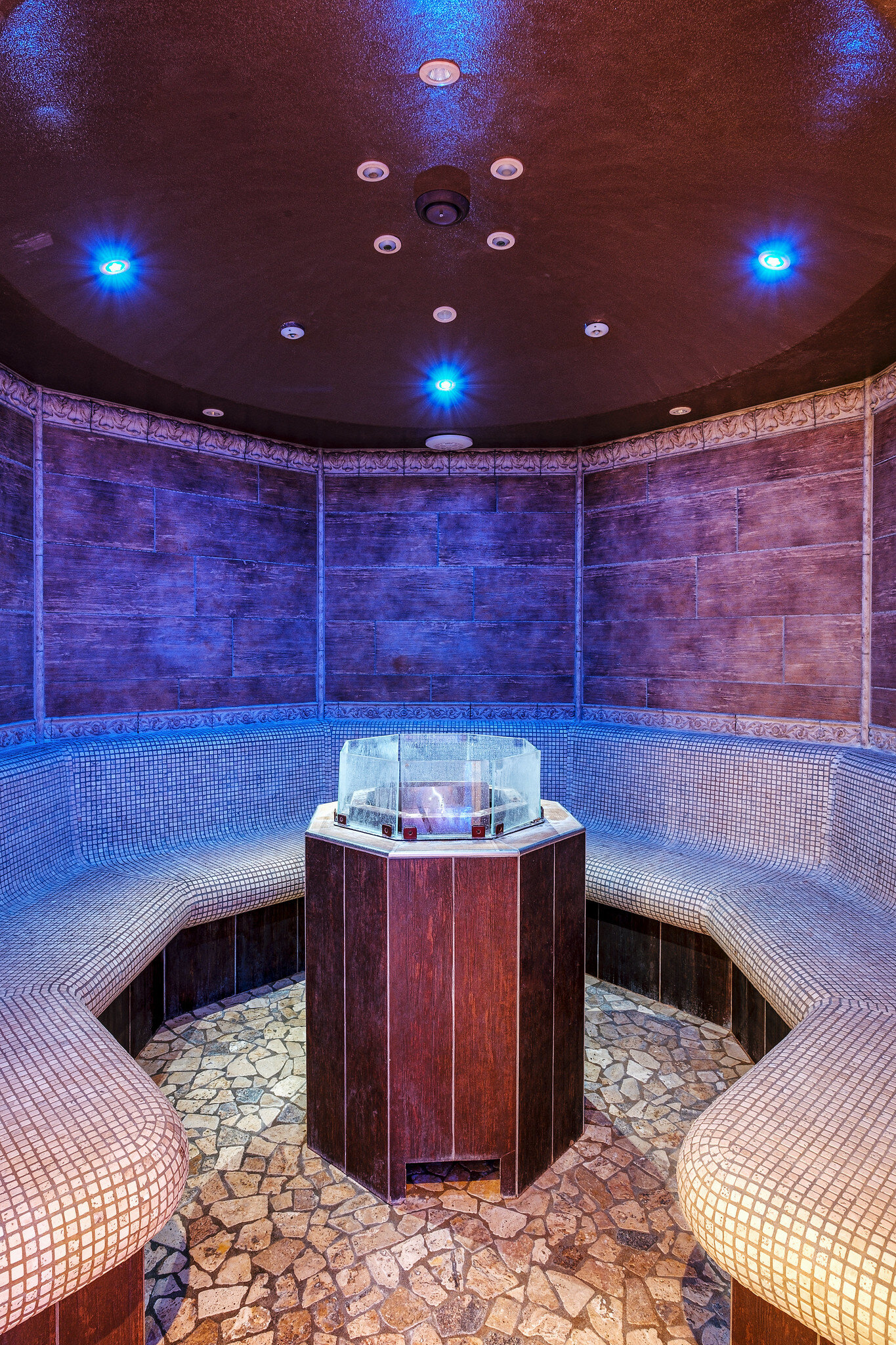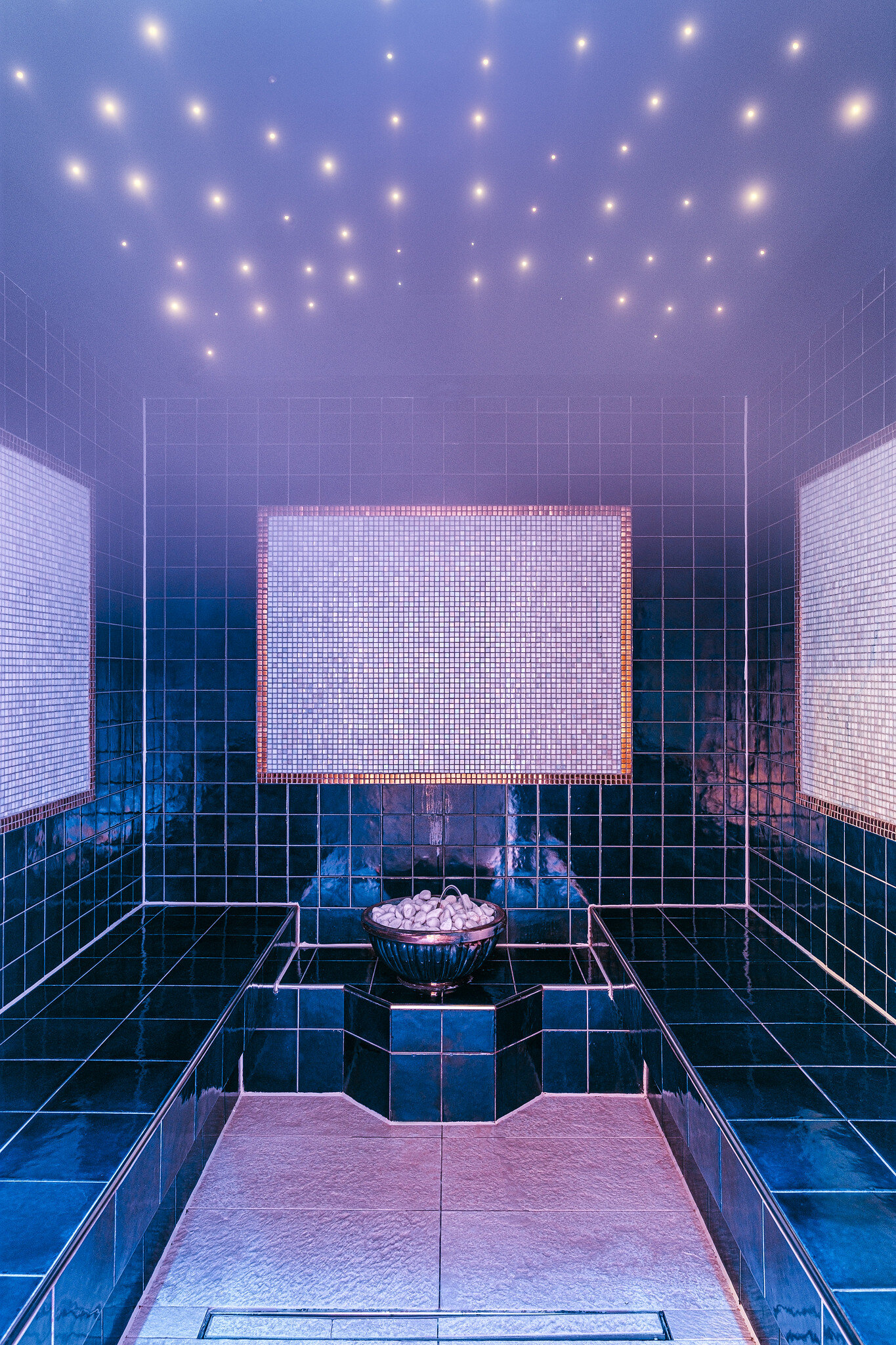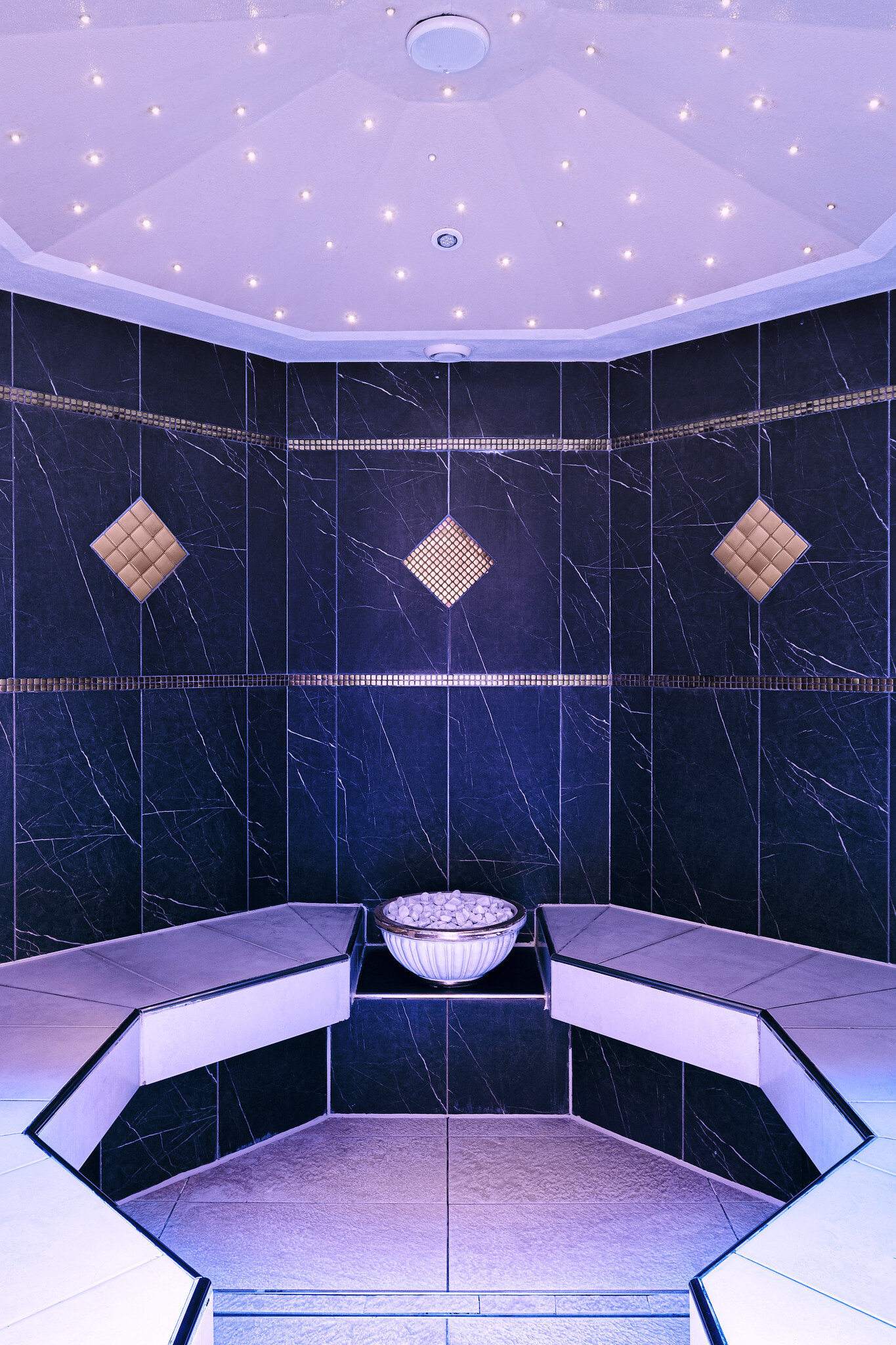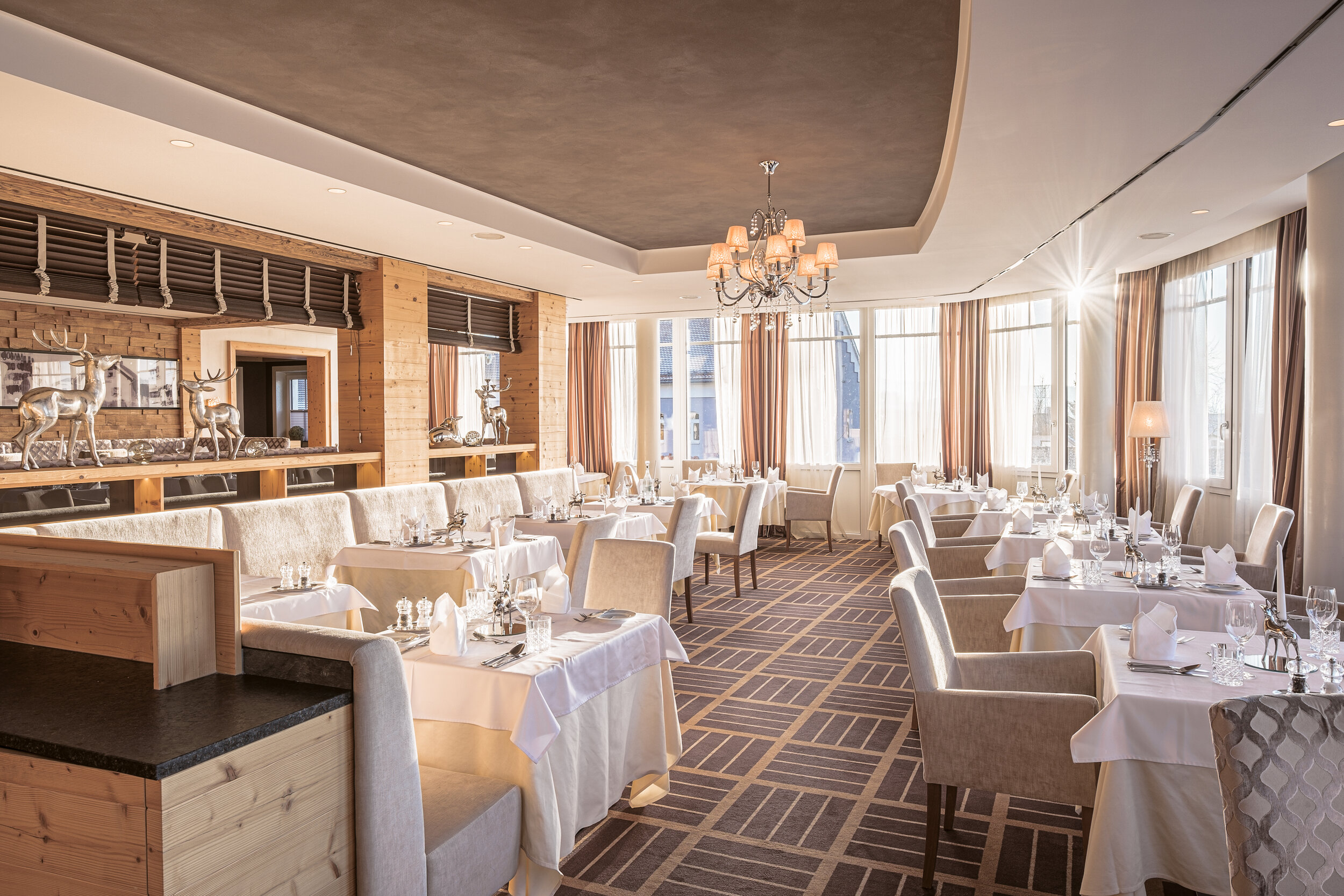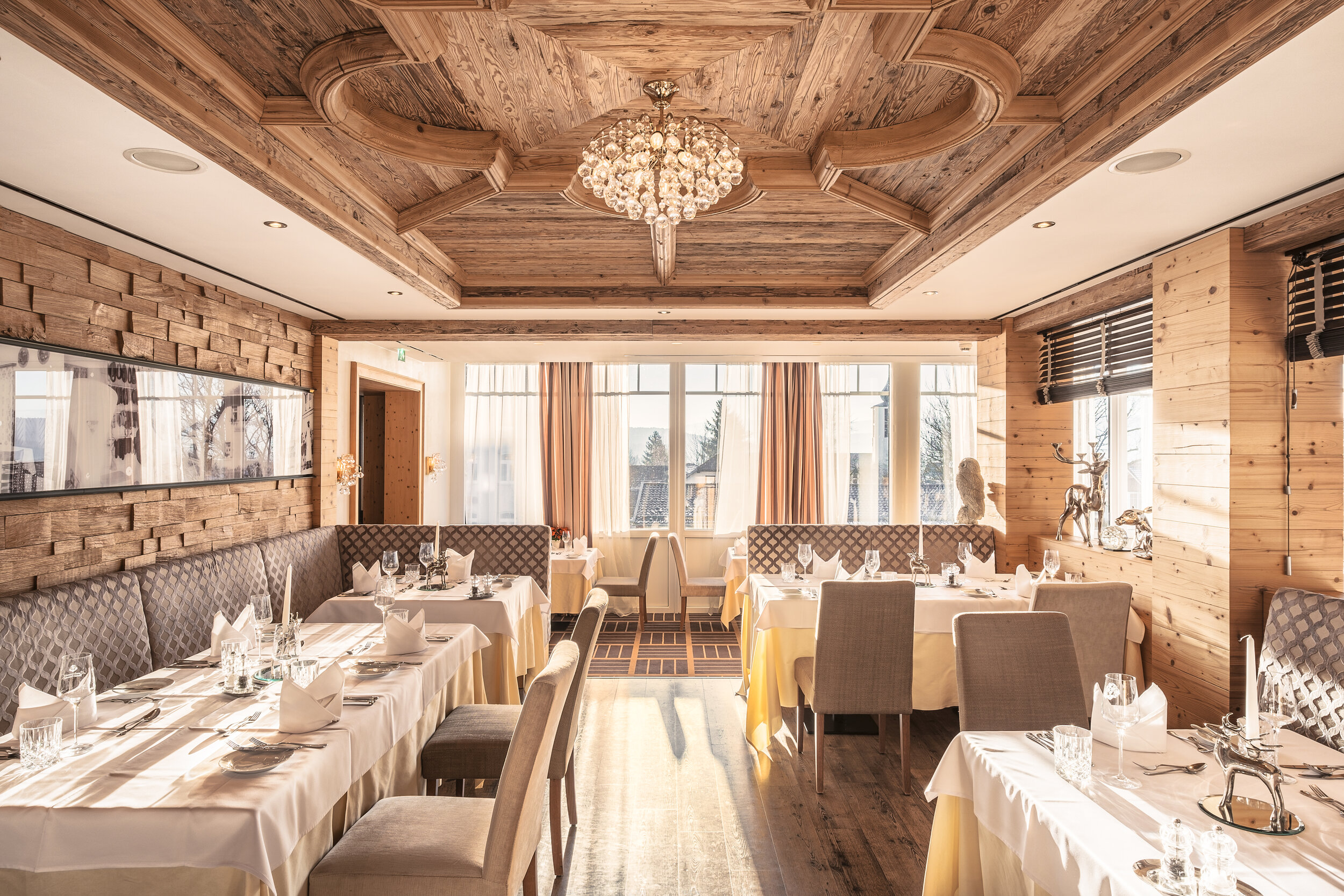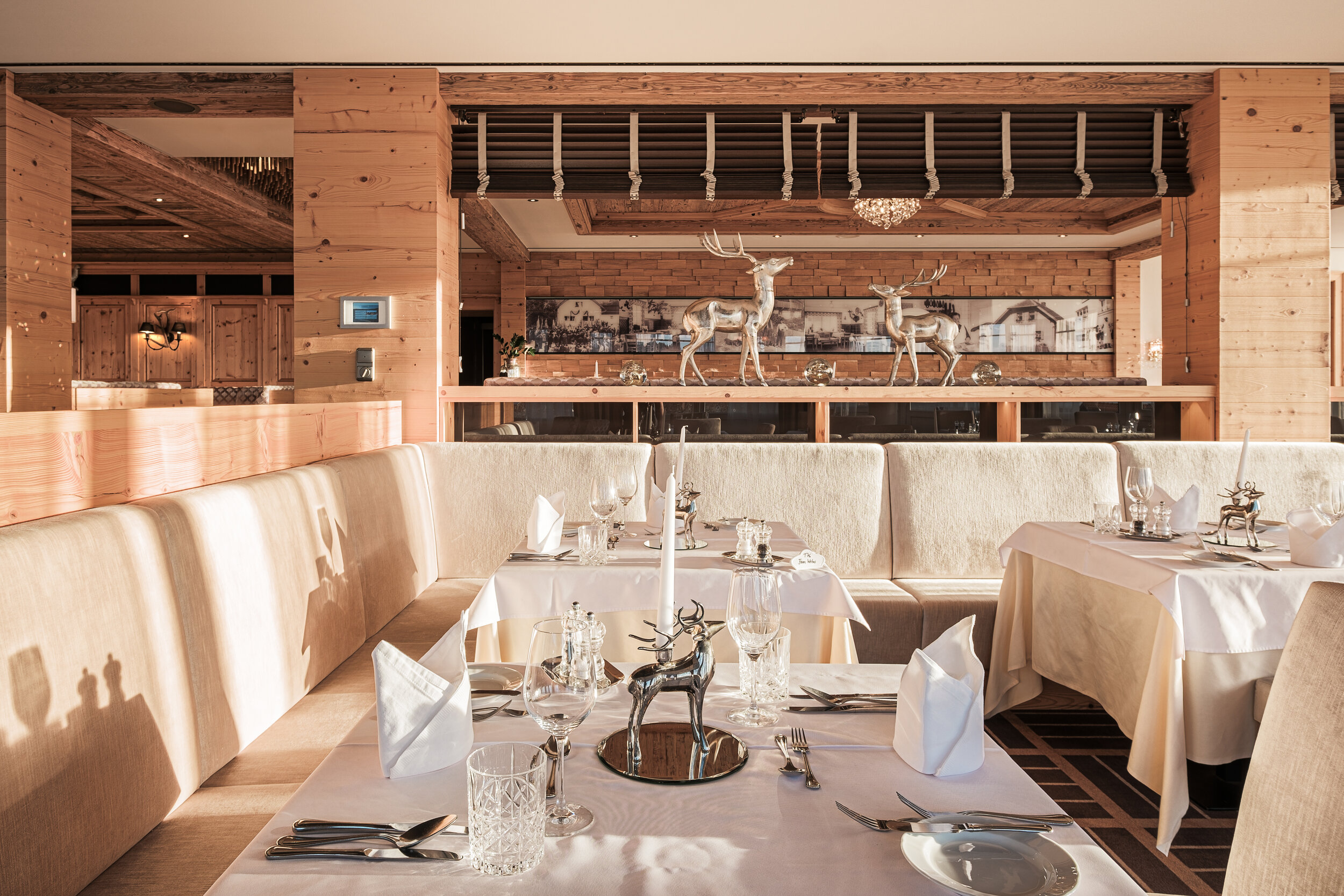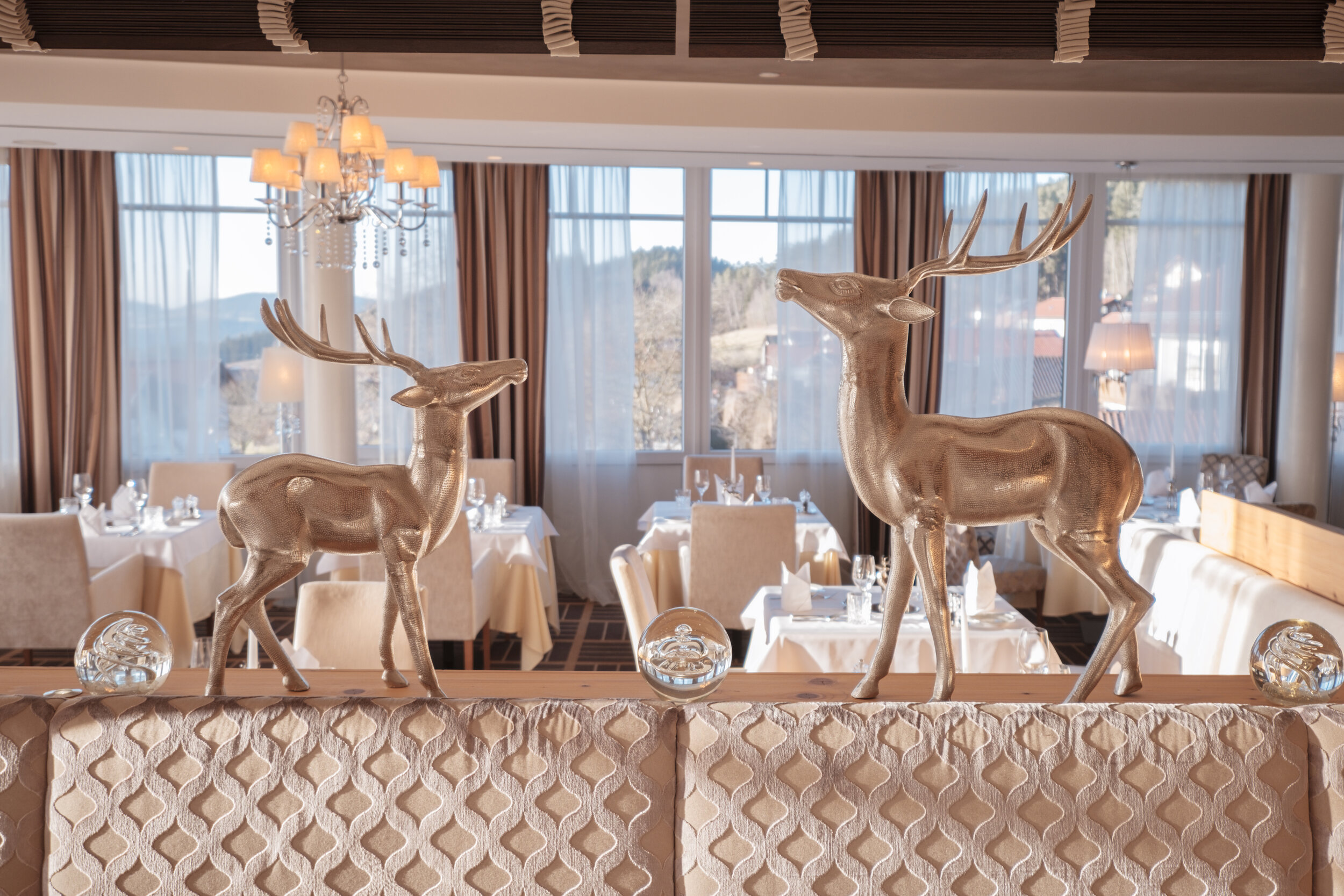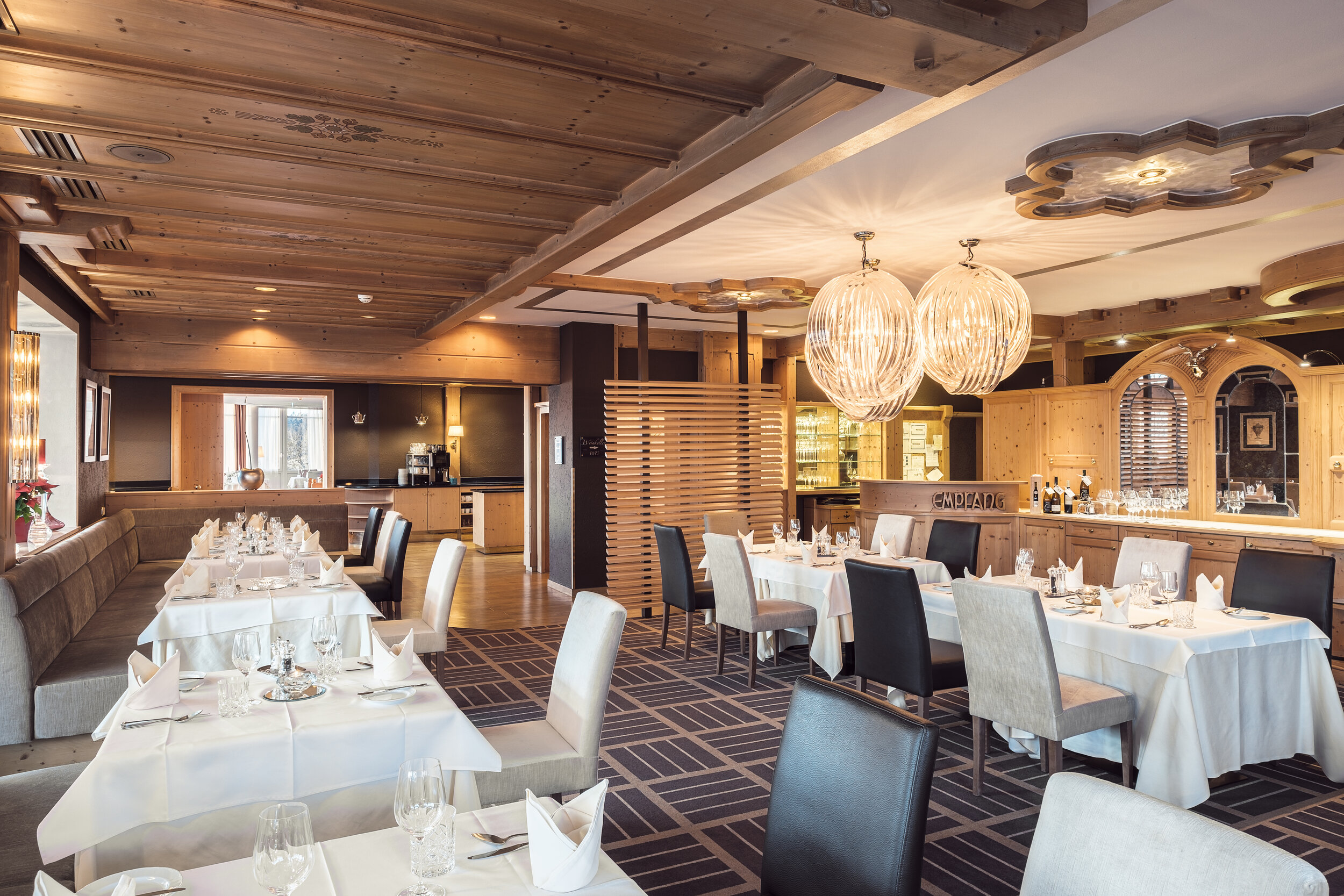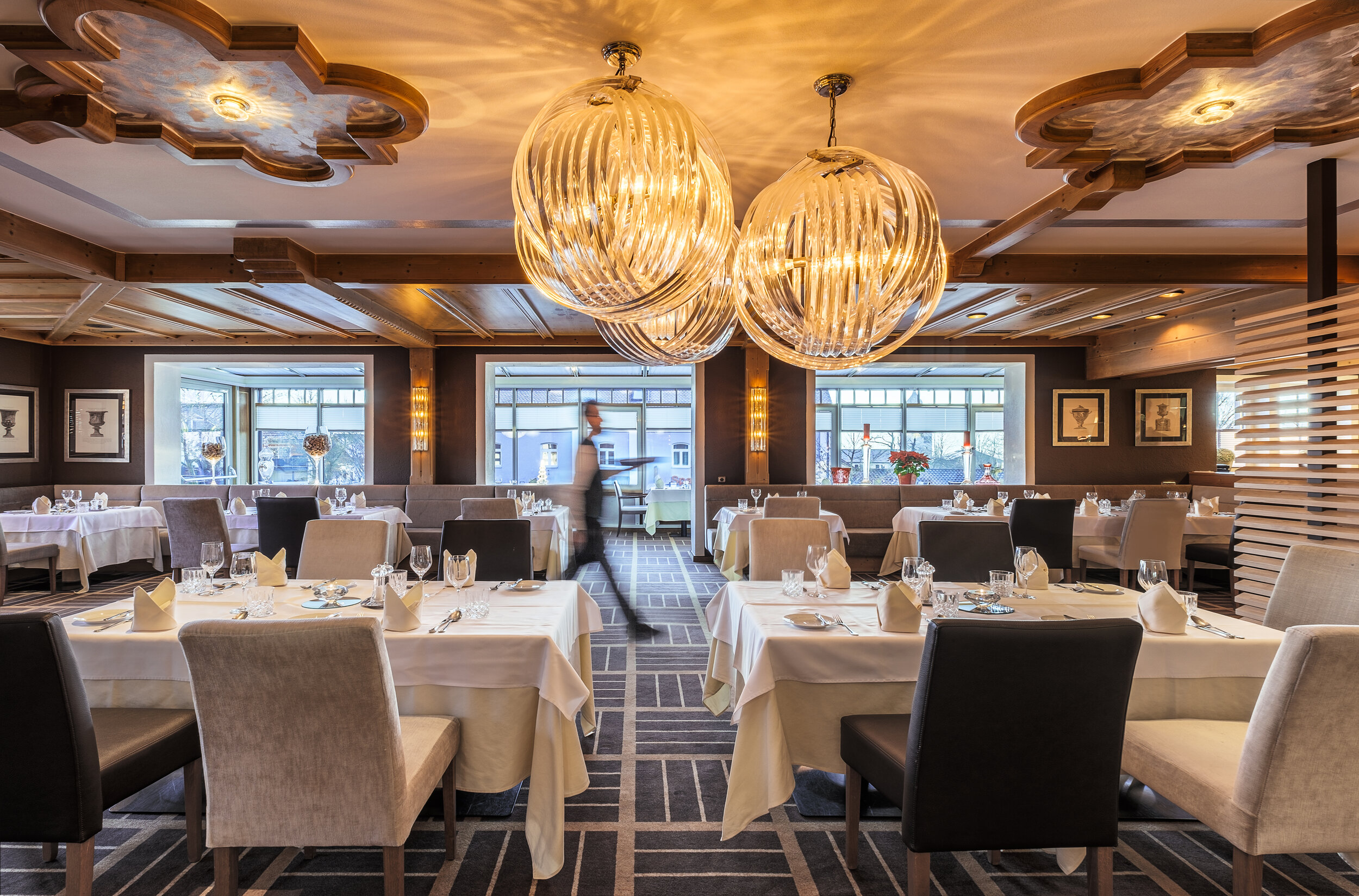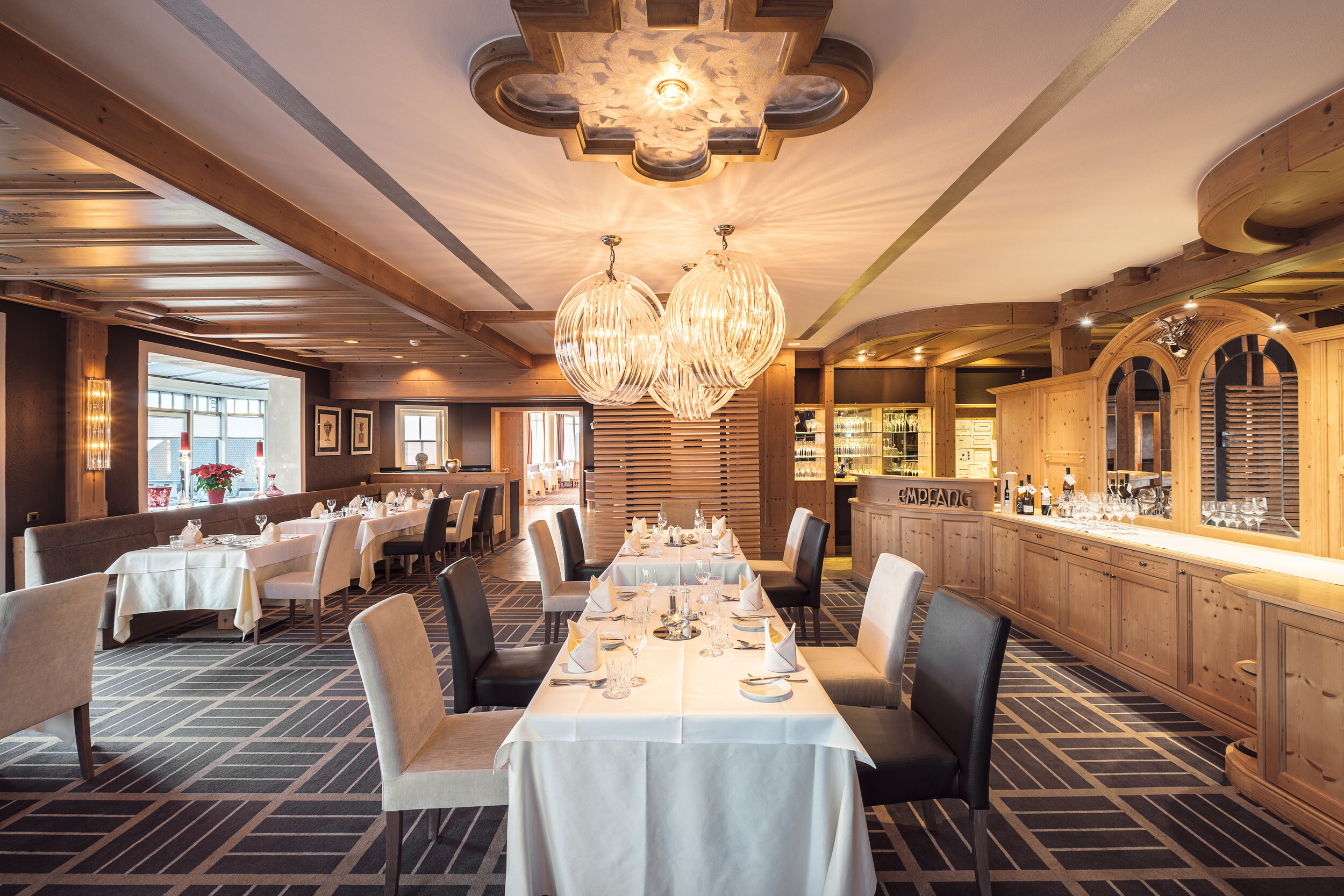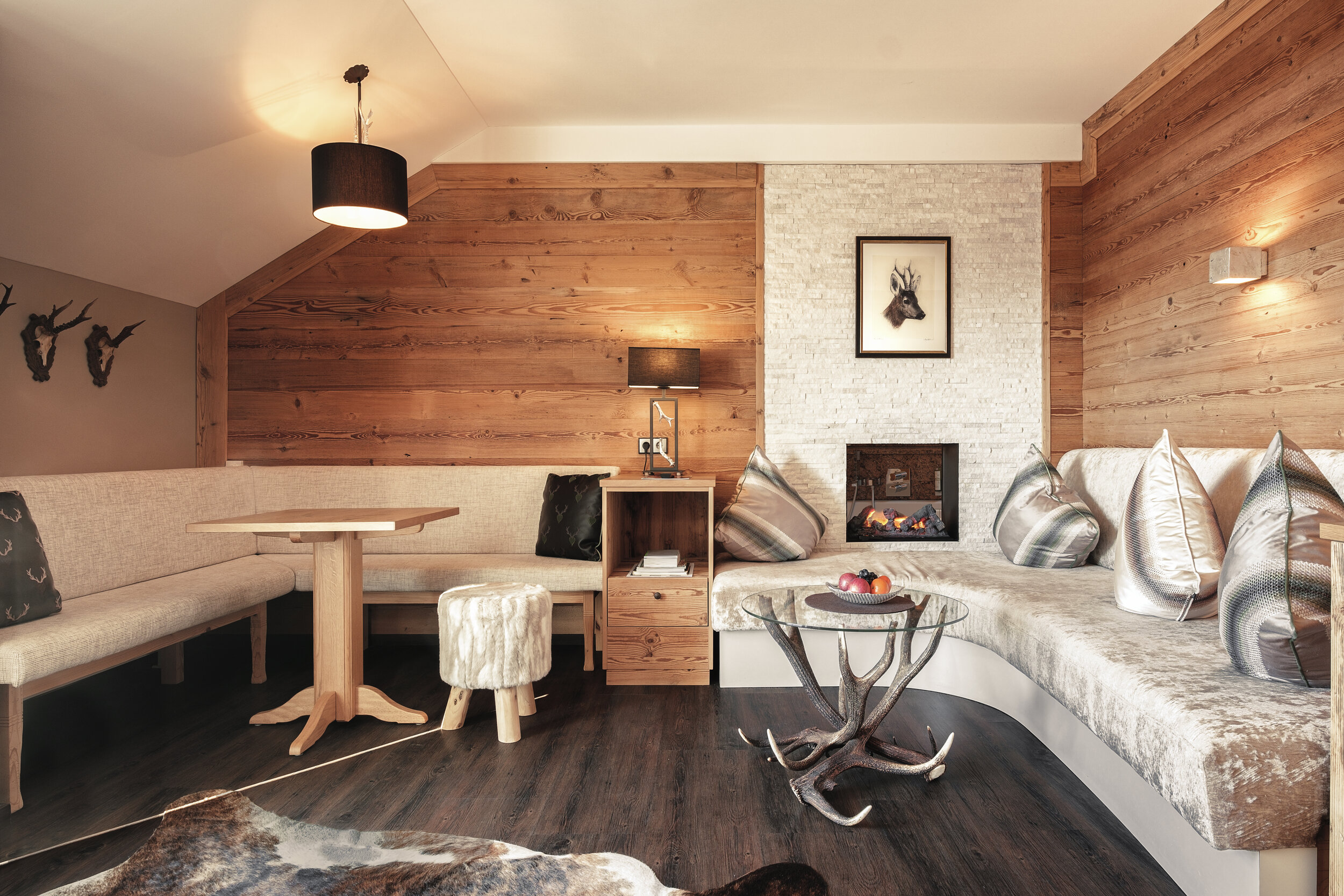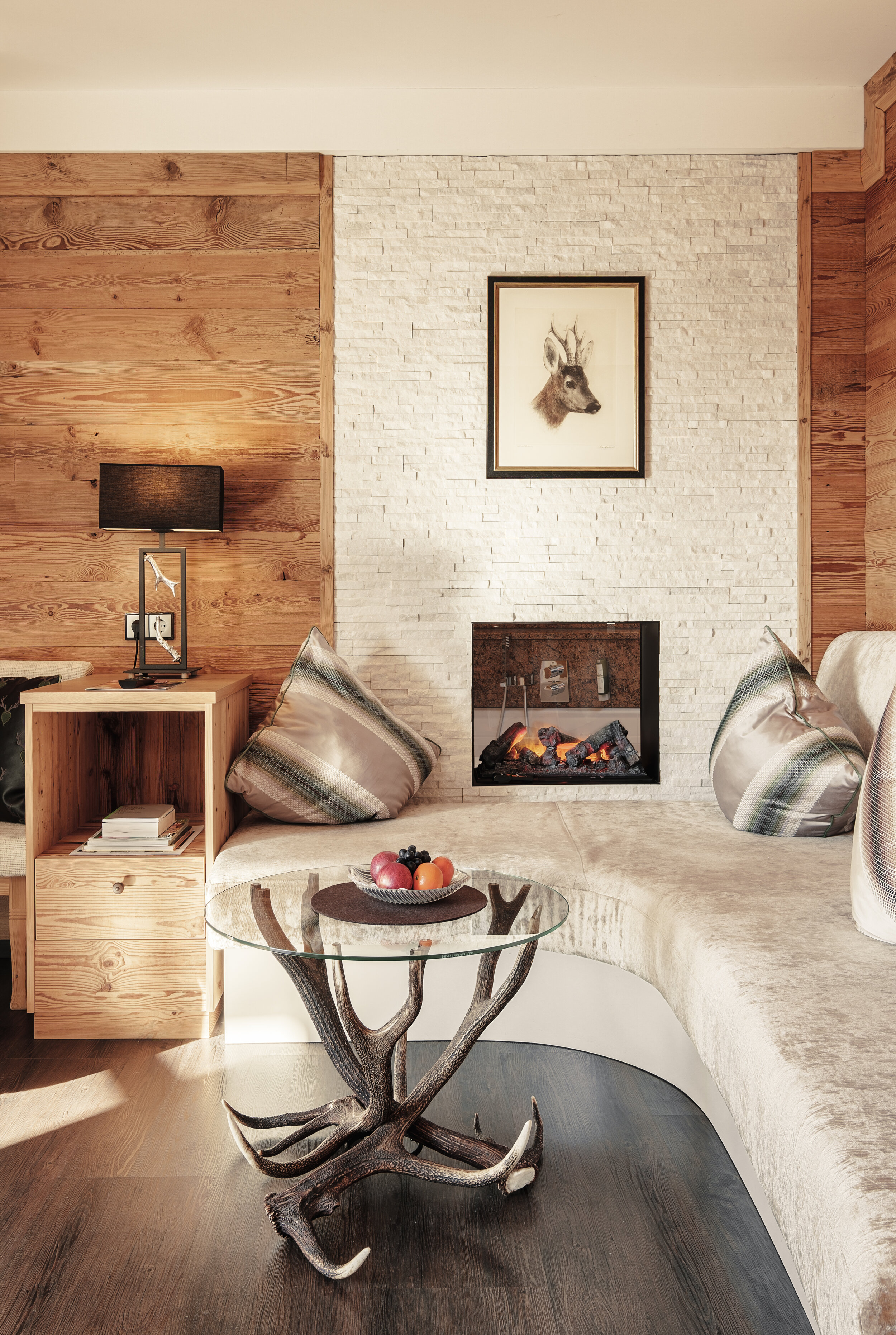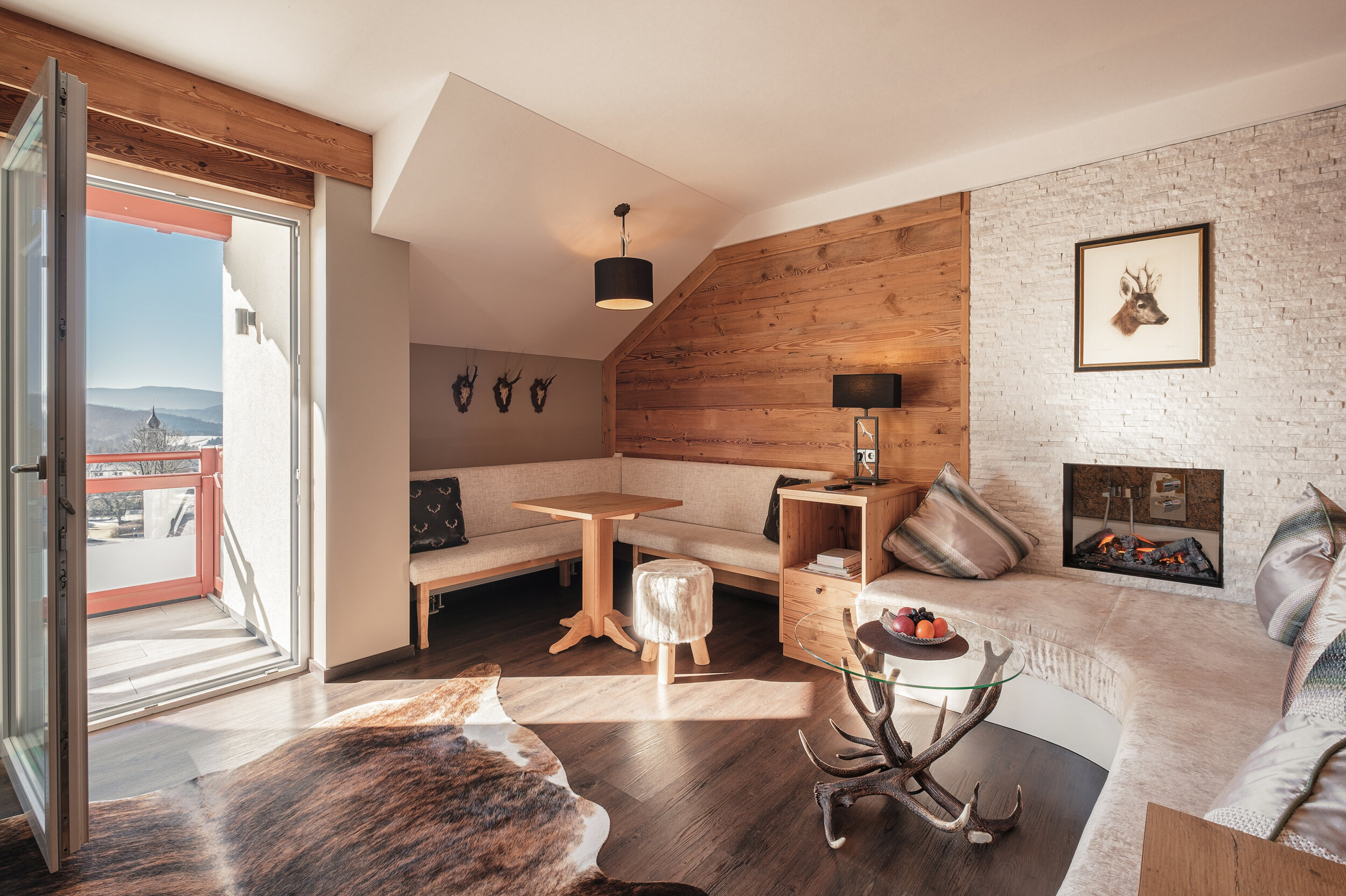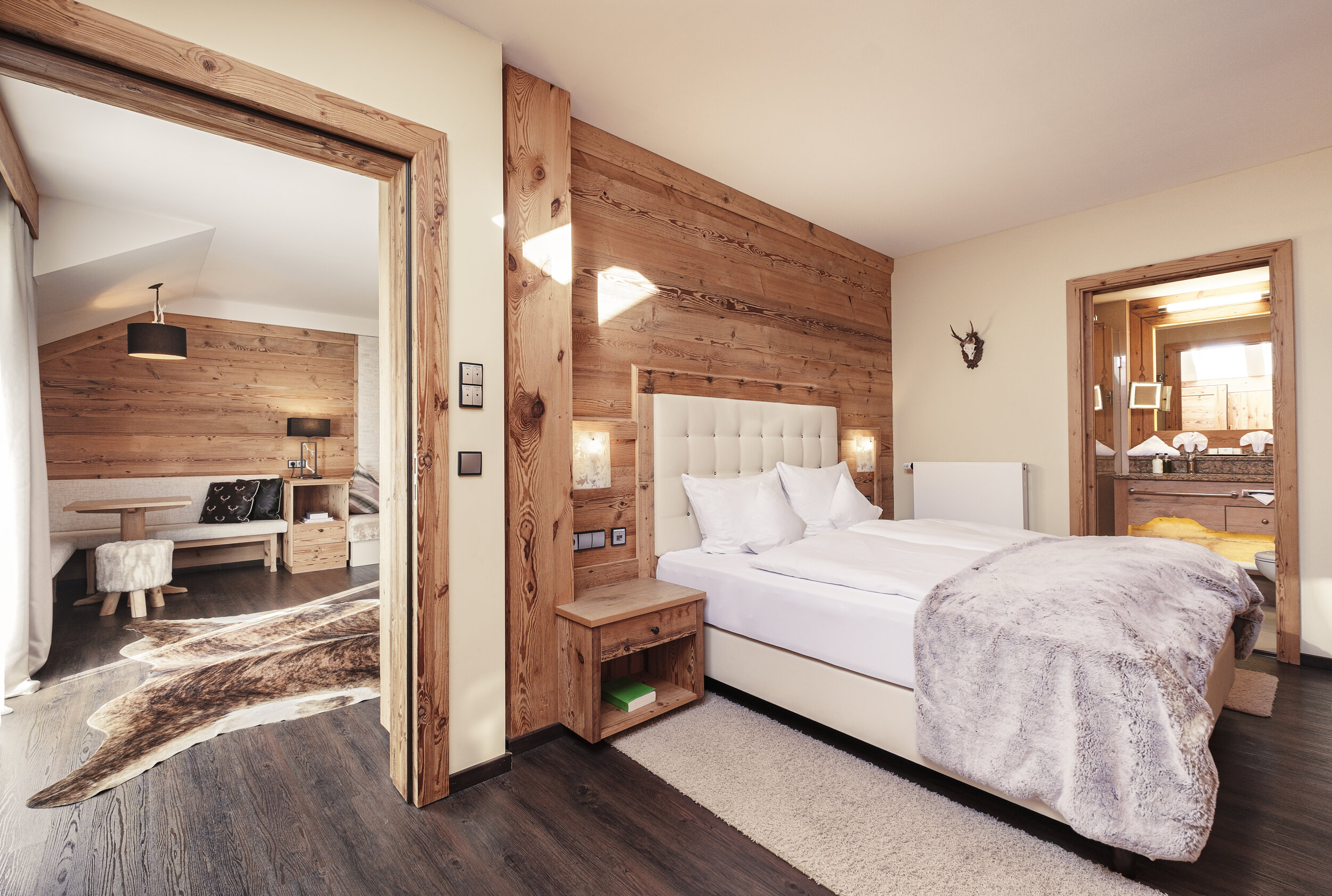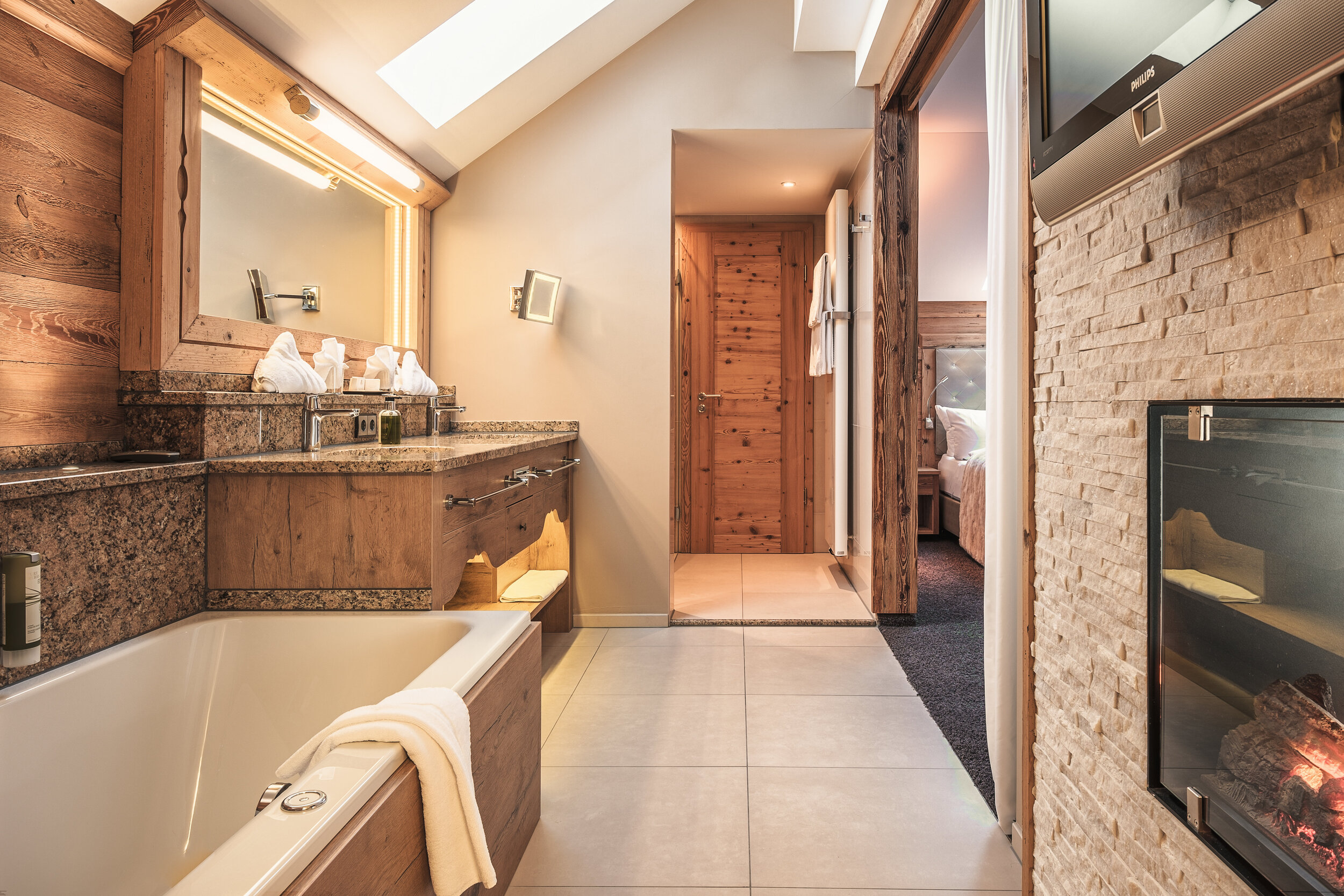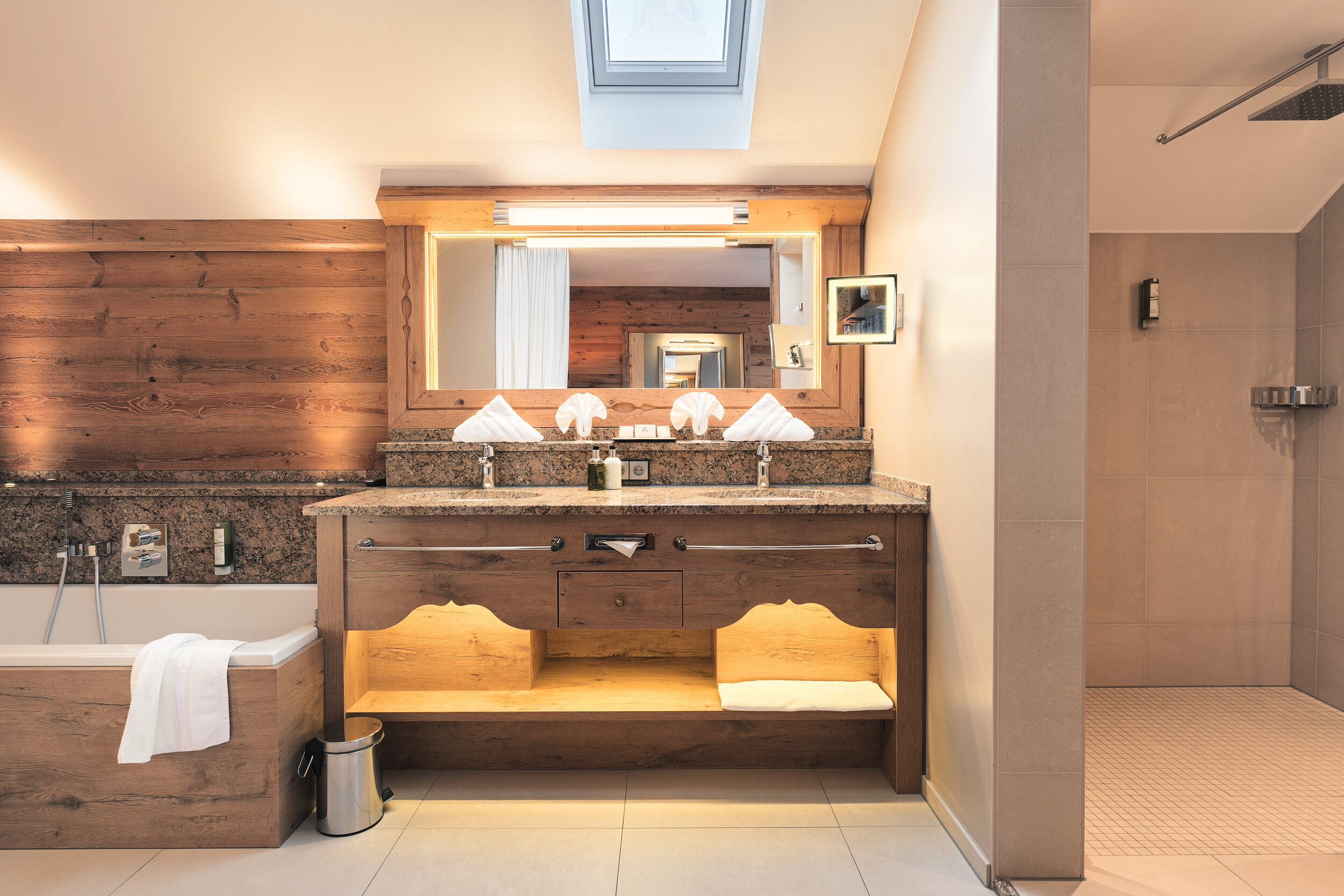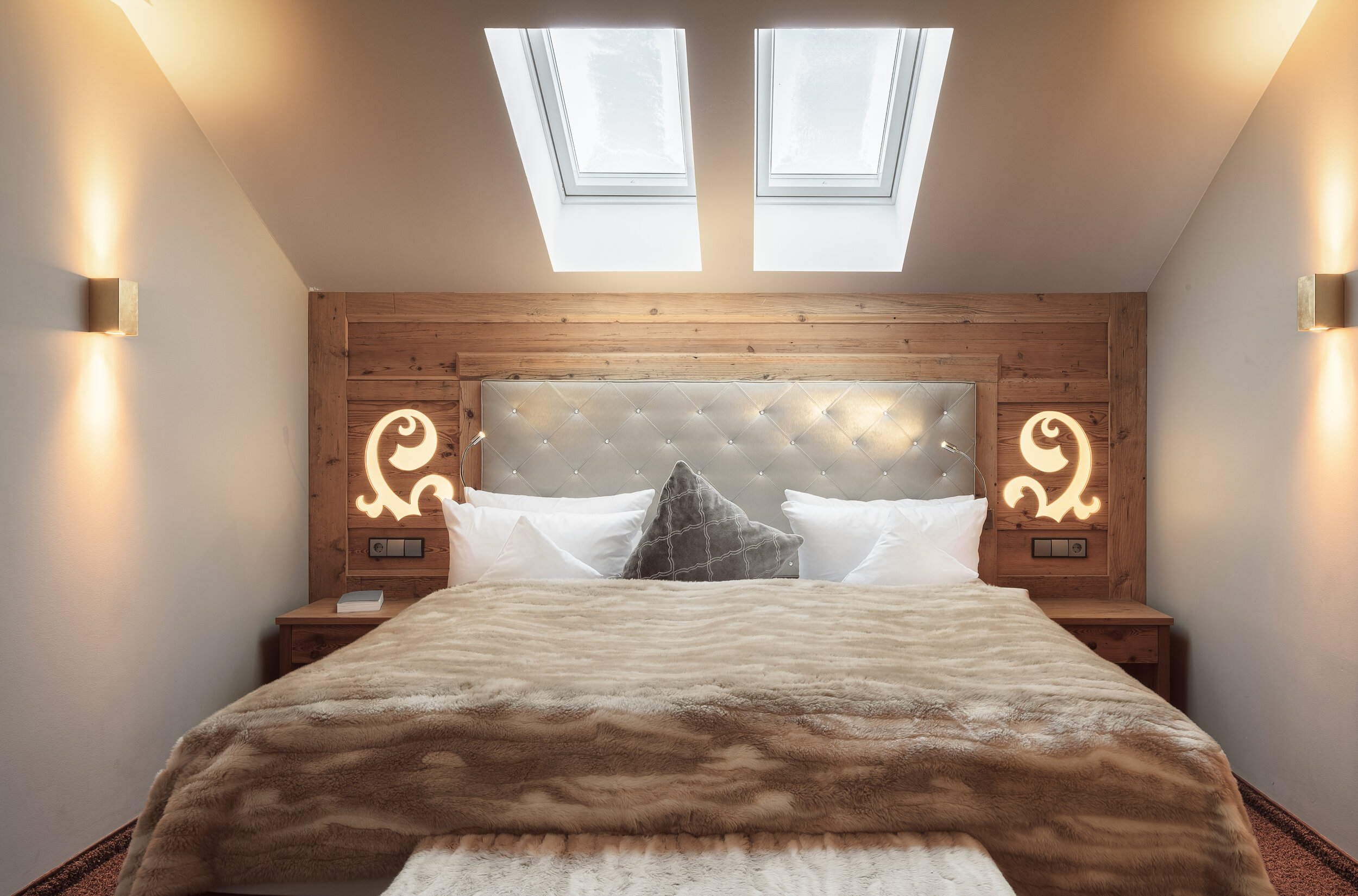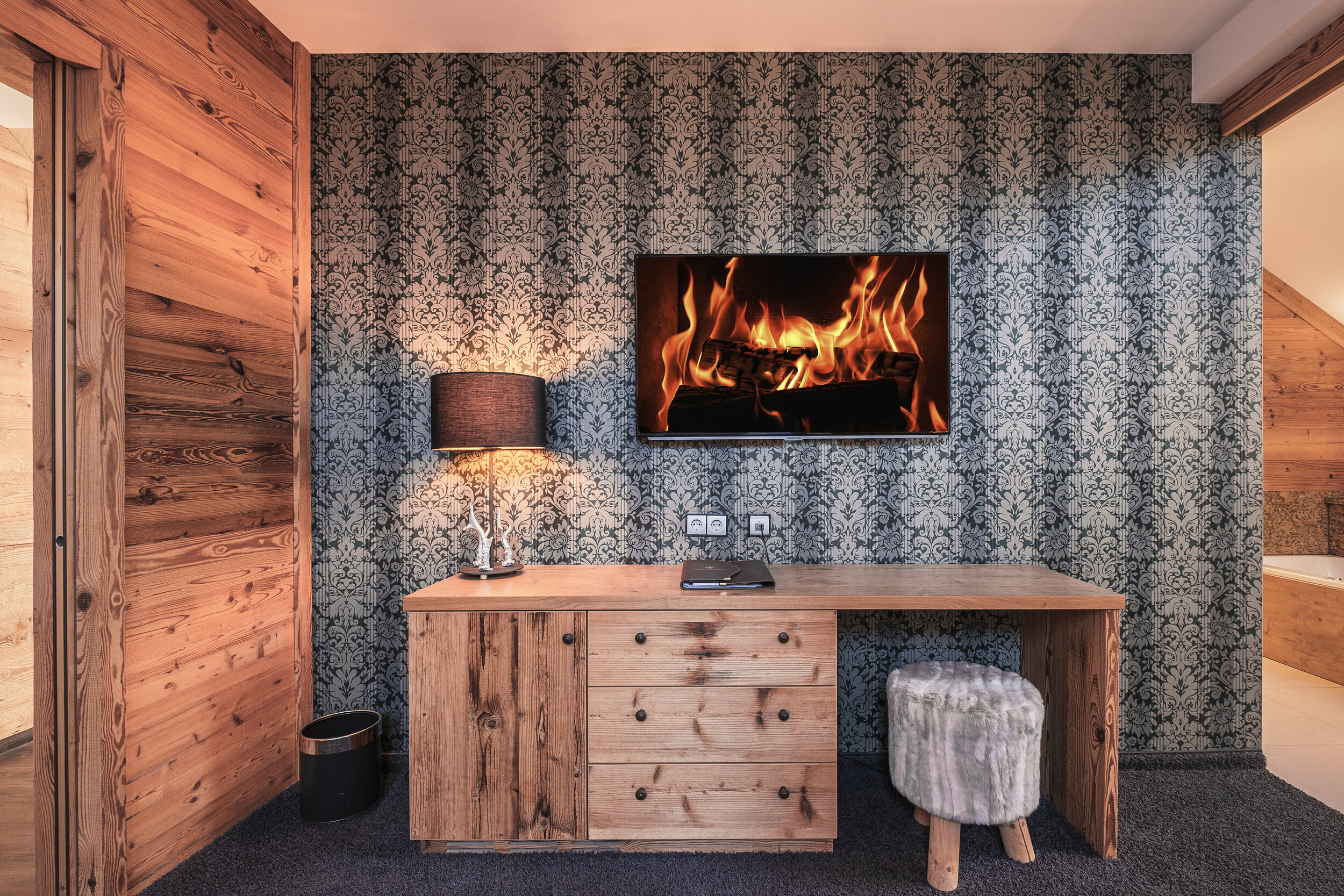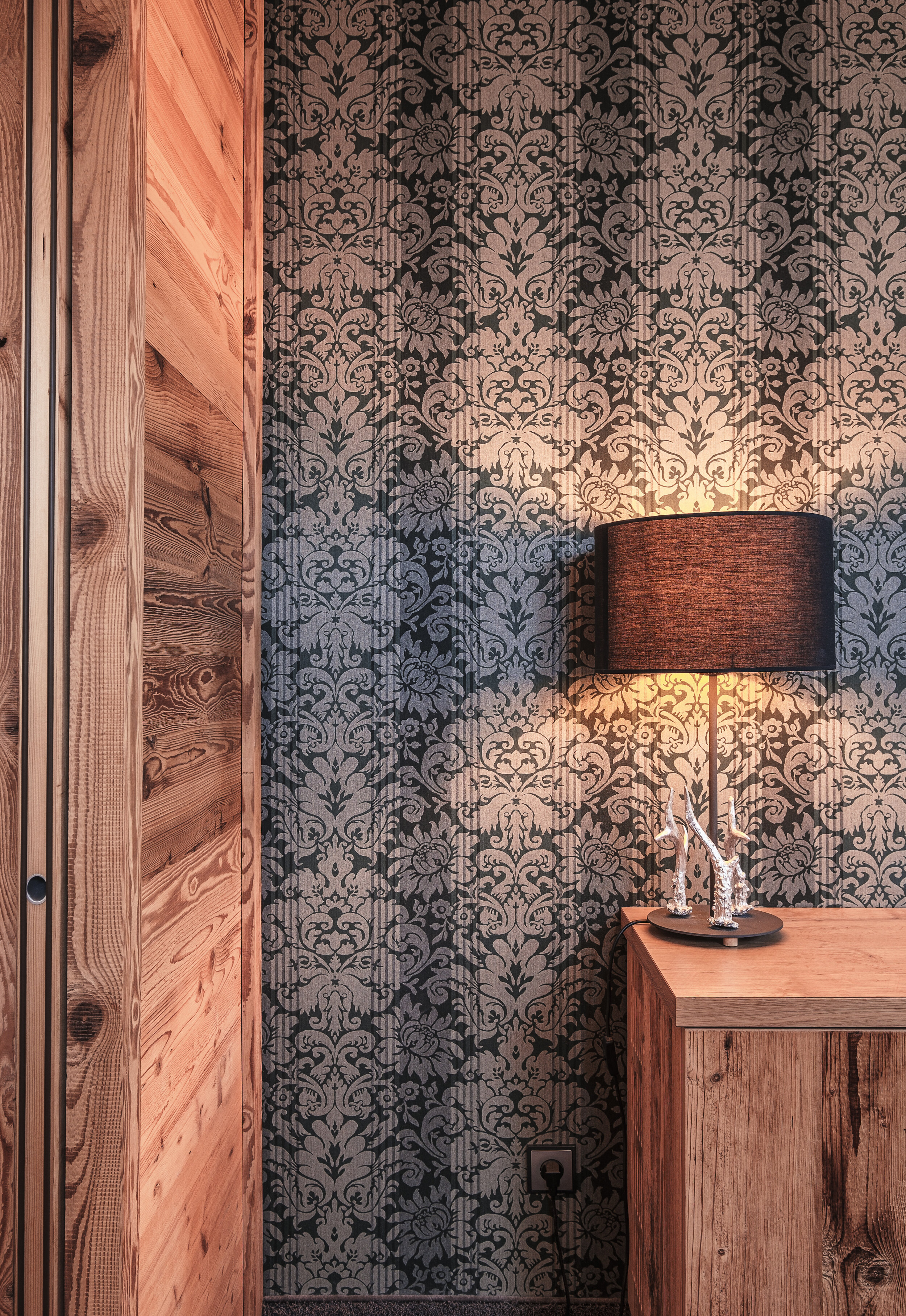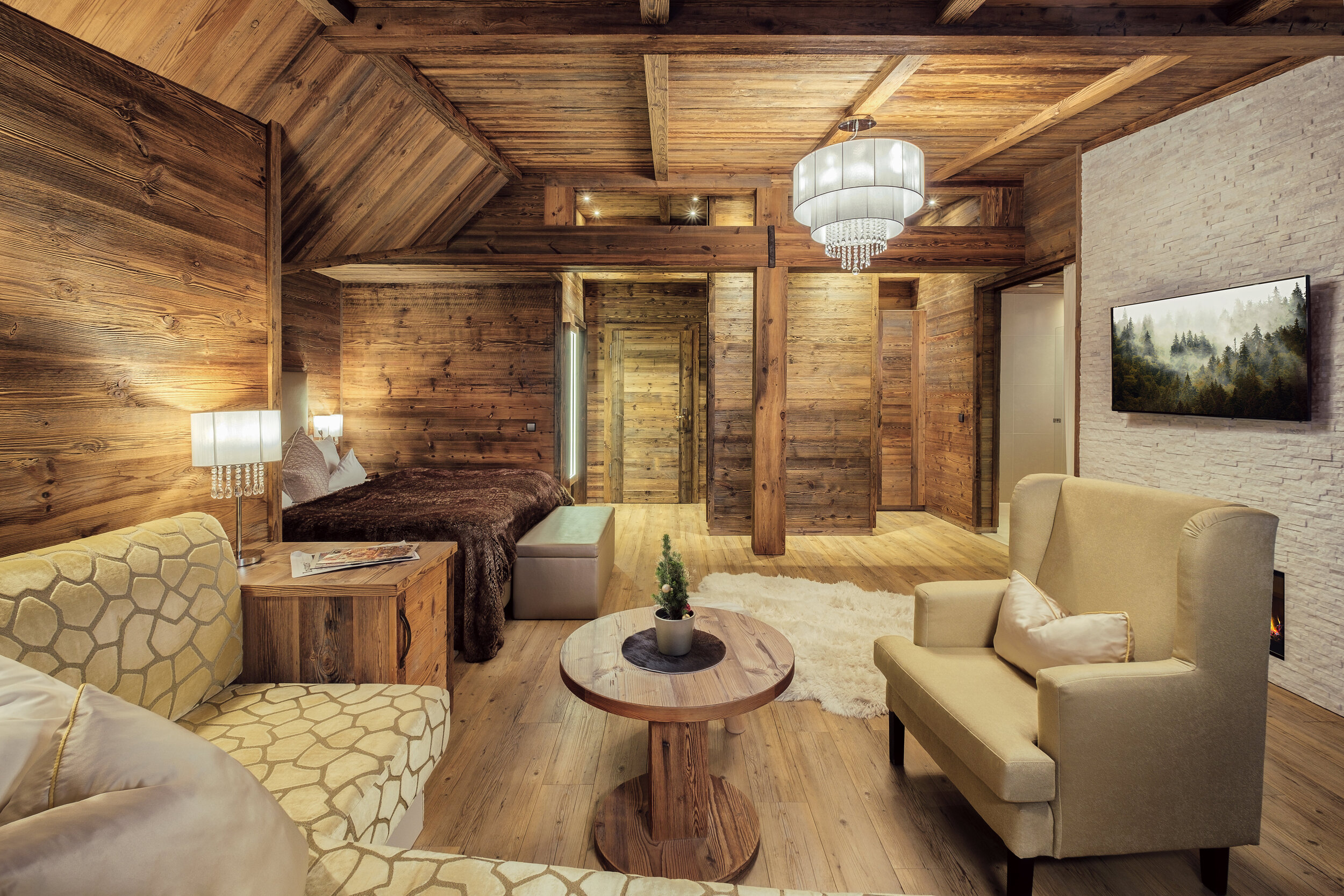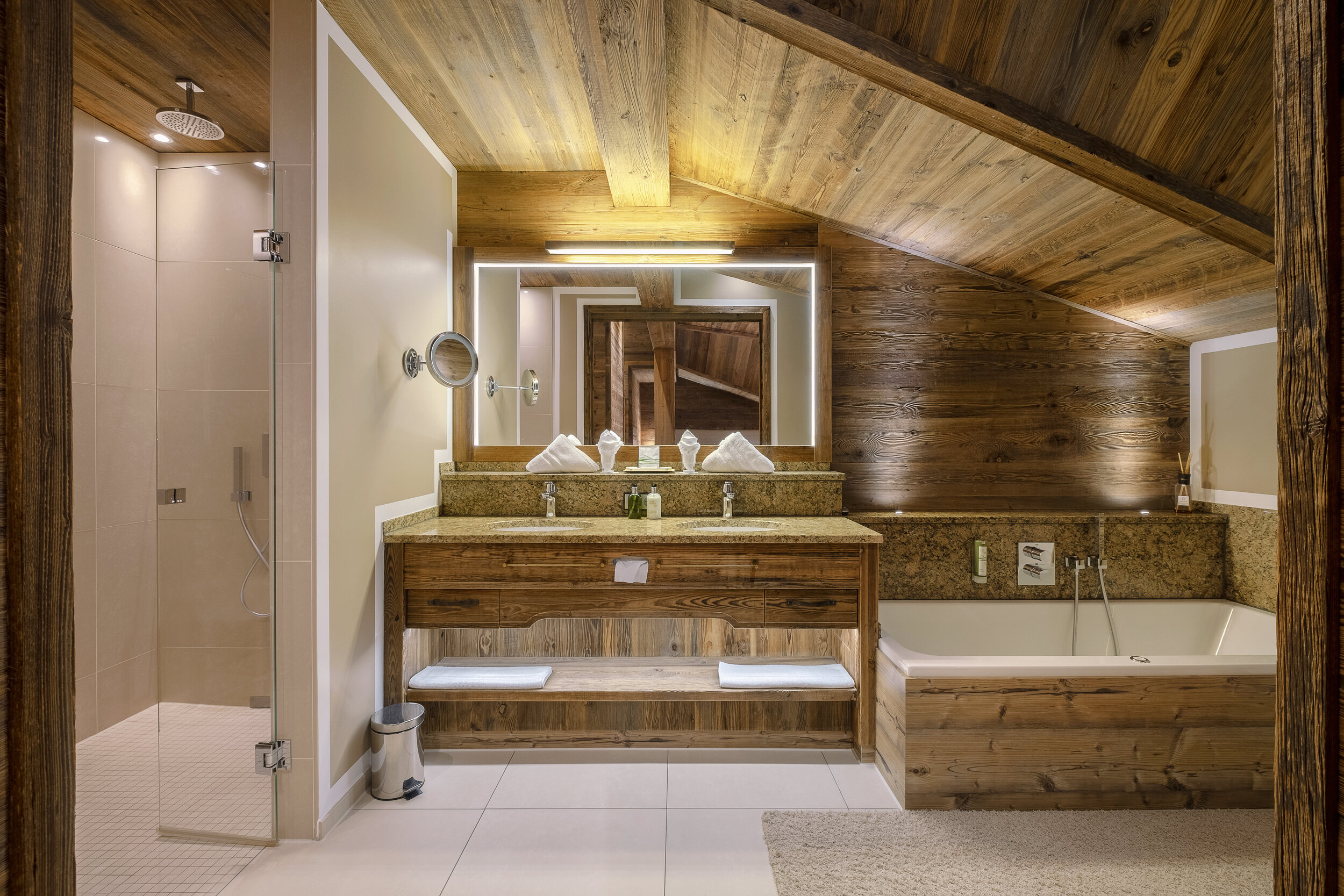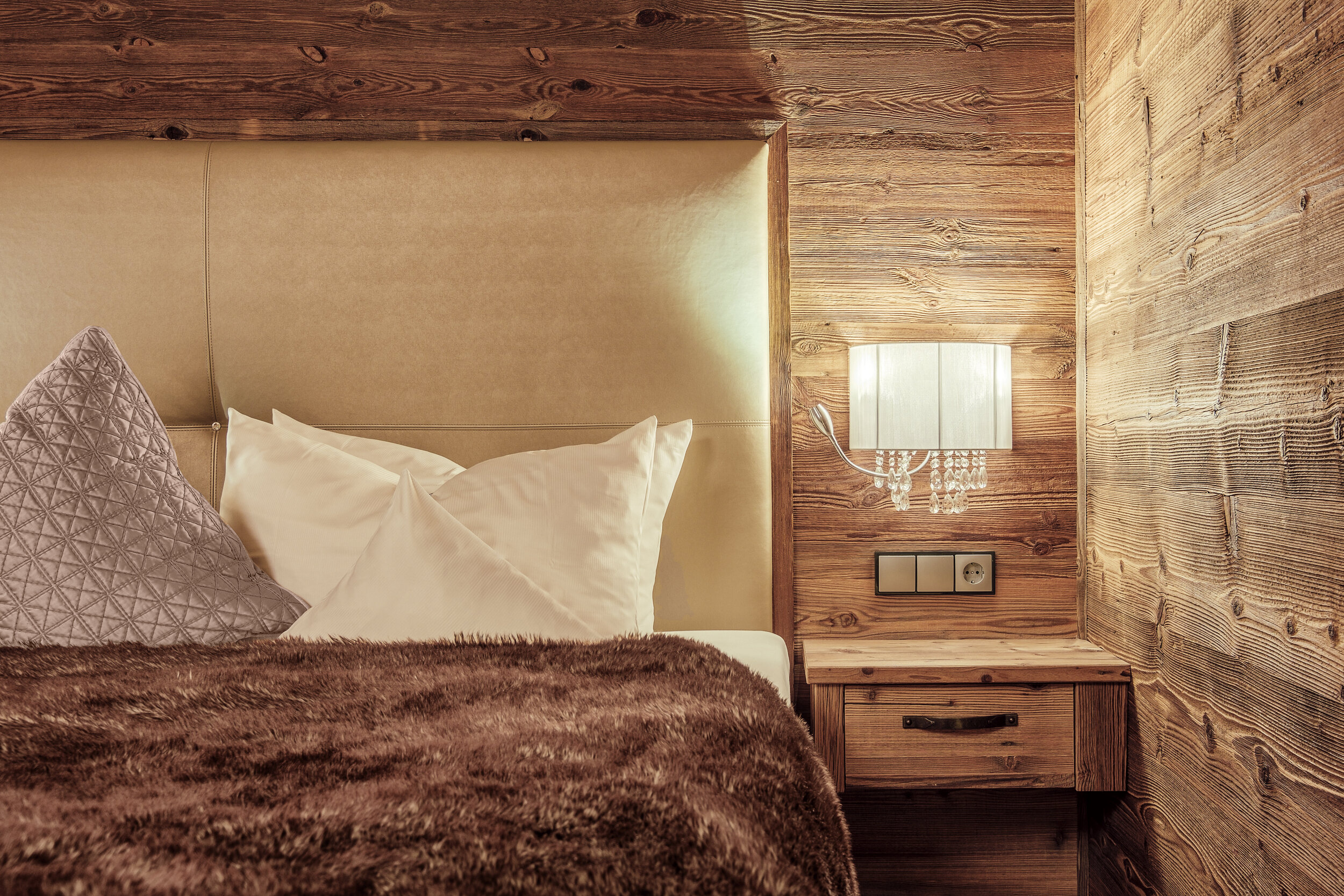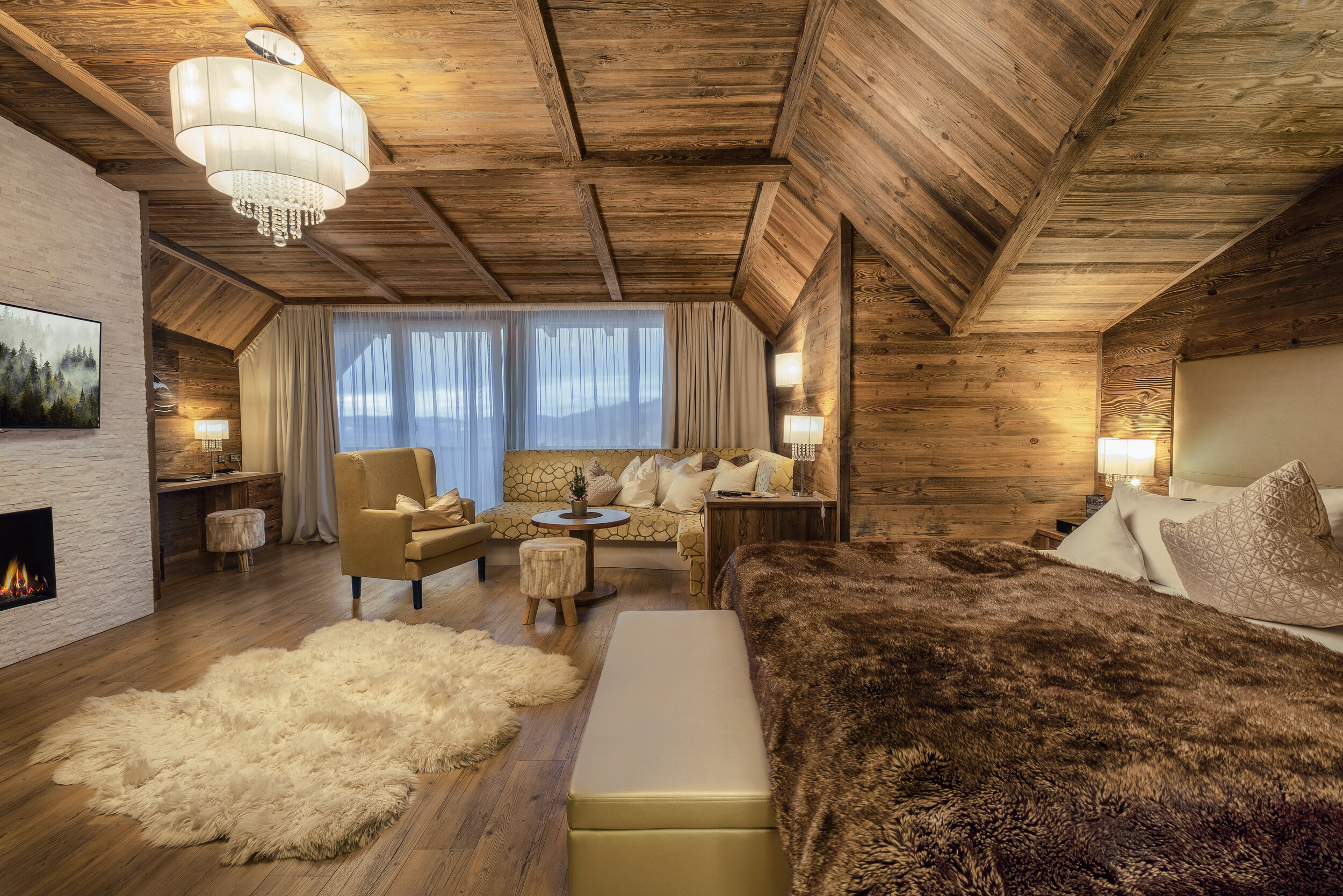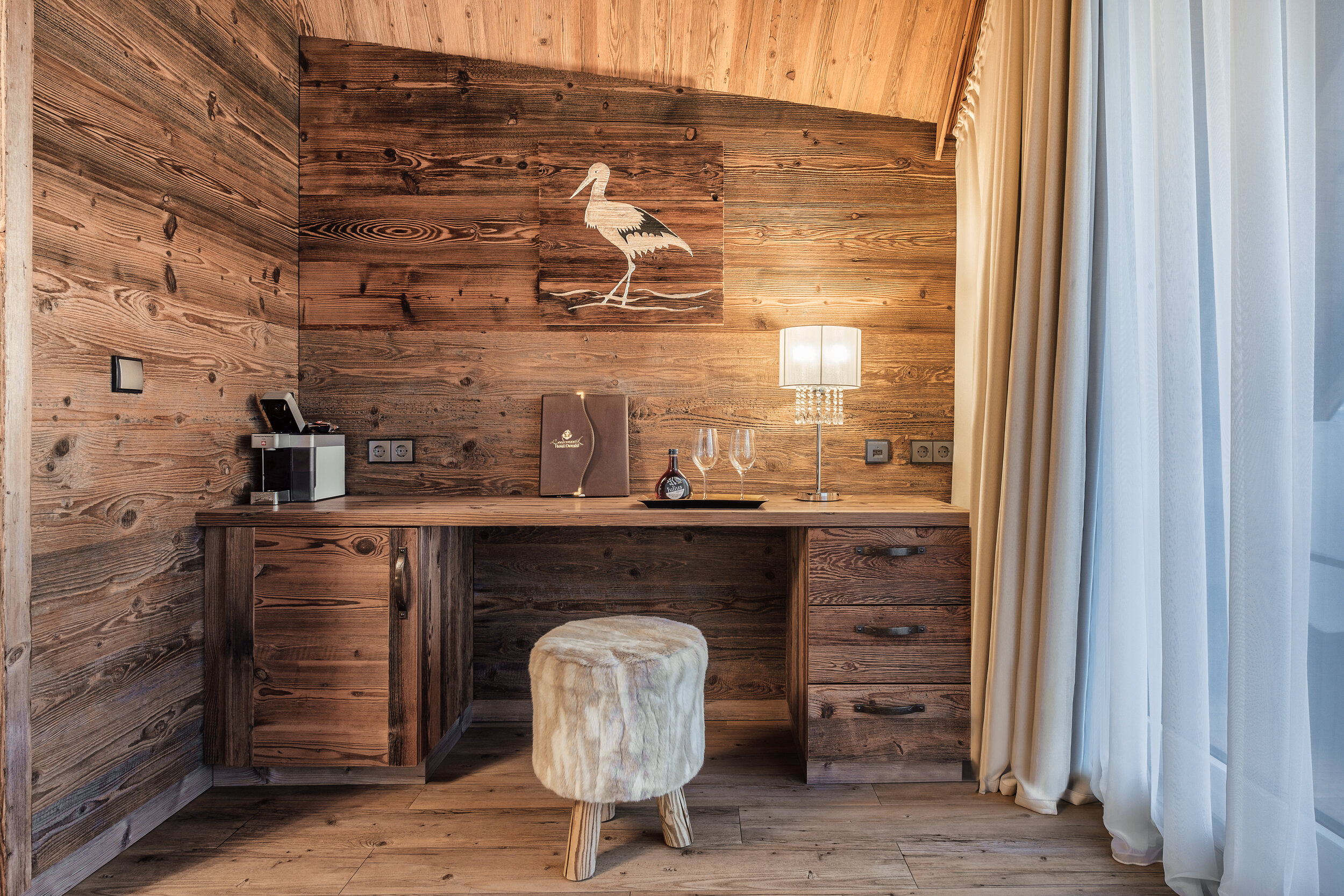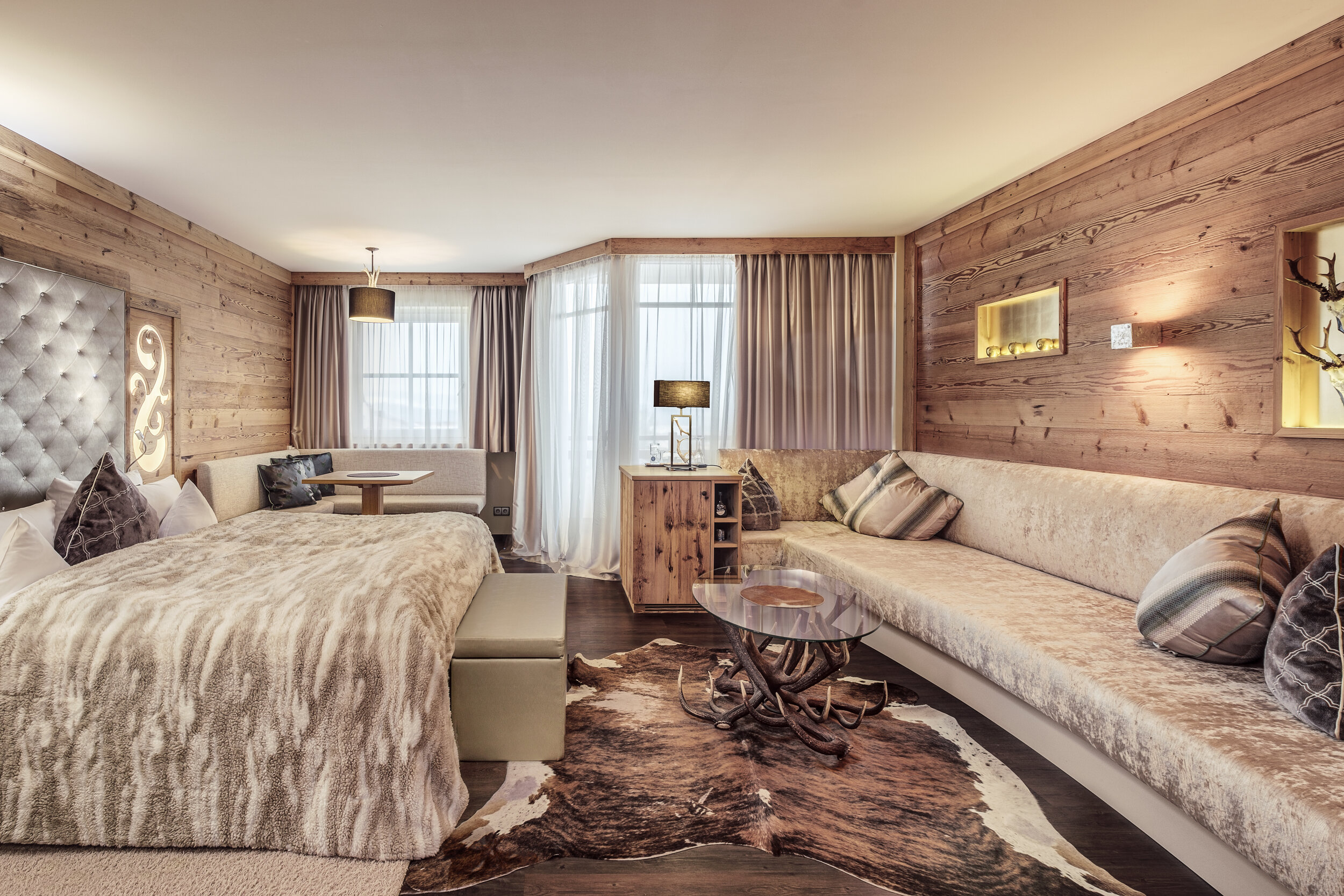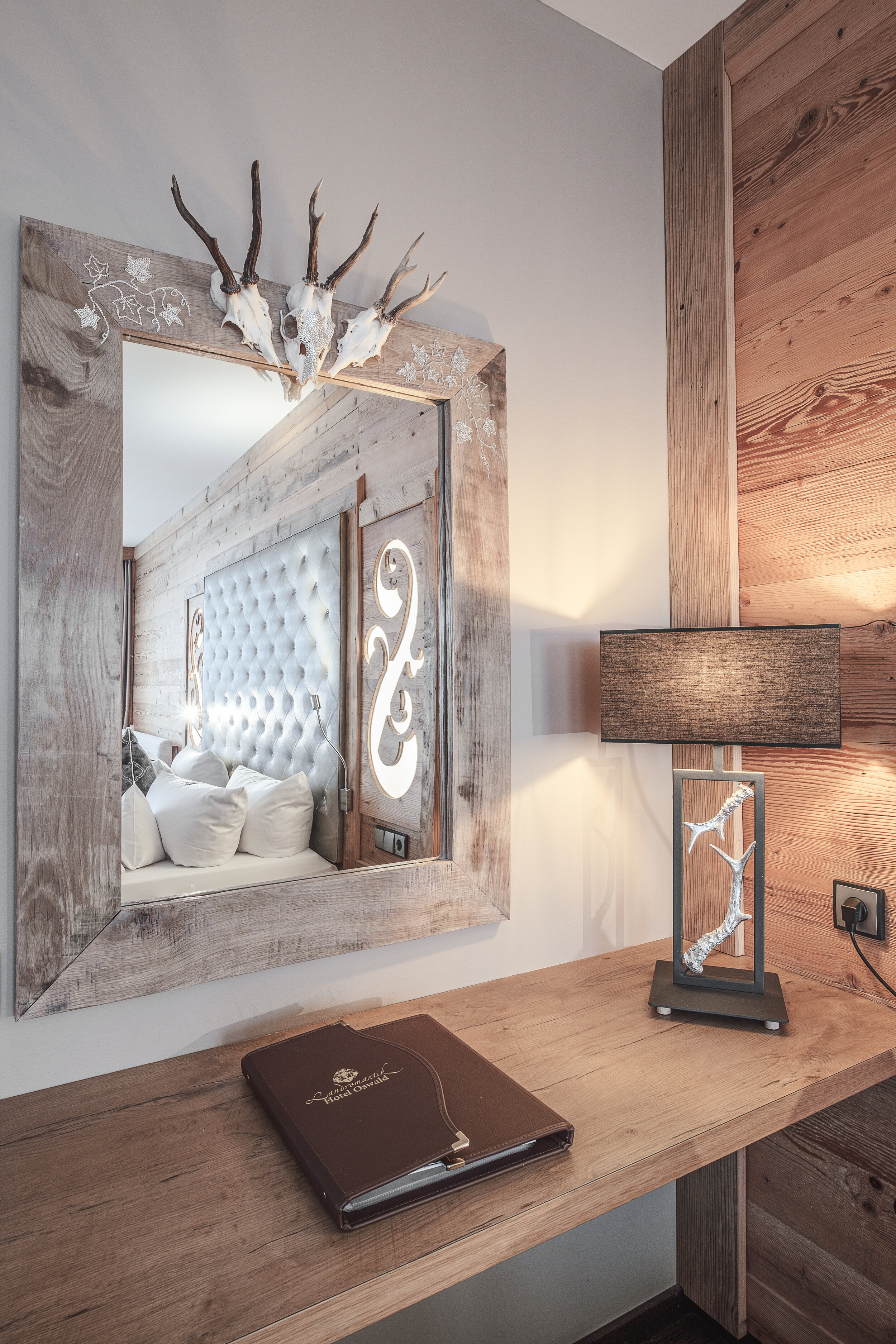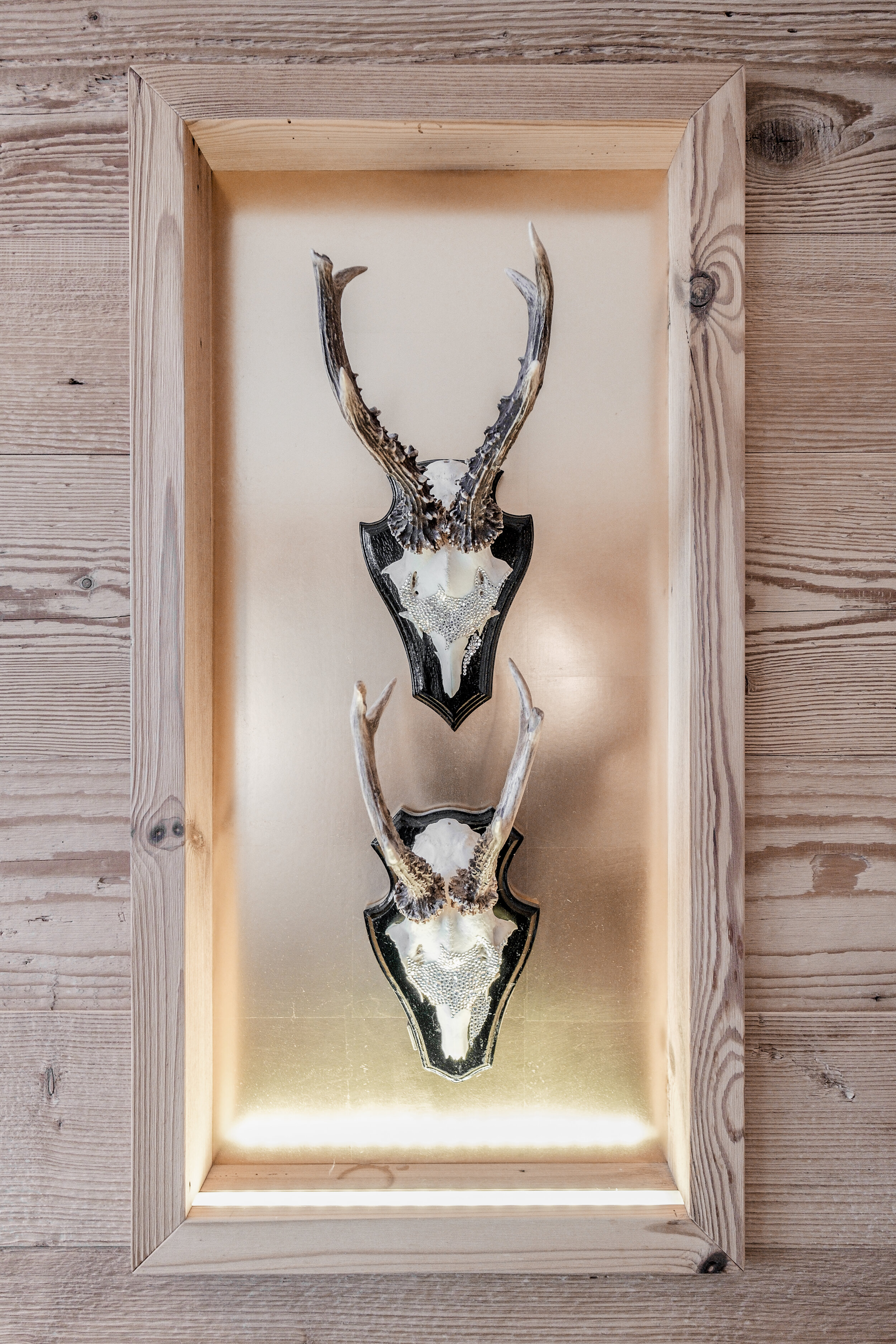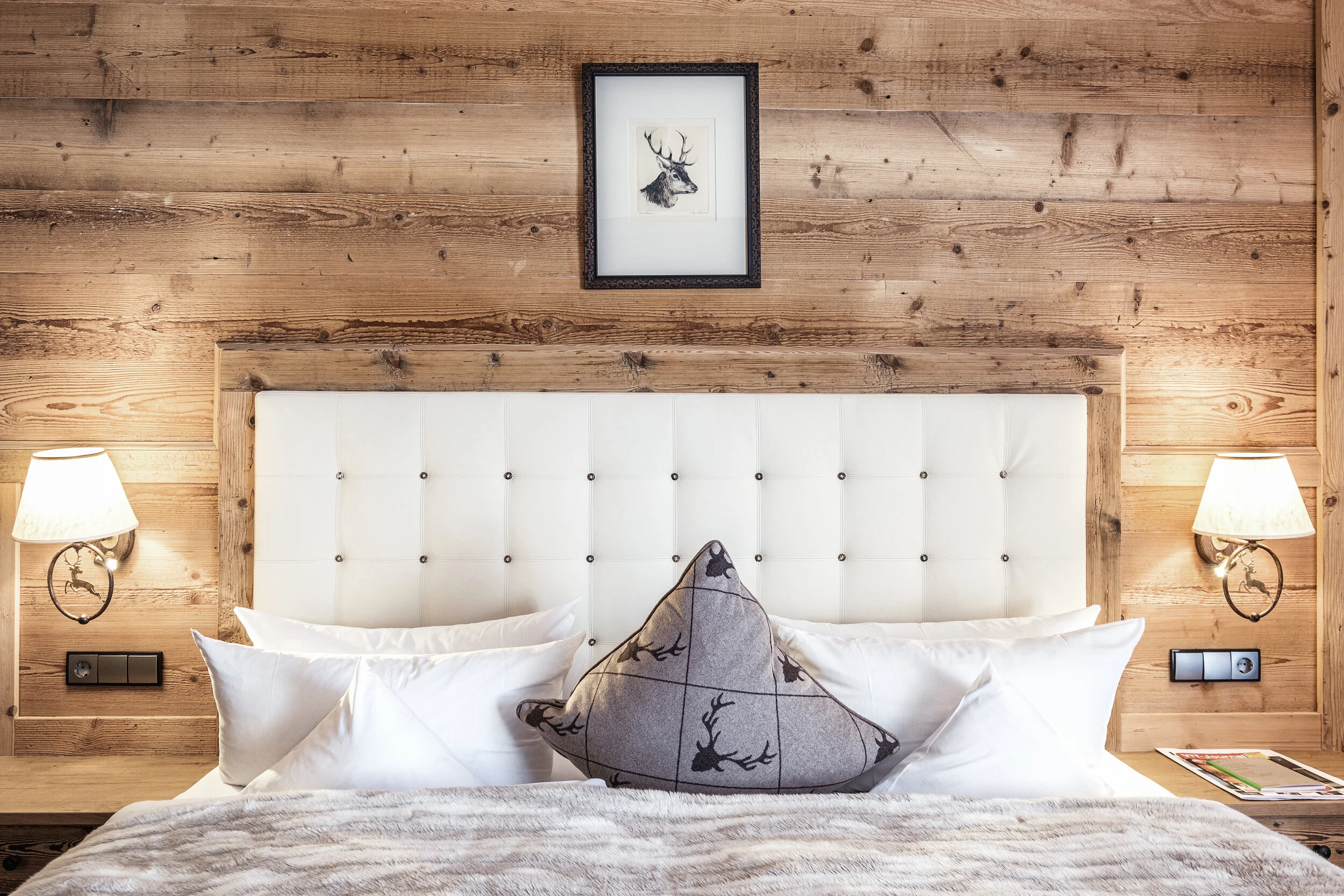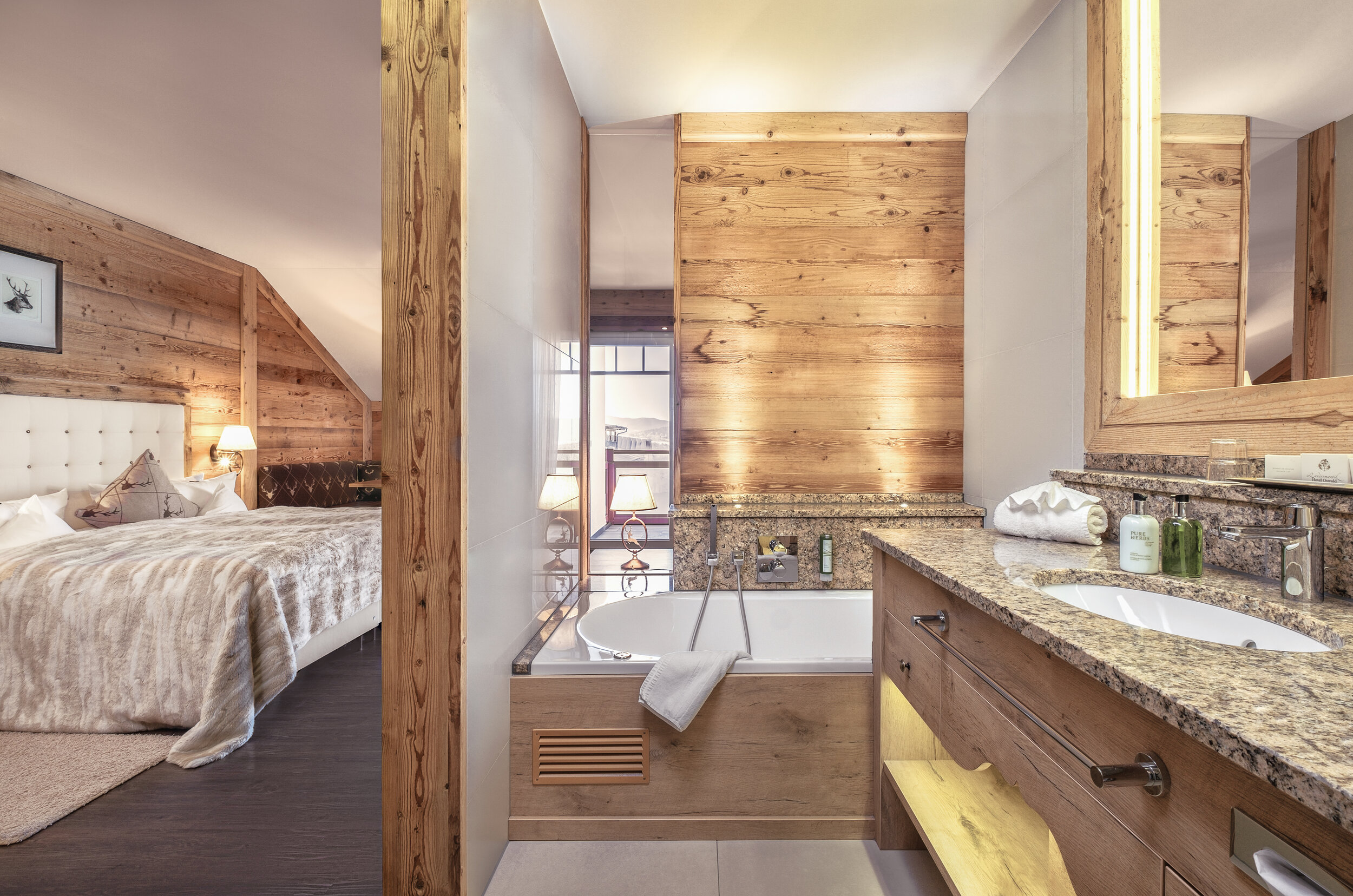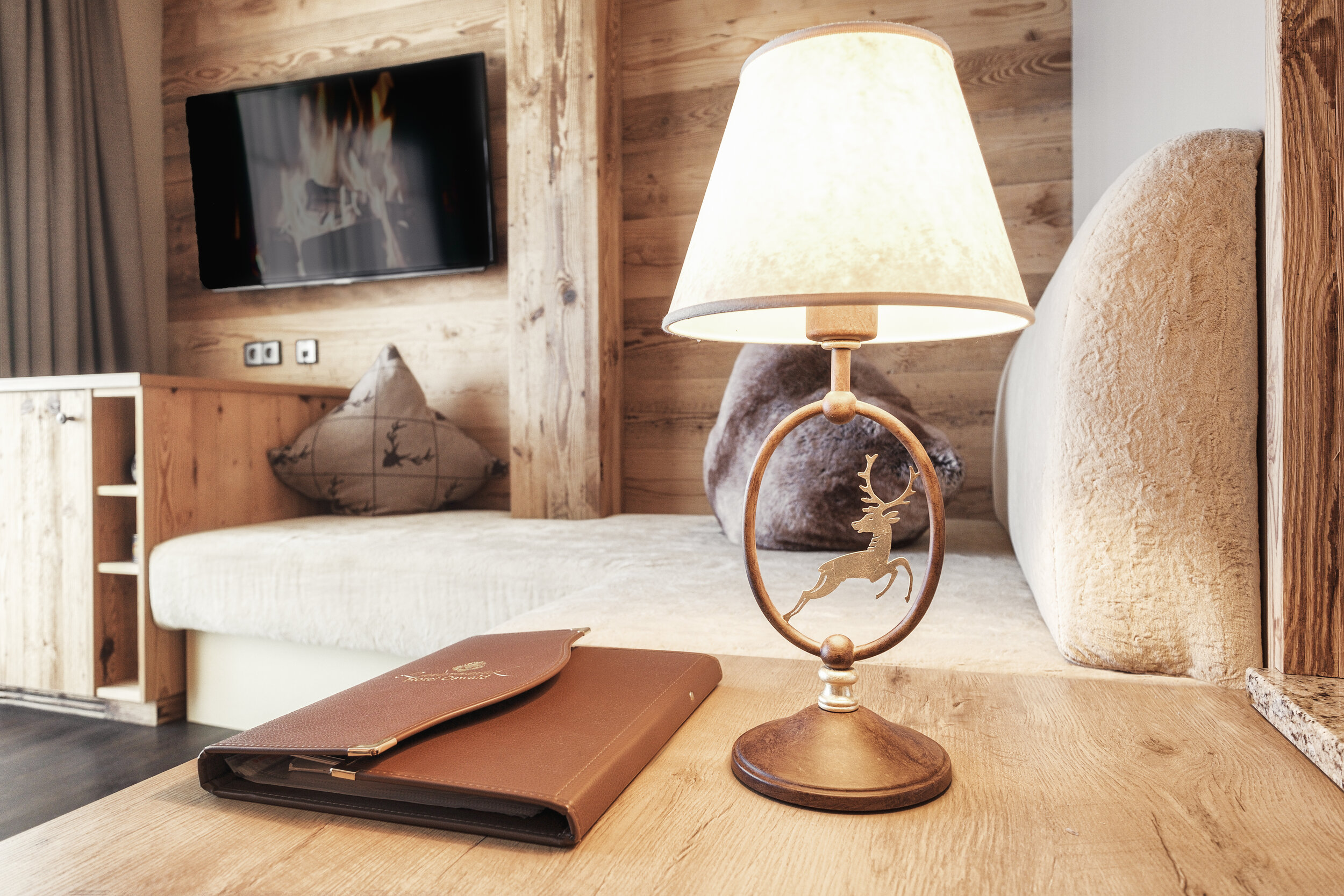I was recently hired to photograph this stunning hotel right in the heart of the Bavarian Forest in Kaikenried, Germany. The hotel itself is part of the exclusive club of Relais & Chateaux, a club featuring the best 500 hotels worldwide. I was hired for 6 days of photography and 7 days of retouching to finish this picture series. They already invited me twice to their hotel, the first time in December 2019 to photograph their new spa area and simultaneously, to renew their imagery of the old spa area, to have a cohesive look throughout the entire series. Being on location, my client looked me over the shoulders to see, how I work. In the end of the shoot he mentioned that I’d had really used every trick in the book to create stunning photographs: readjusting and perfectly aligning all furniture, staging the scene with neat details, wireless tethered shooting, light painting, HDR bracketing, marking the tripod legs on the floor, using flash. His appreciation for my quality of work felt really good.
Having delivered those images to my client, I felt his appreciation again as he called immediately after Christmas telling me “Matthias, your pictures are so good, I just have to book you again to take pictures of all our rooms.” So already in January I came back to do exactly that. On my arrival, the senior owner of the hotel Mr. Oswald said:
“Due to your photographs, our 4*s Relais & Châteaux Hotel gained significantly more international prestige. Since then, we receive more international bookings through Relais & Châteaux, even from Australia”
,reconfirming his utter contentment with my photography services. And even after the second shoot, everybody was truly happy to immediately upload my pictures to their website. Overall, it took 13 workdays + 4 days of travel to get these results. My client and I both know: Details matter, and it’s worth paying for them.
To get a look behind the scenes and to see me using some of the tricks in the book, I invite you to visit my Instagram story highlights “BTS and BTS Oswald”. http://instagram.com/snapshopped.
Spa area
